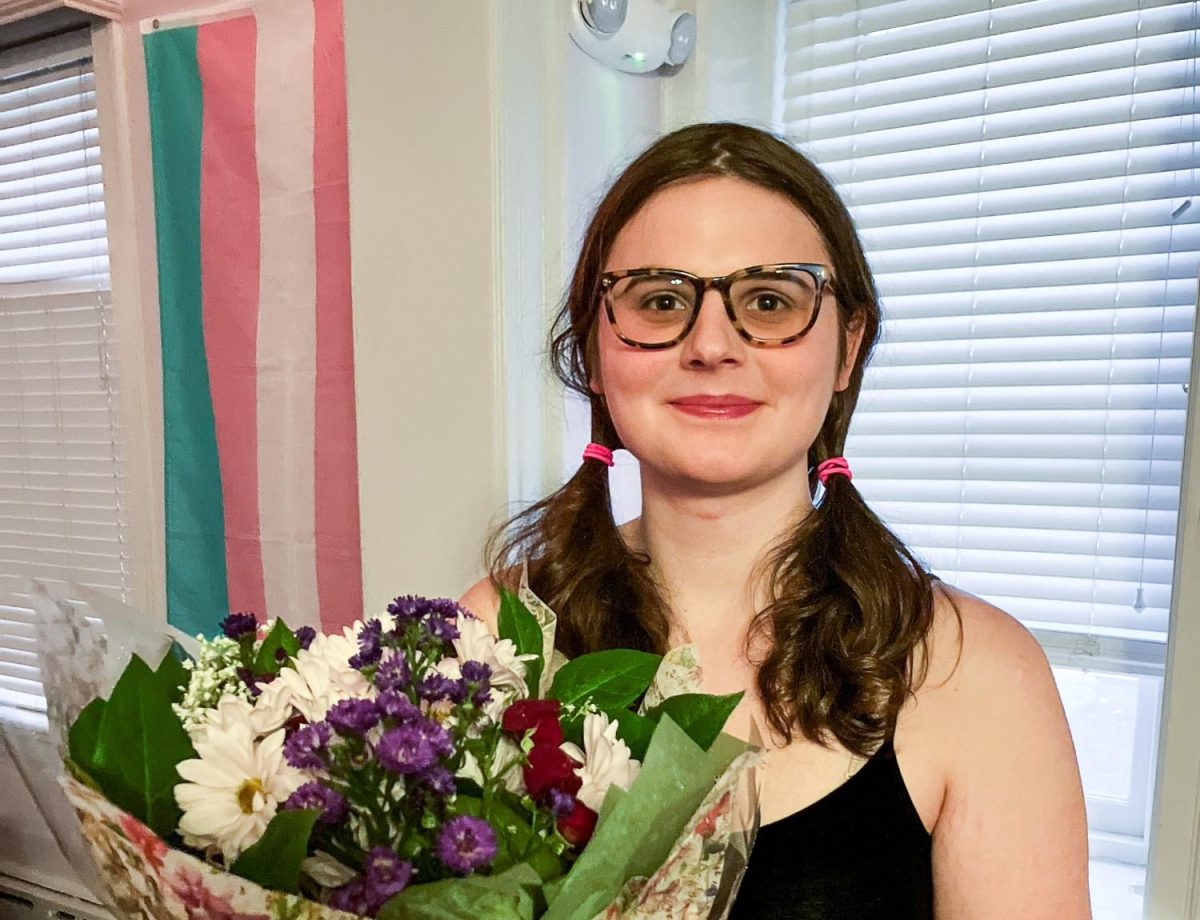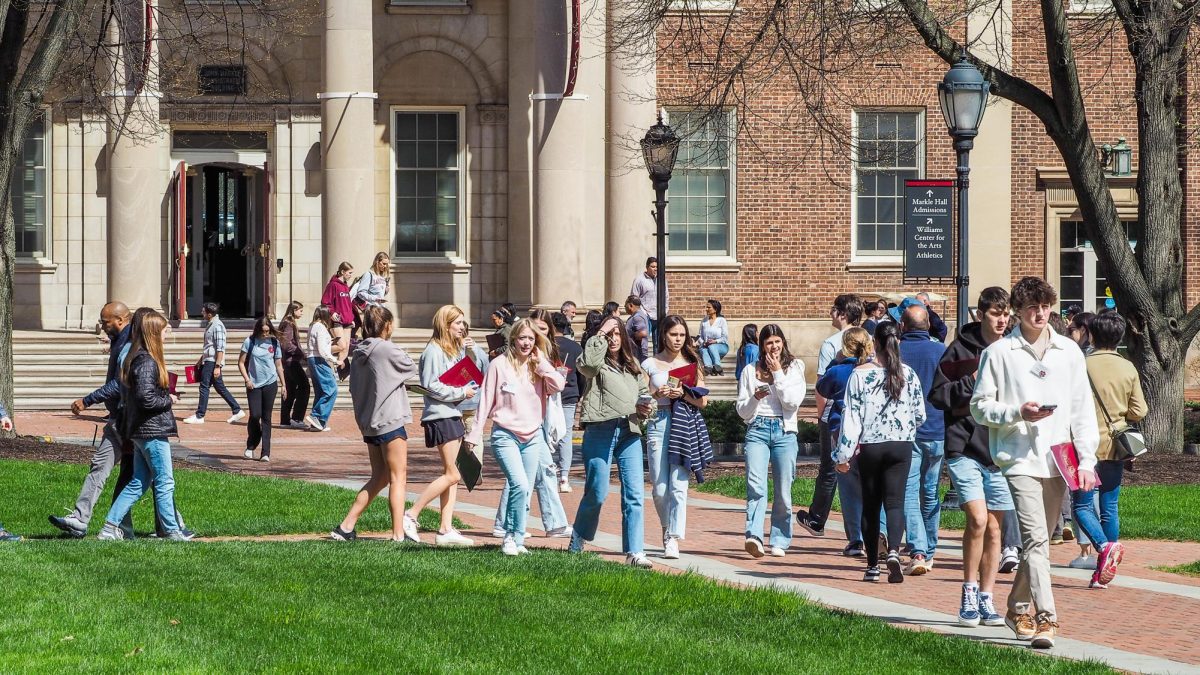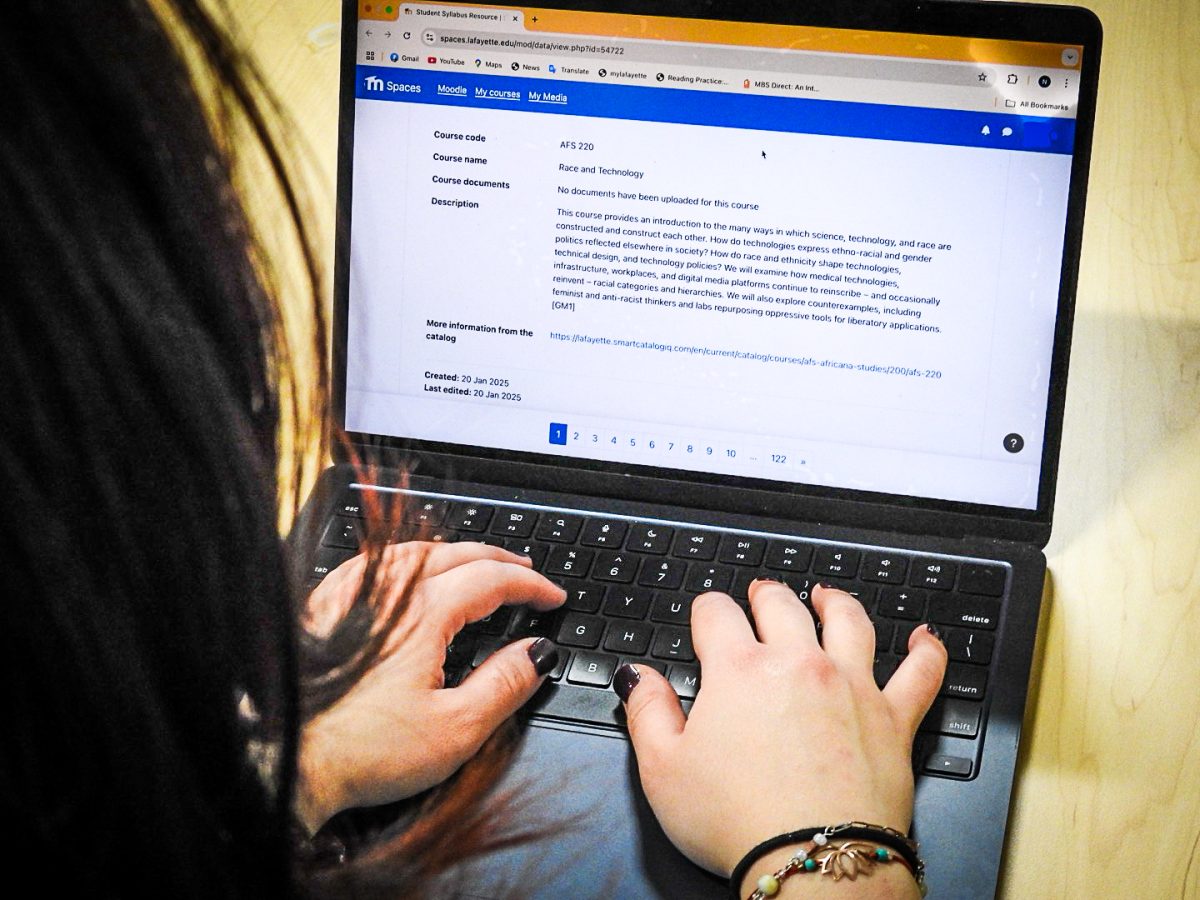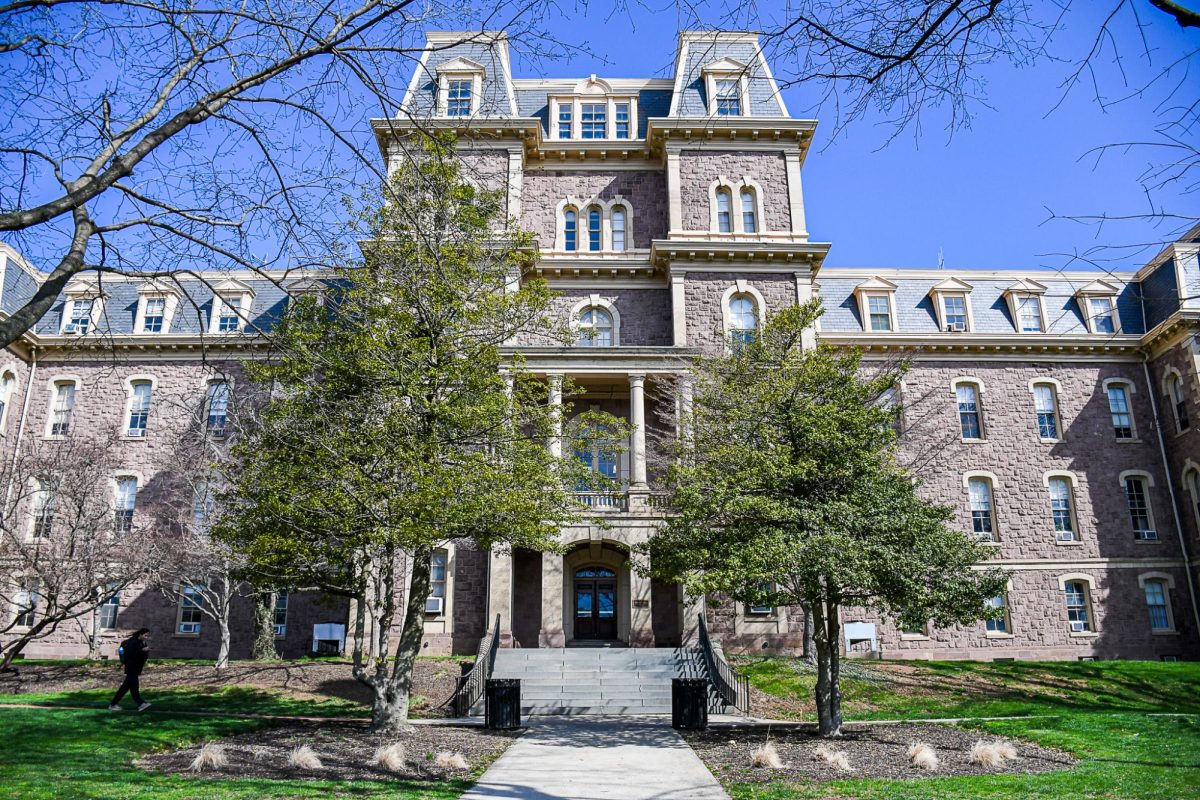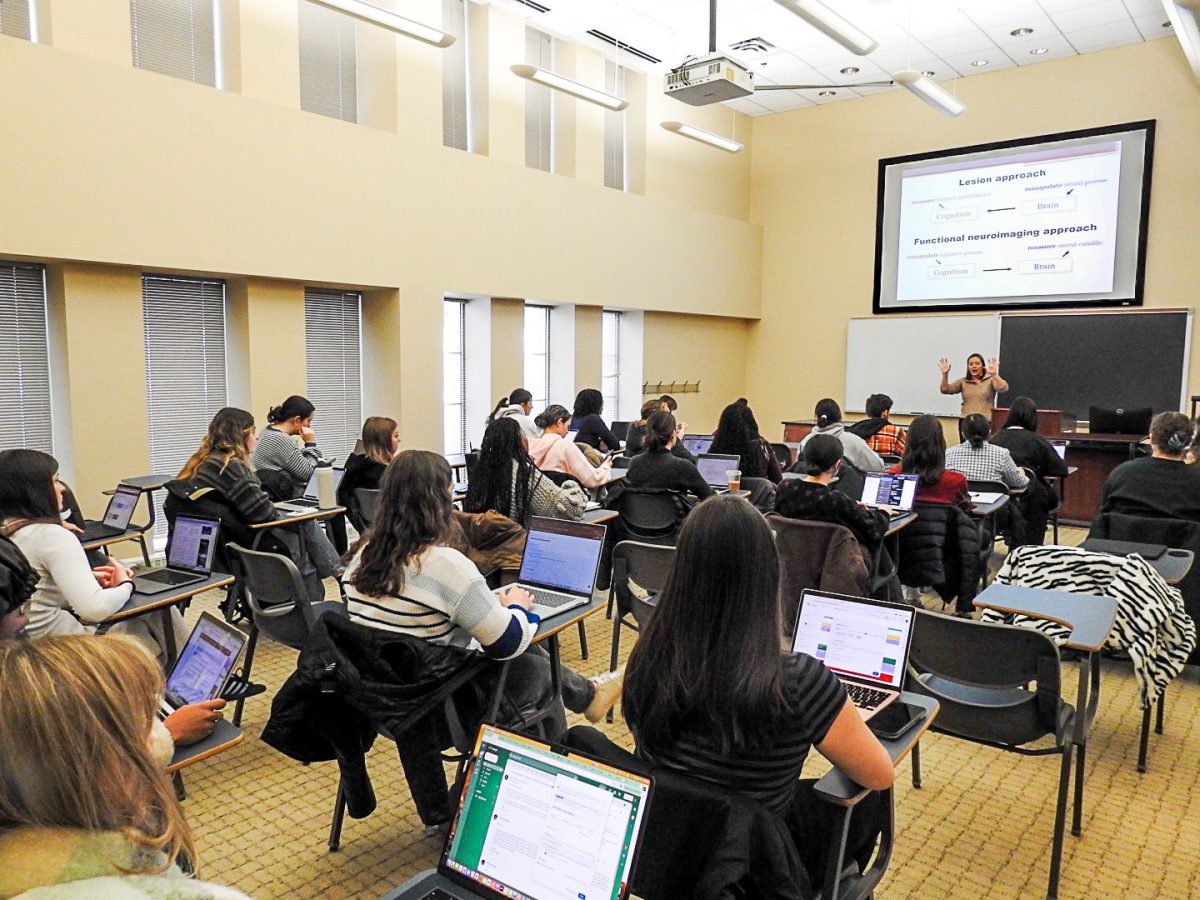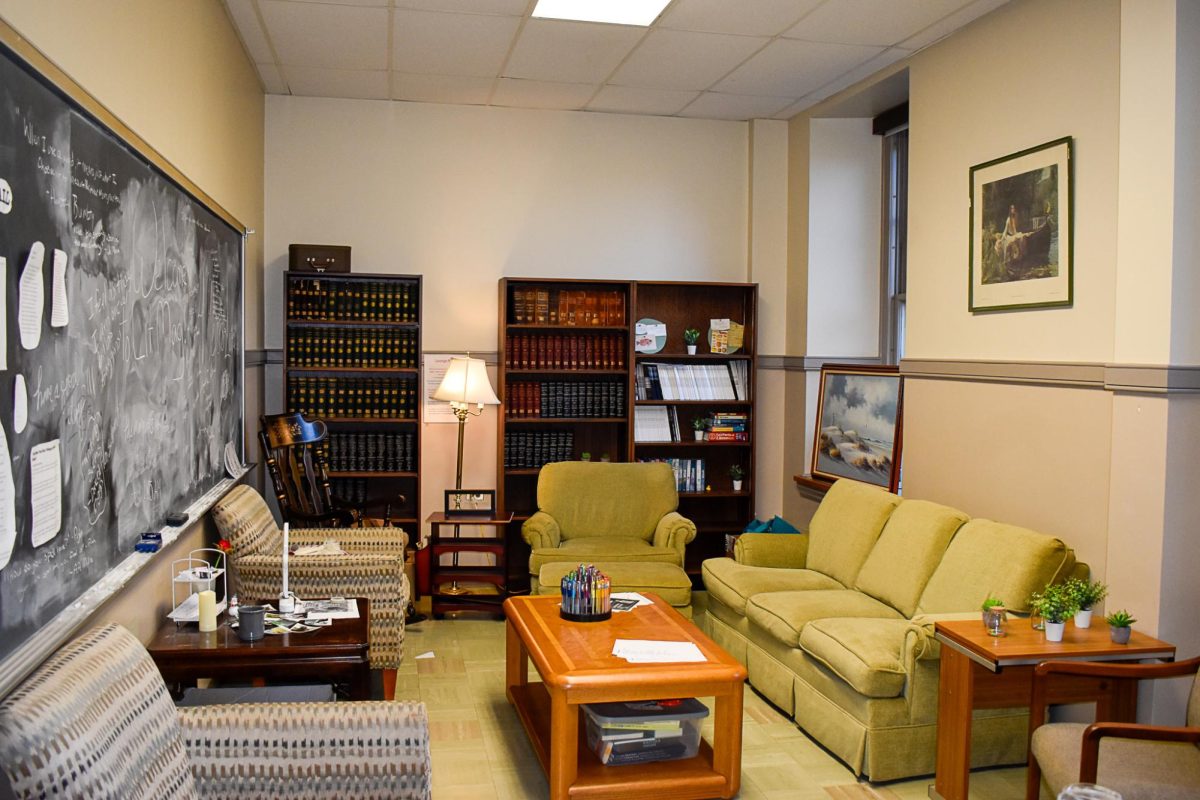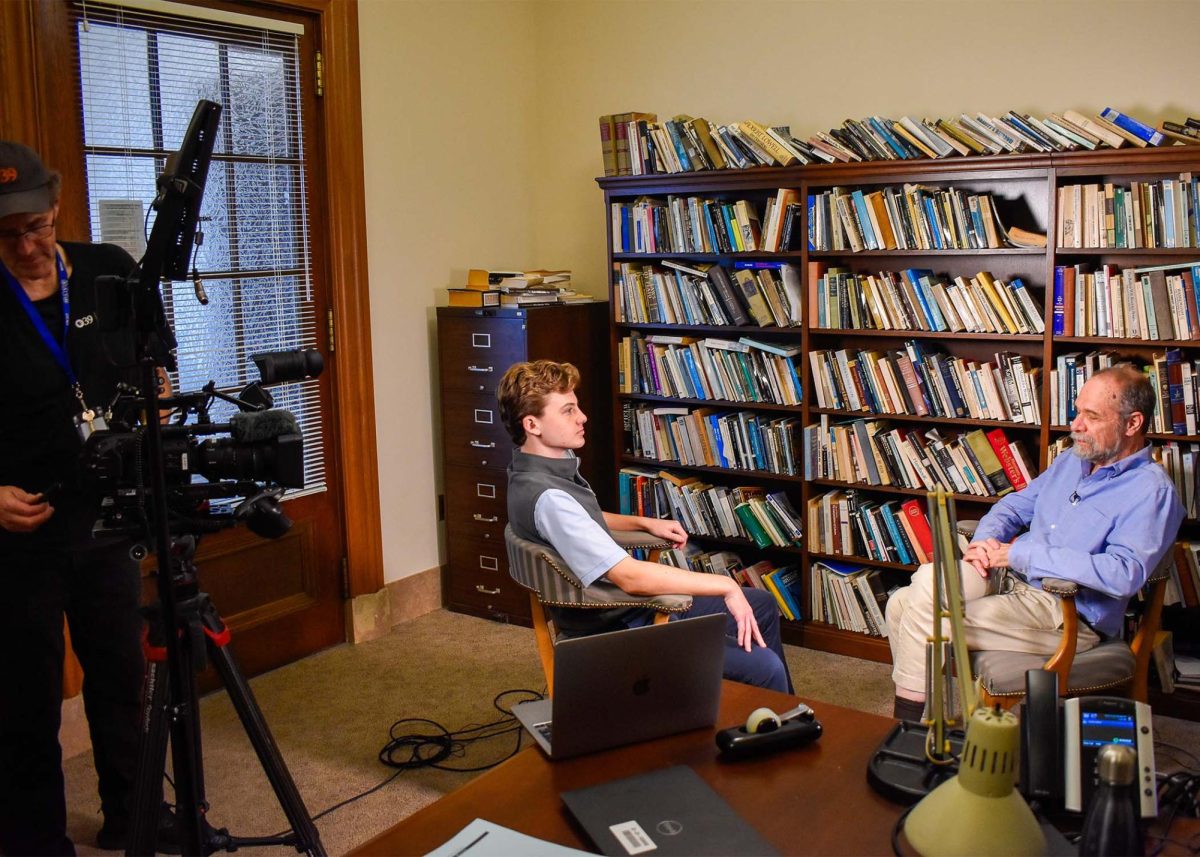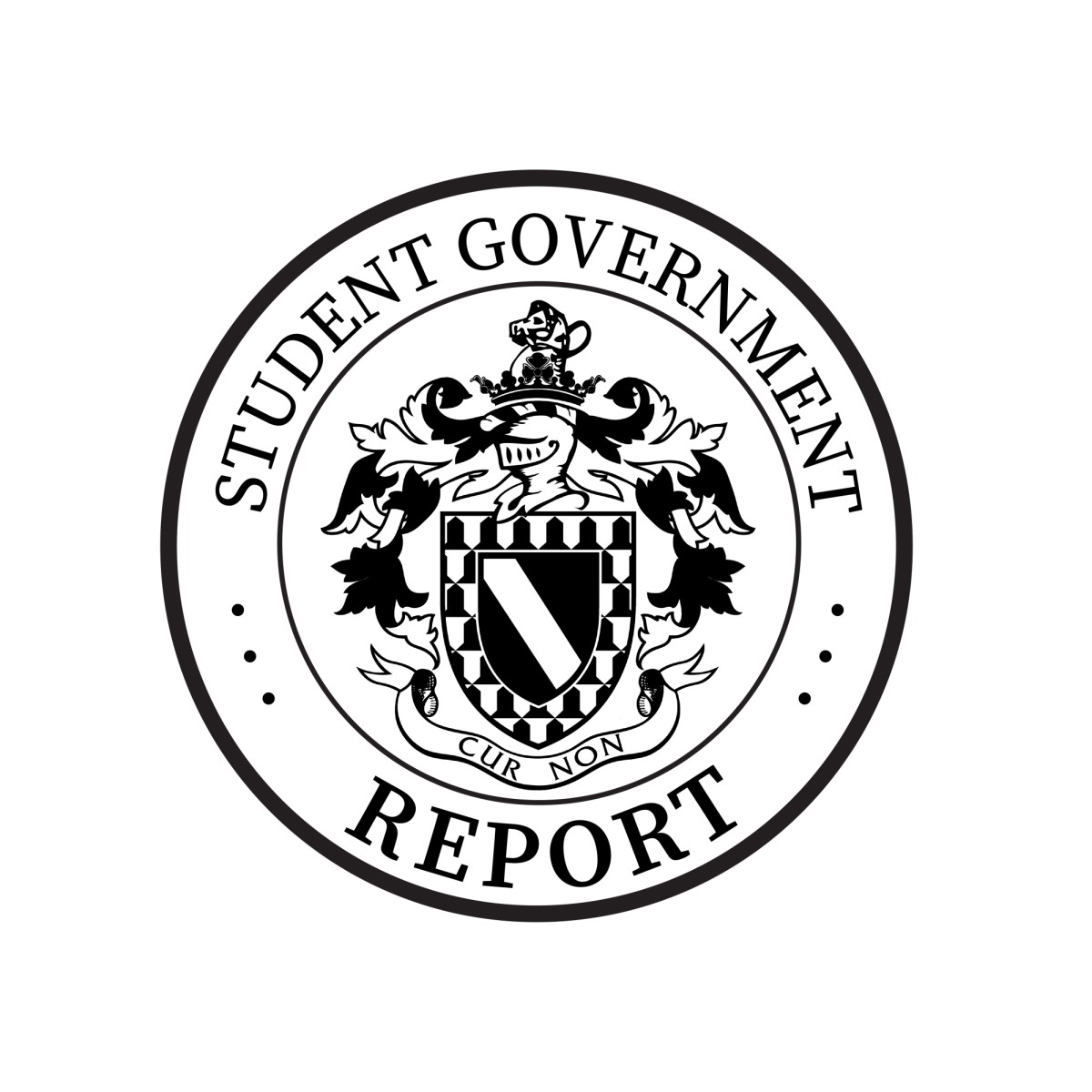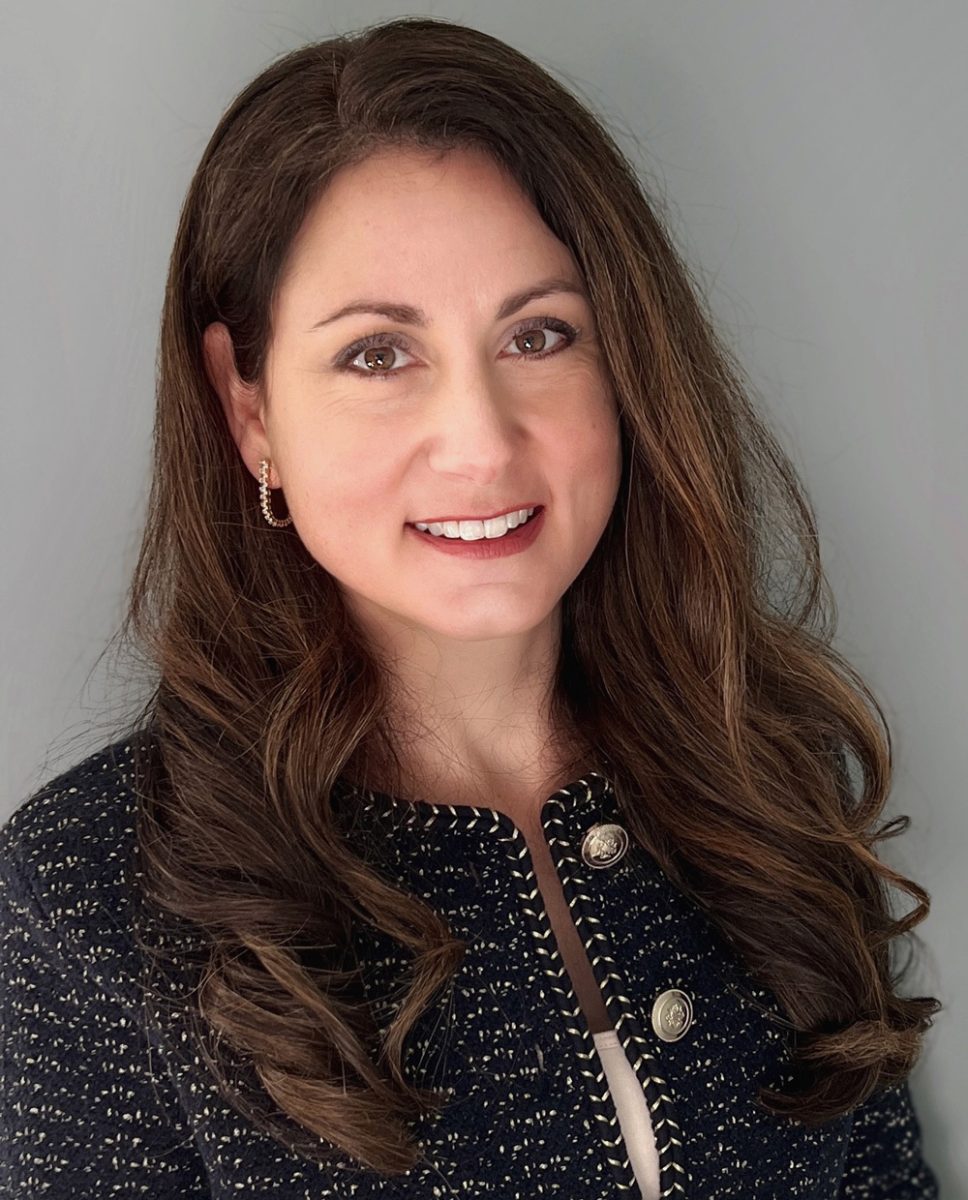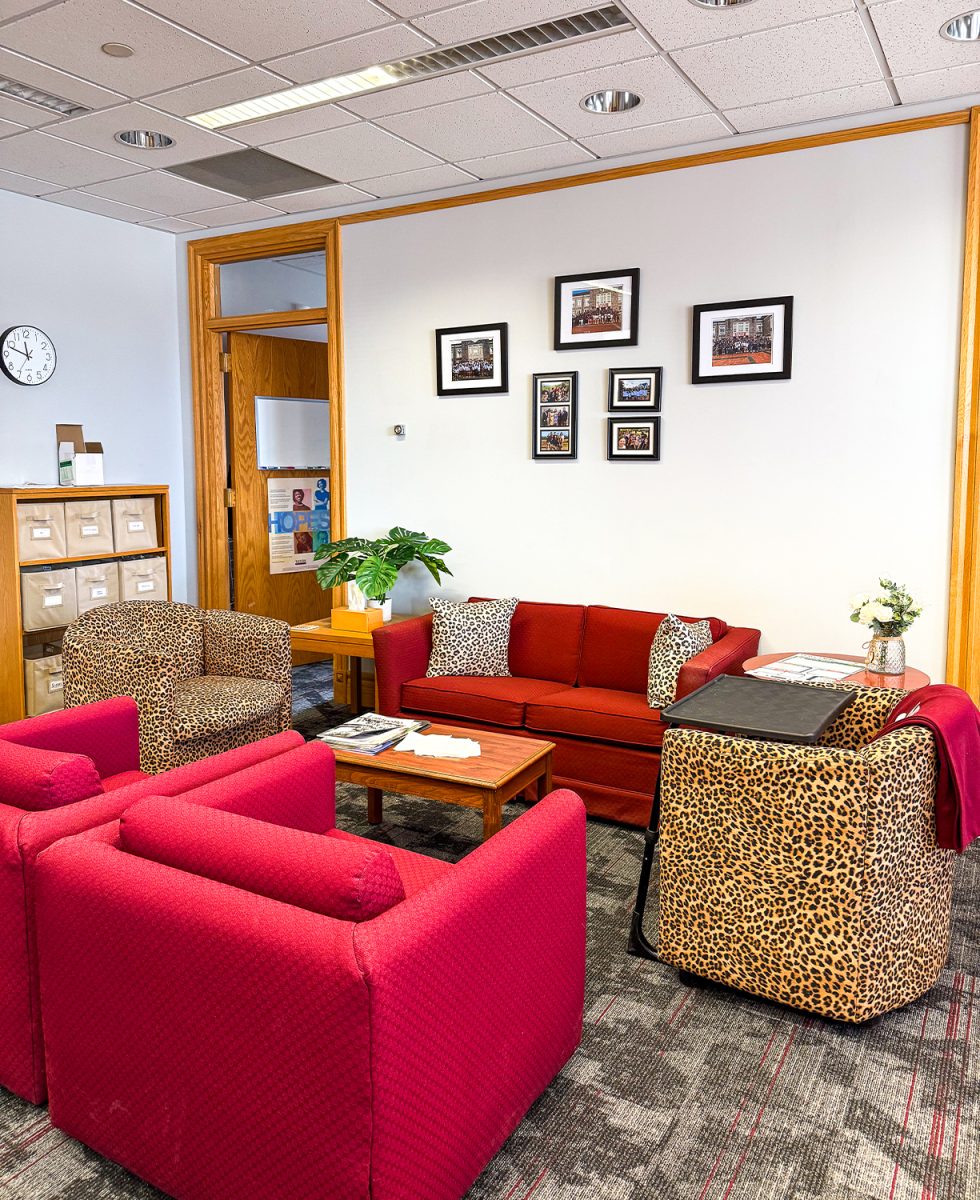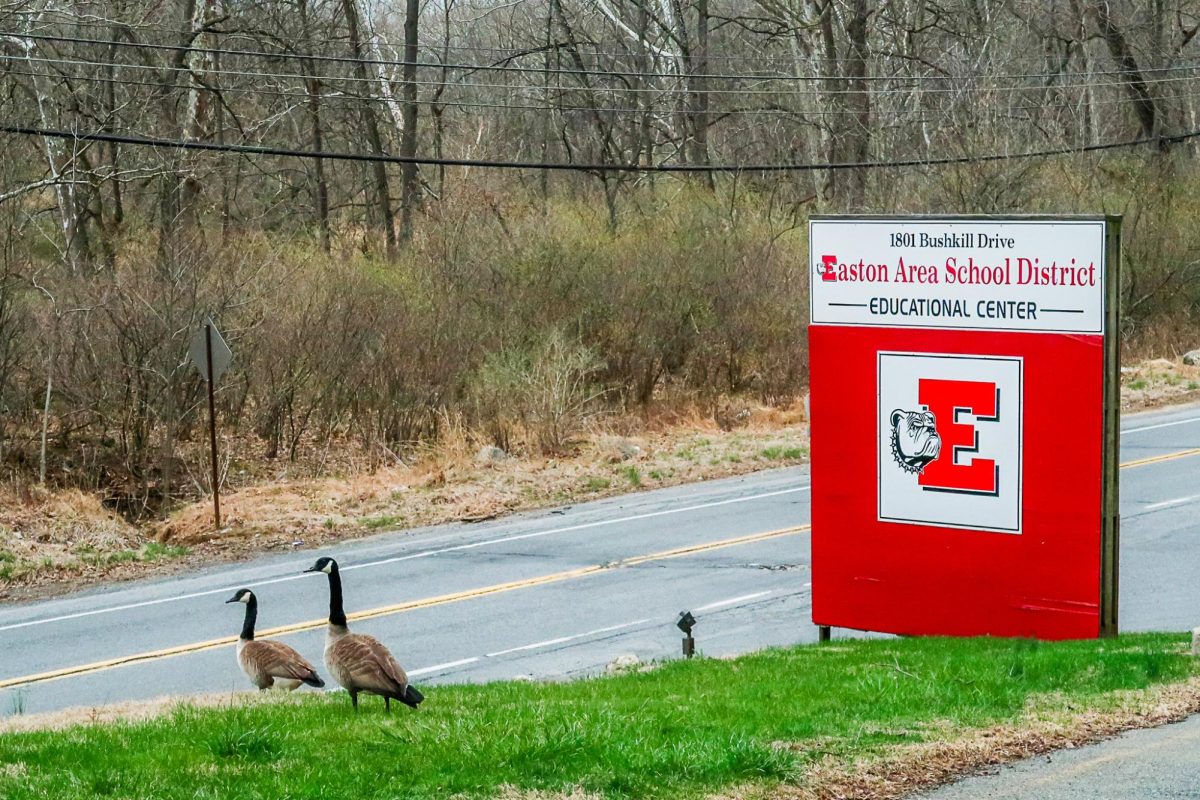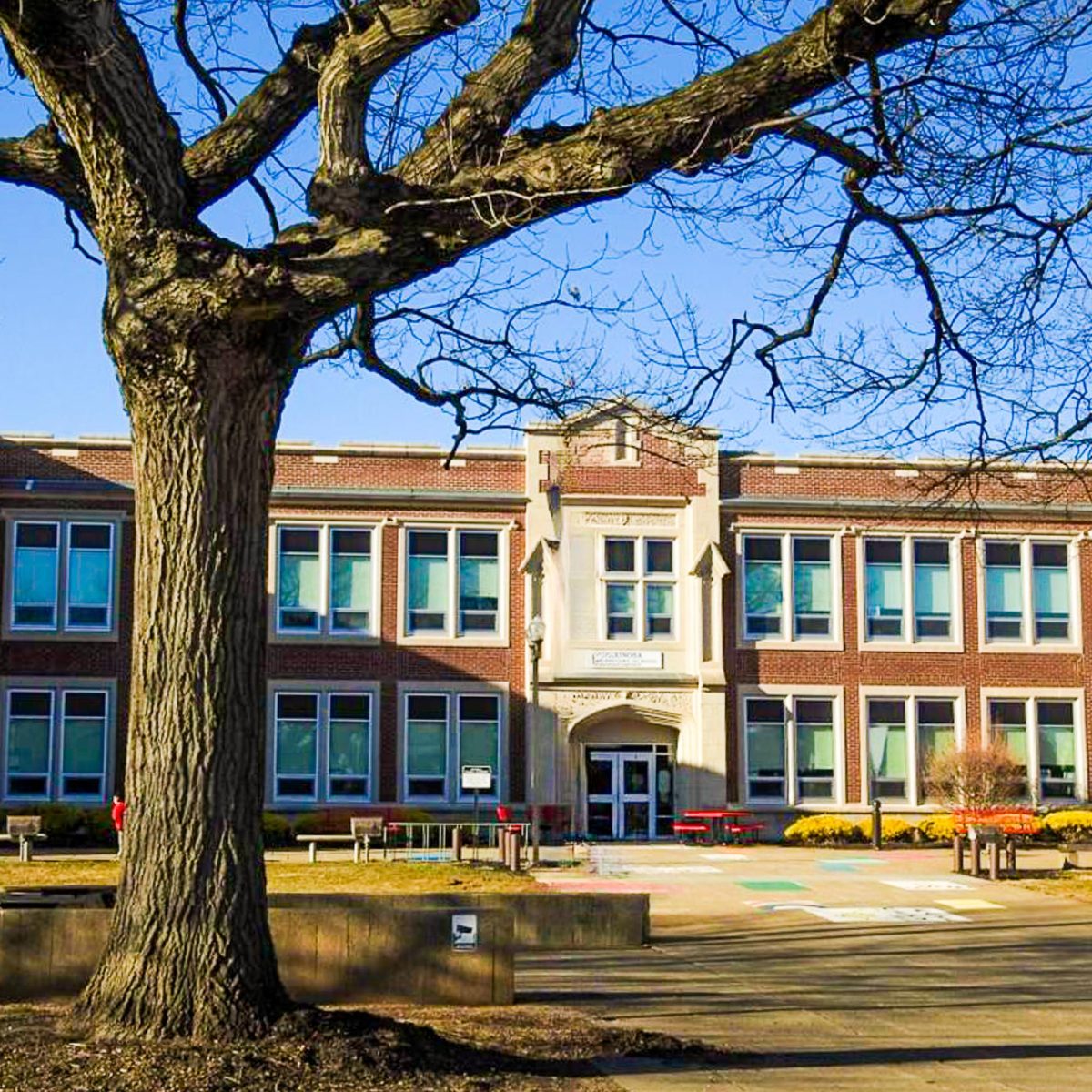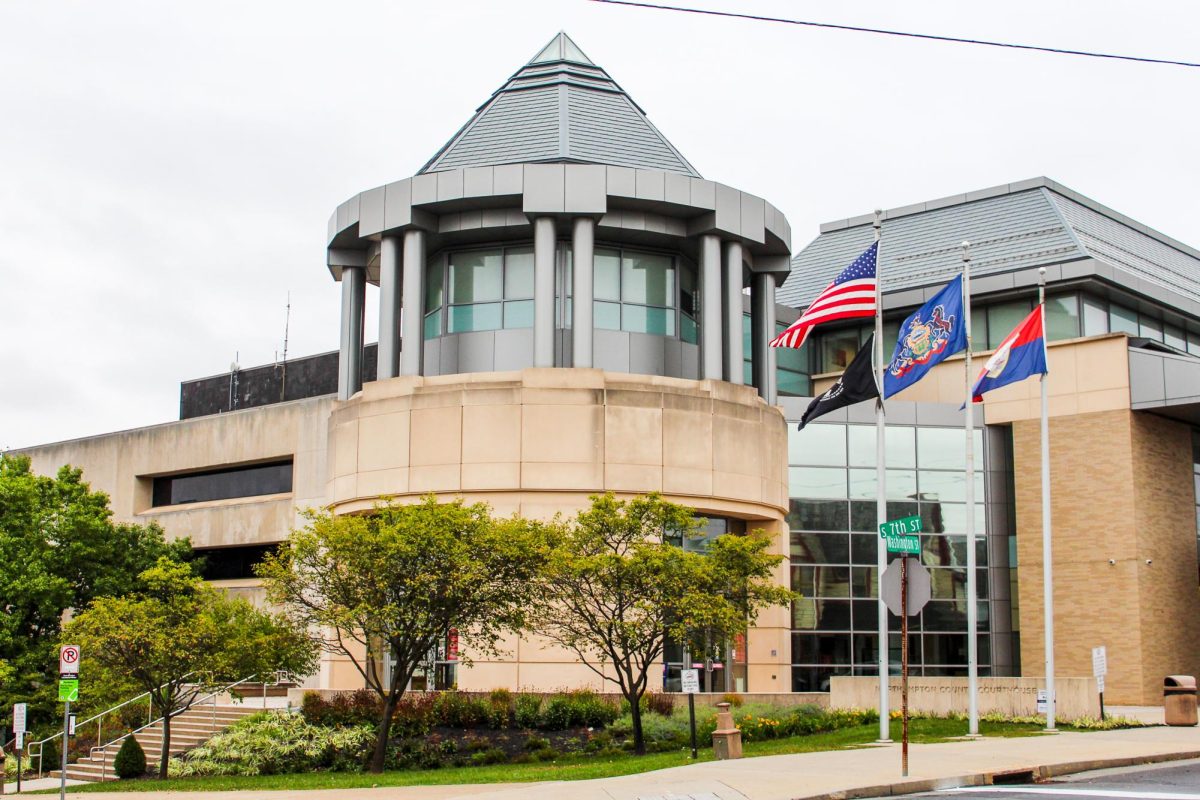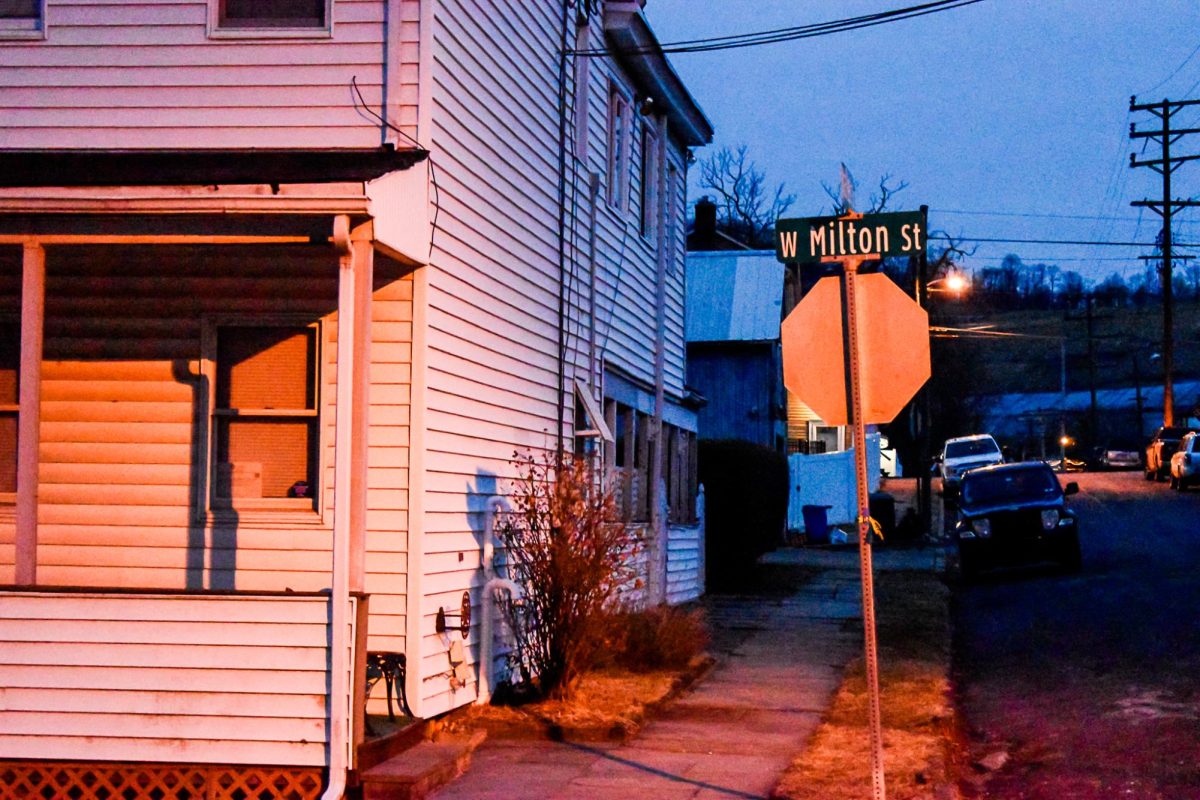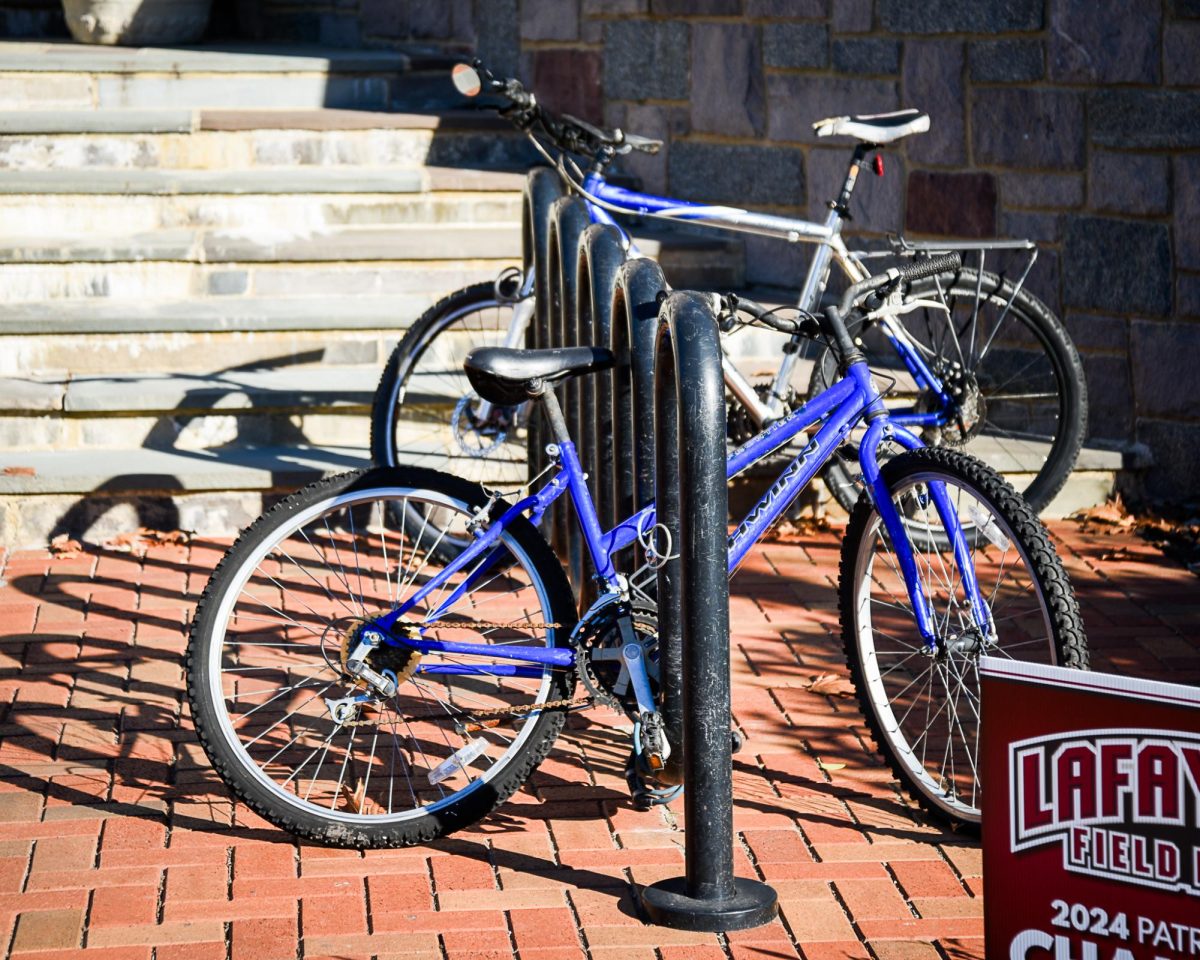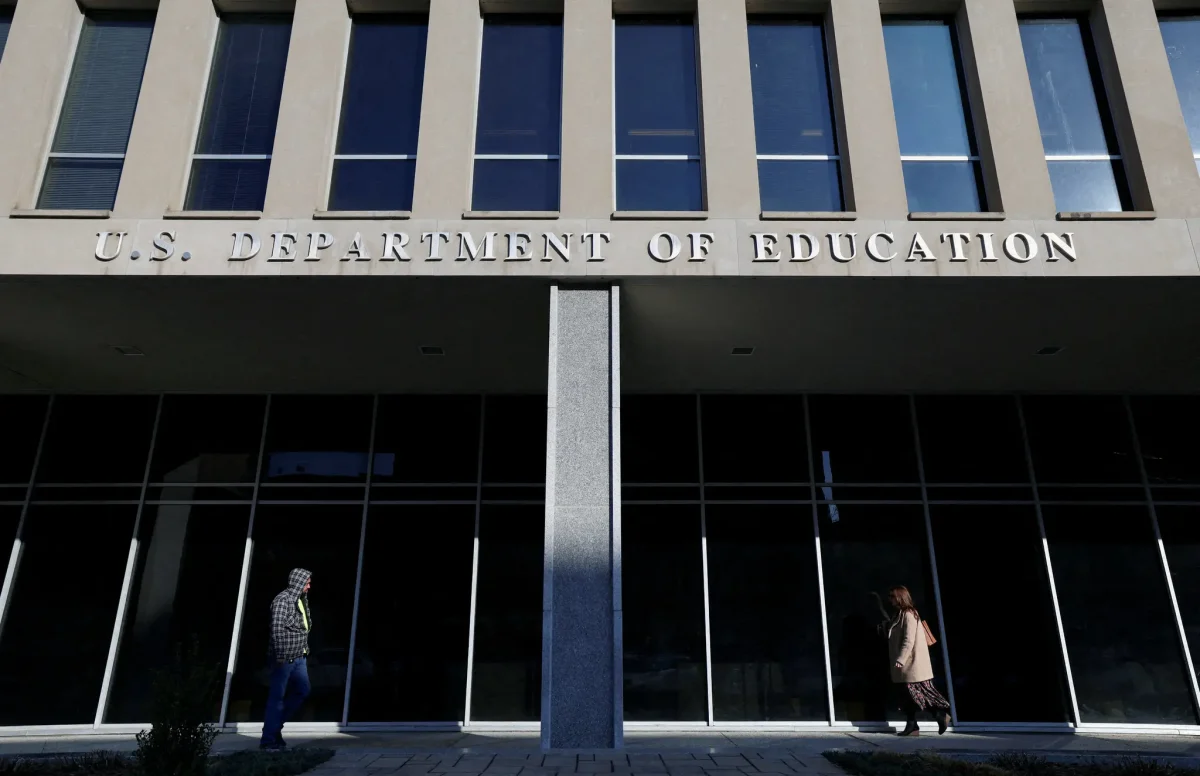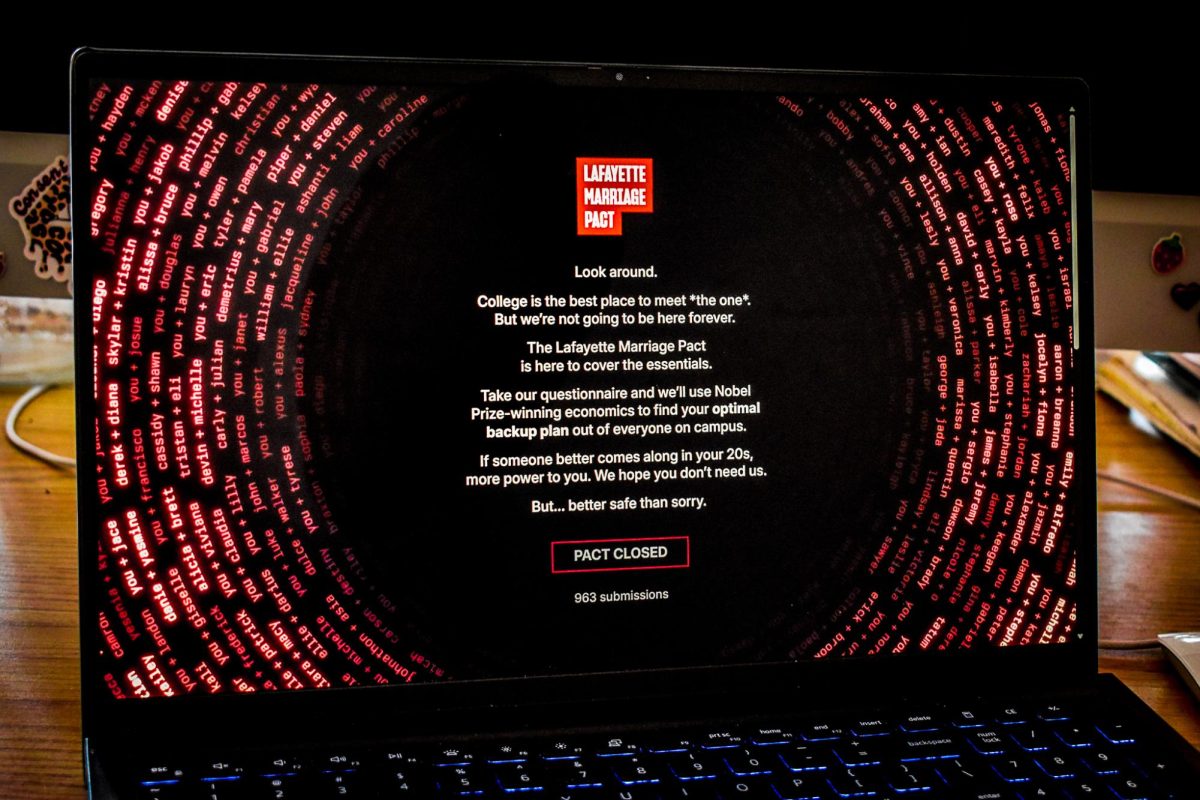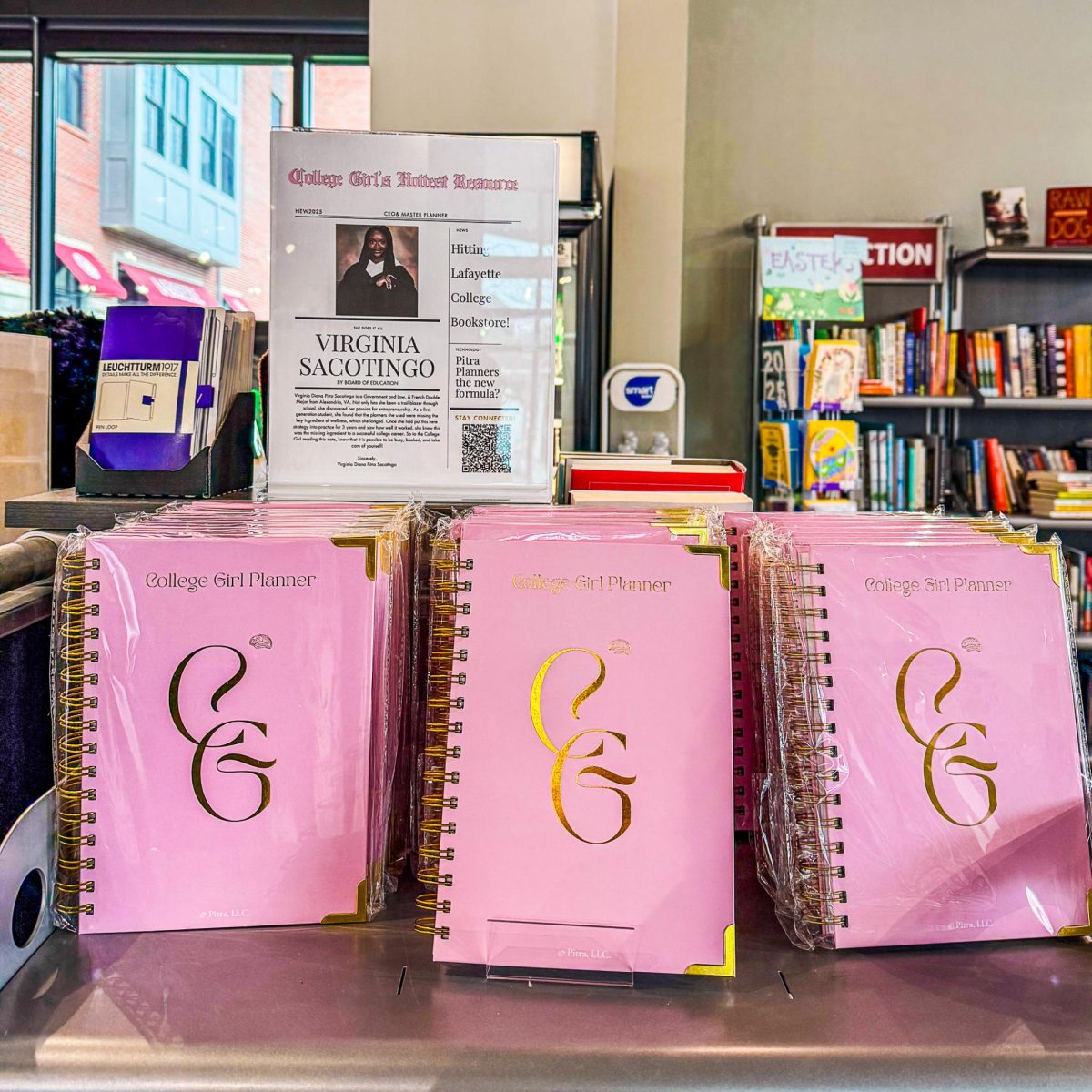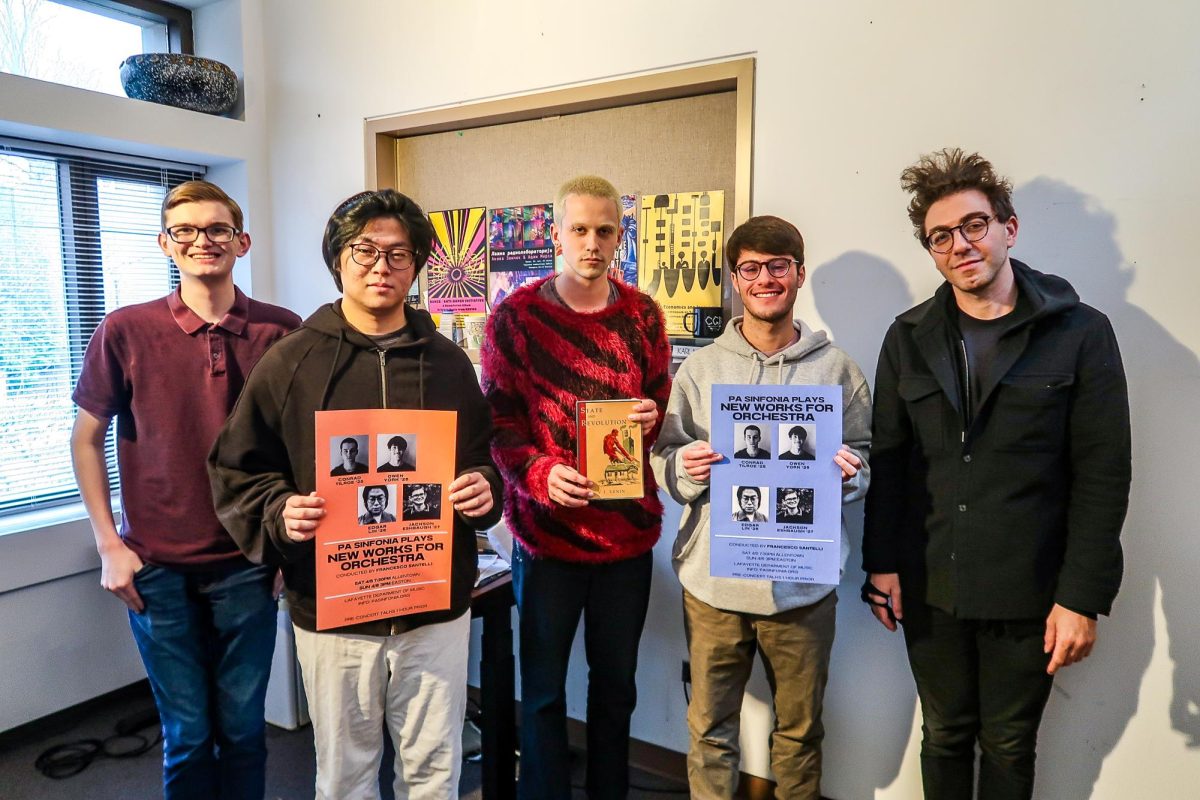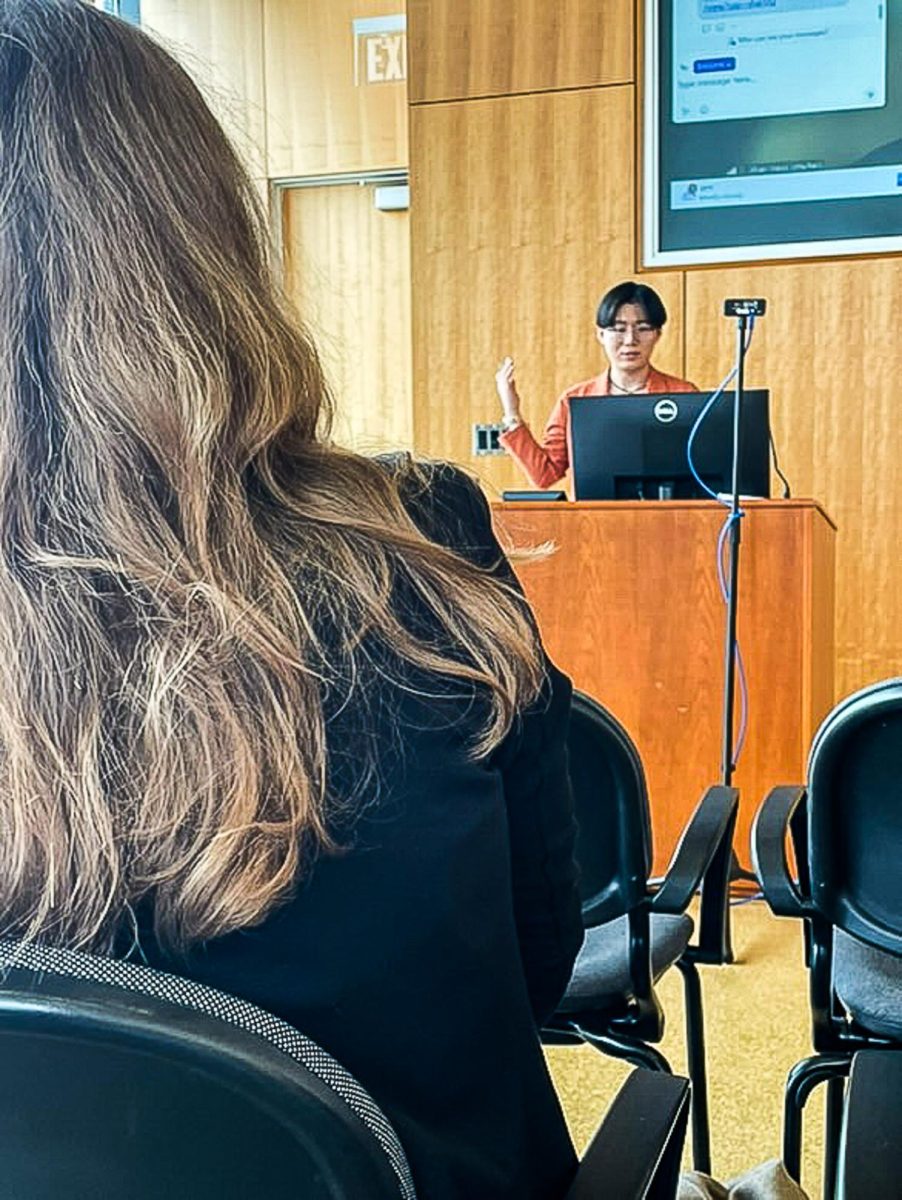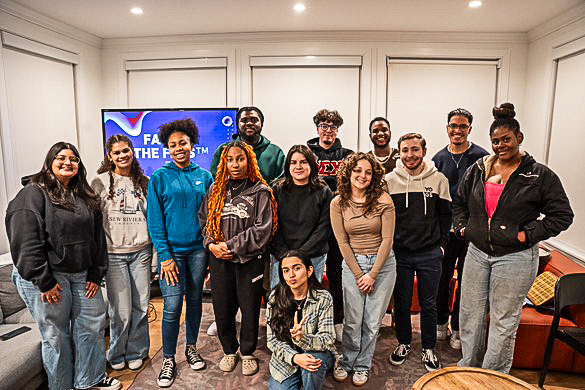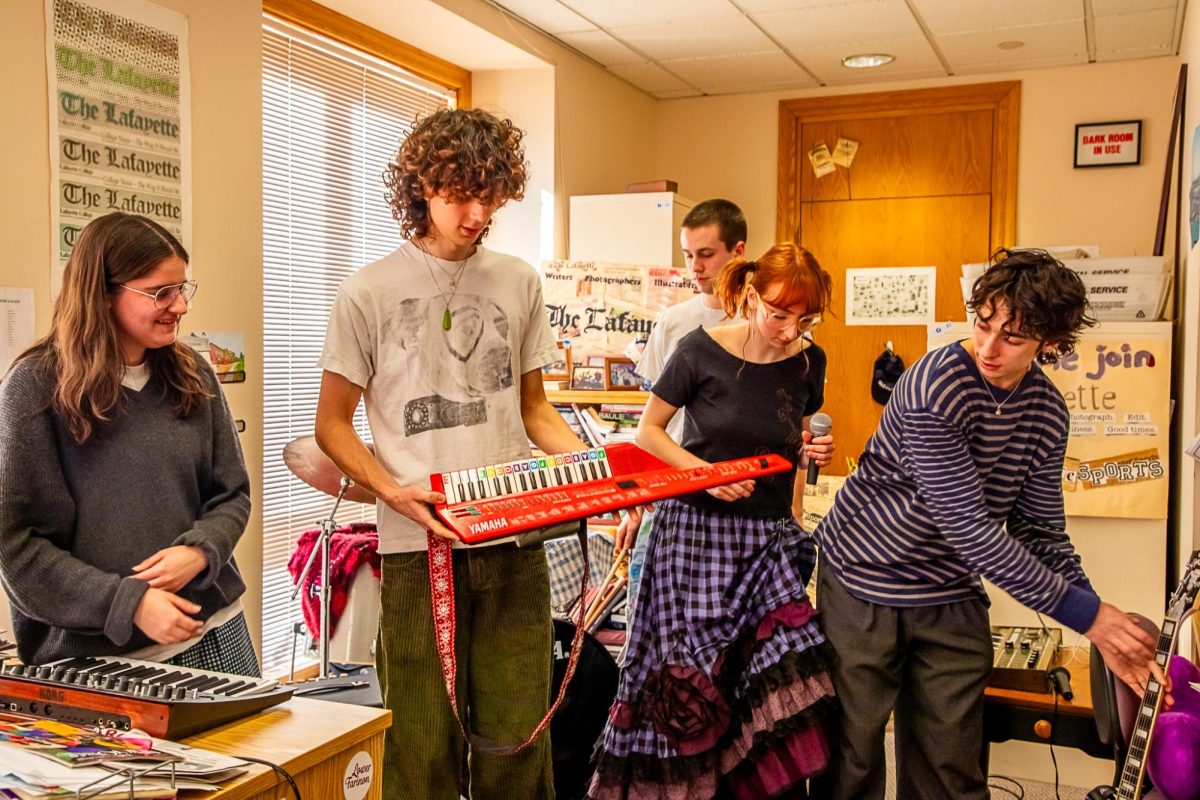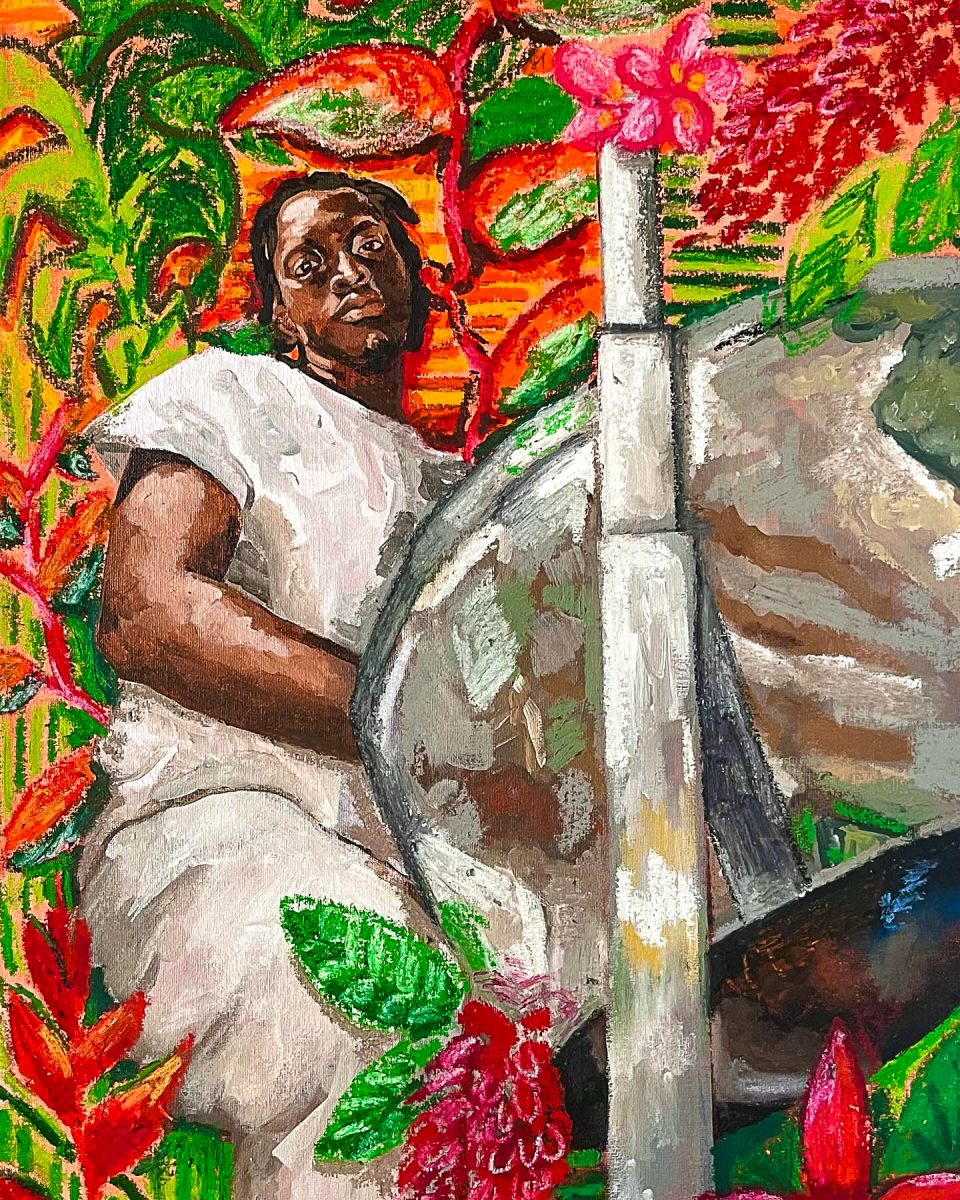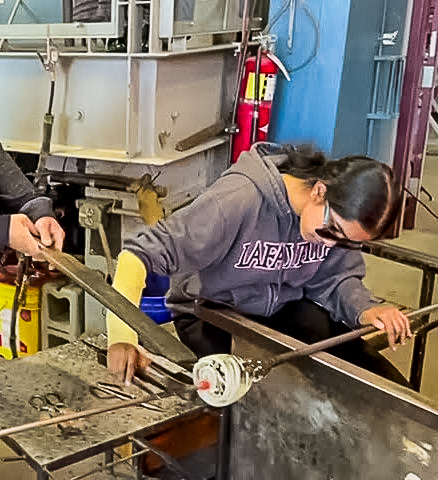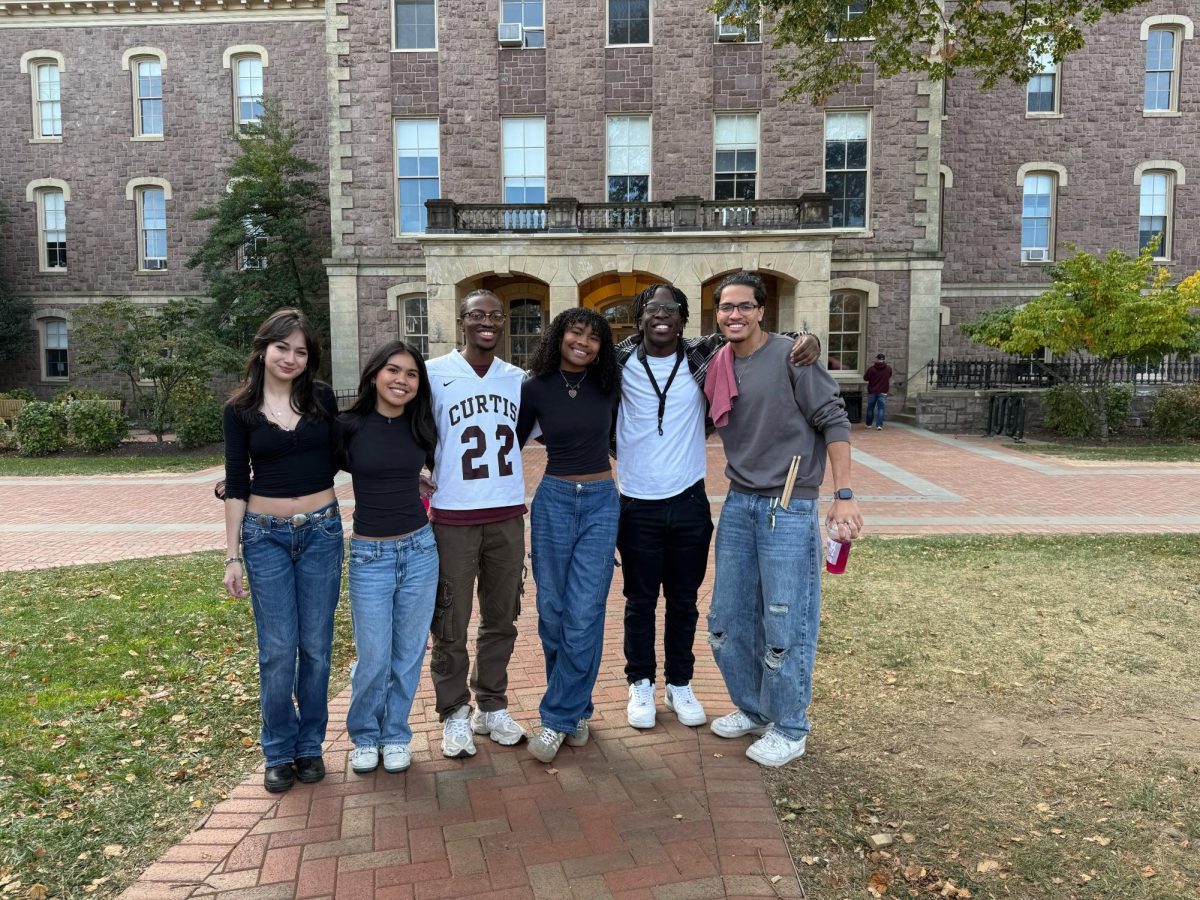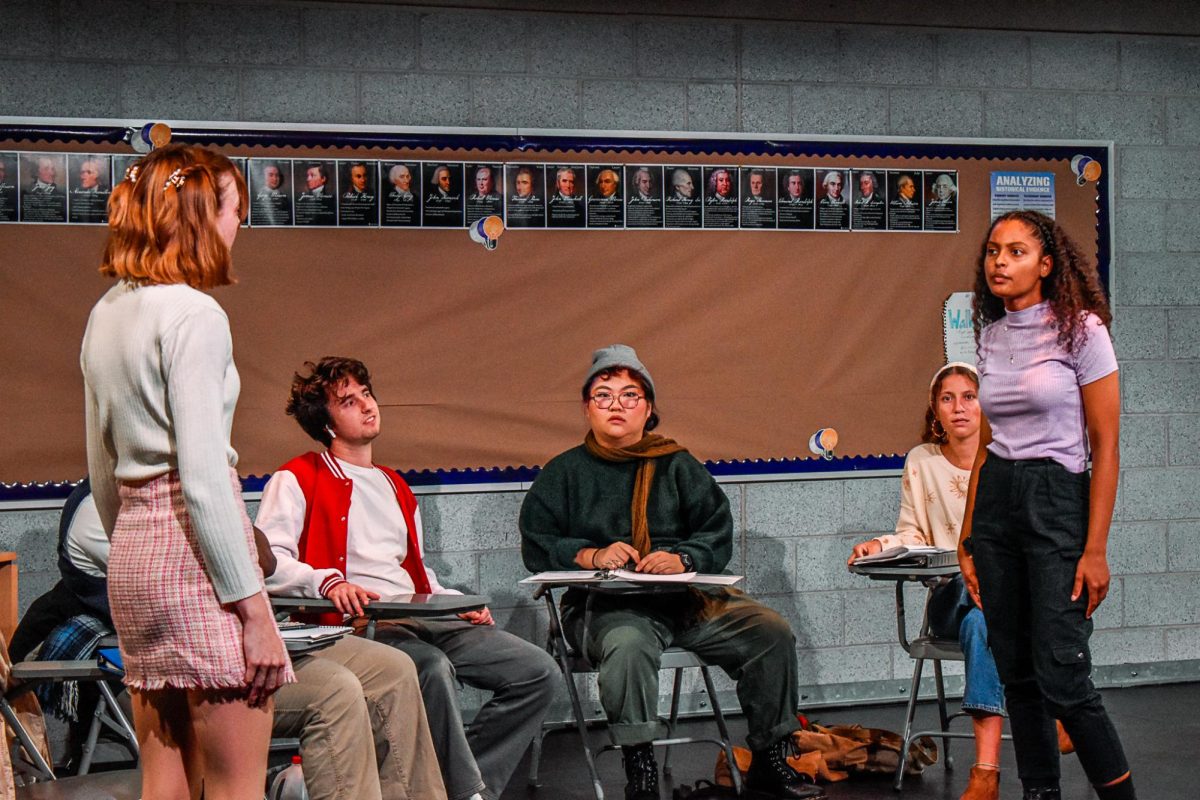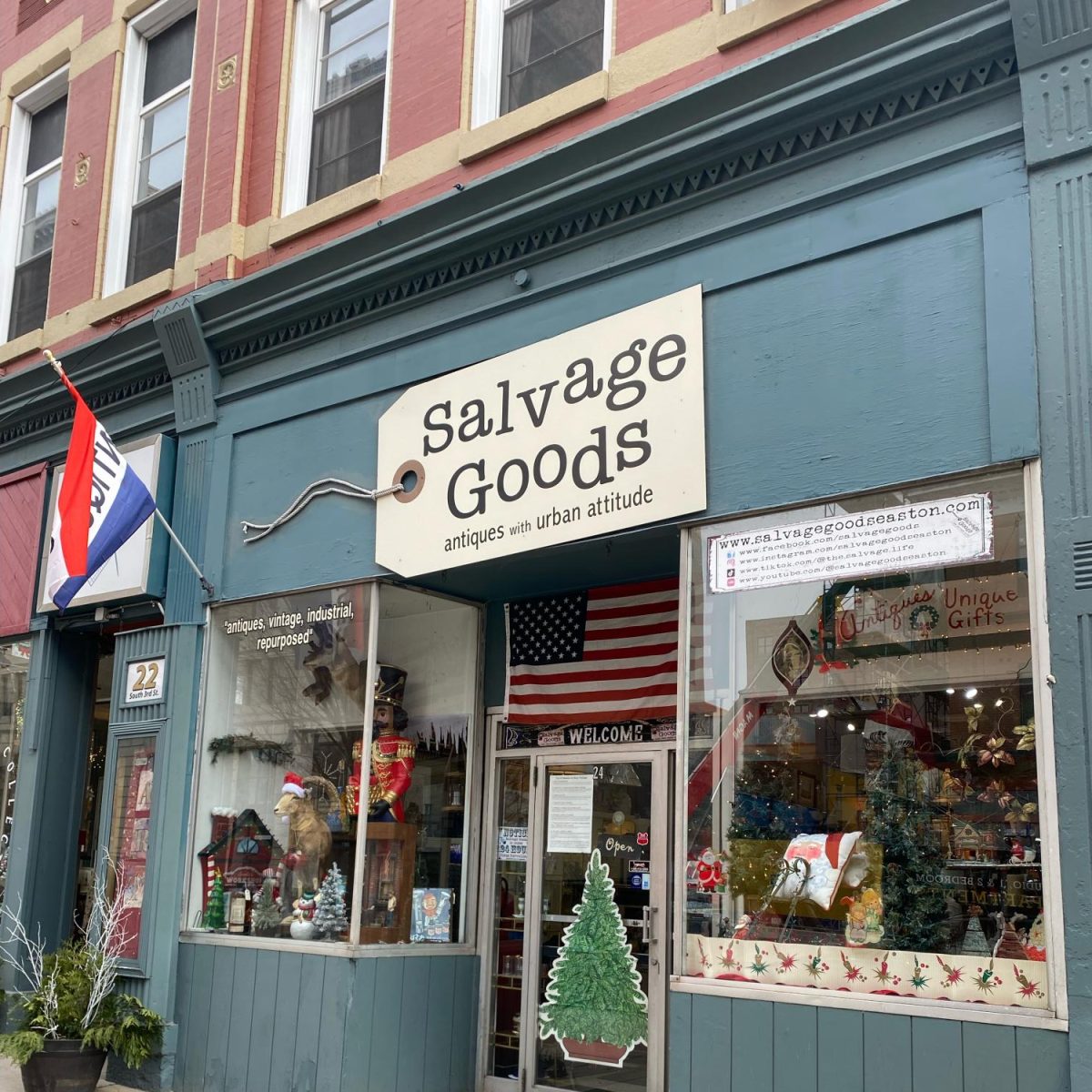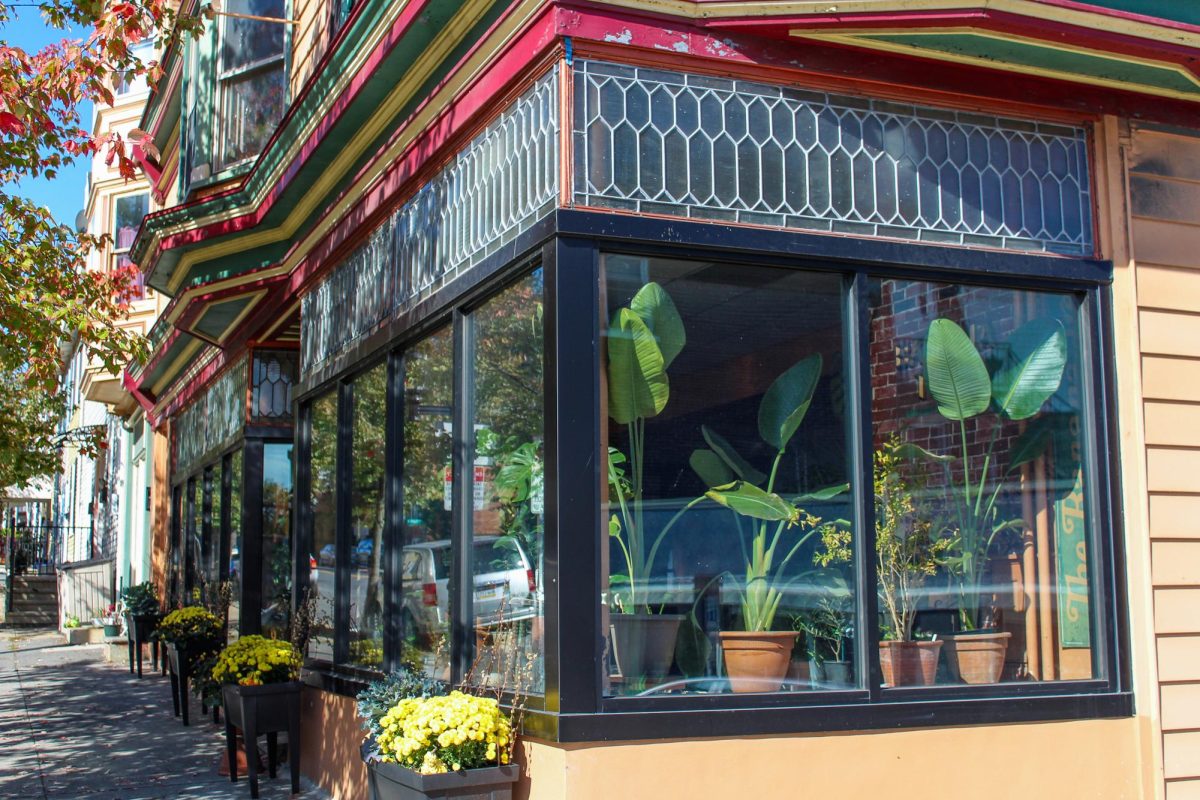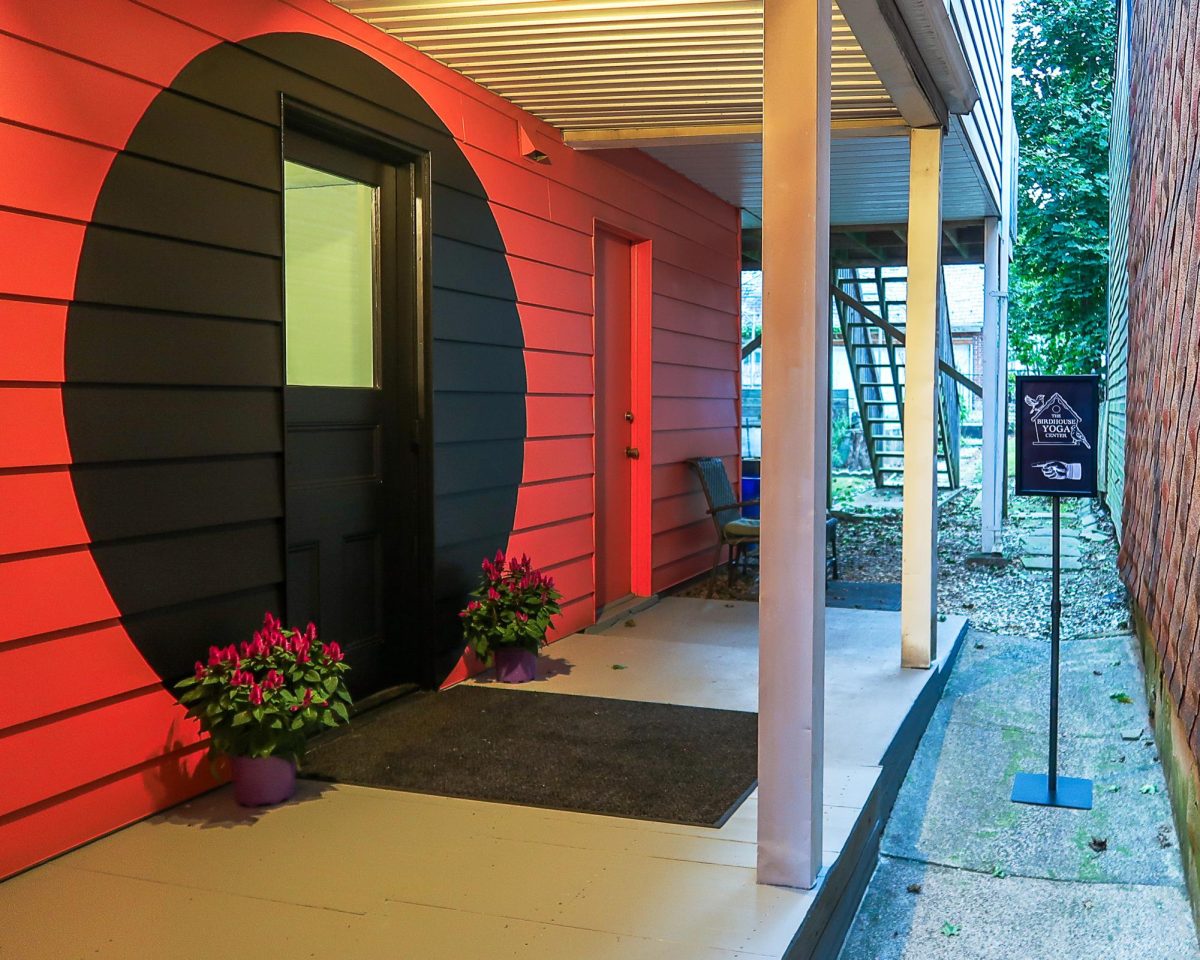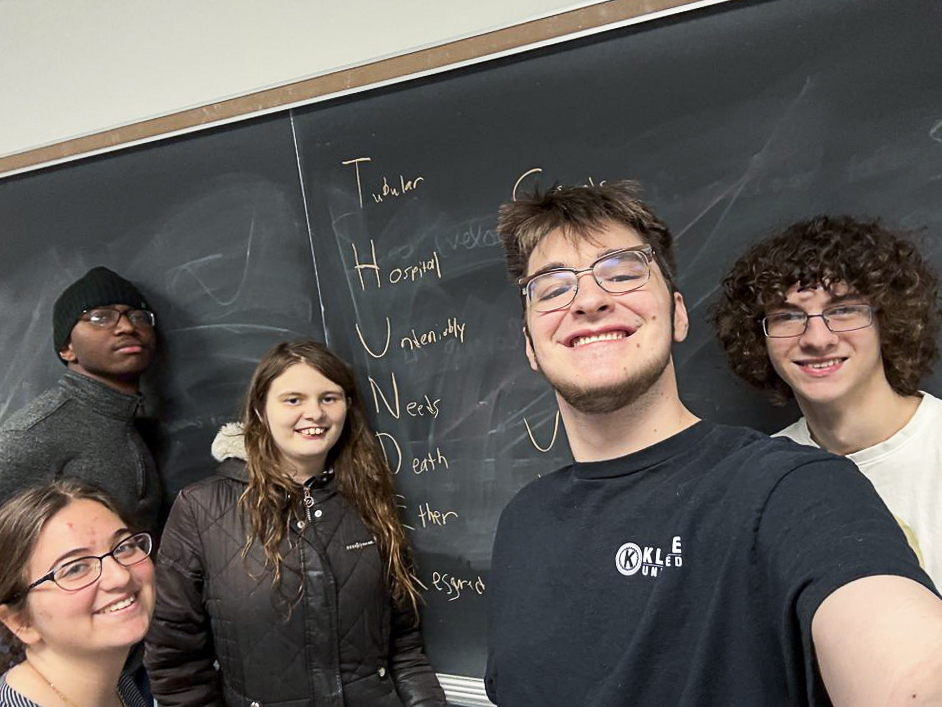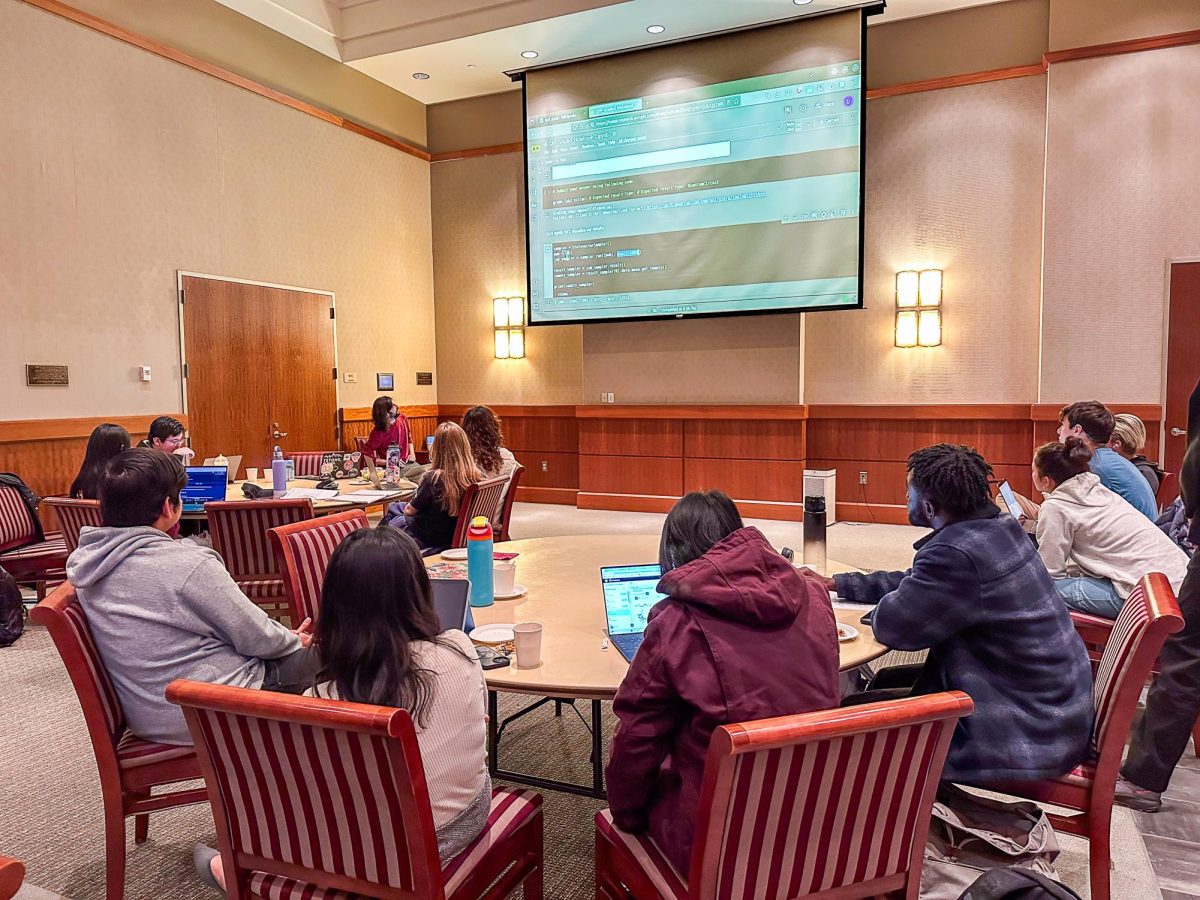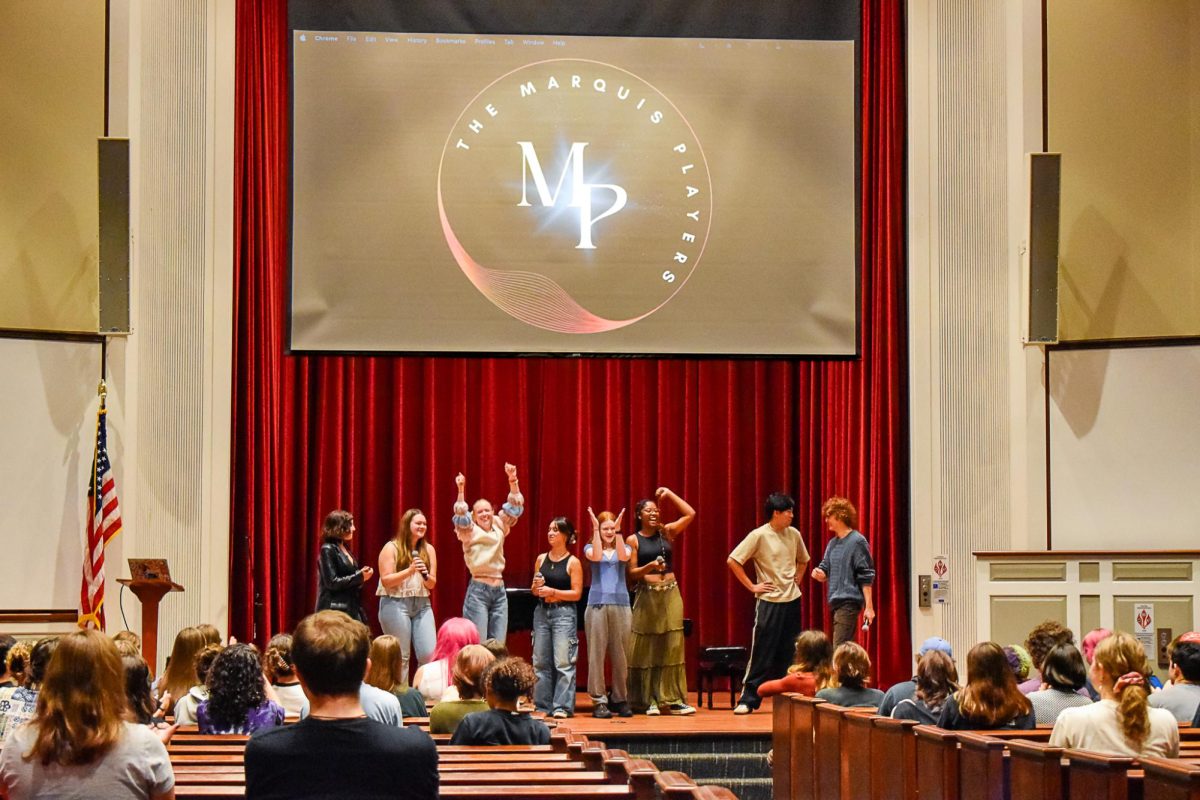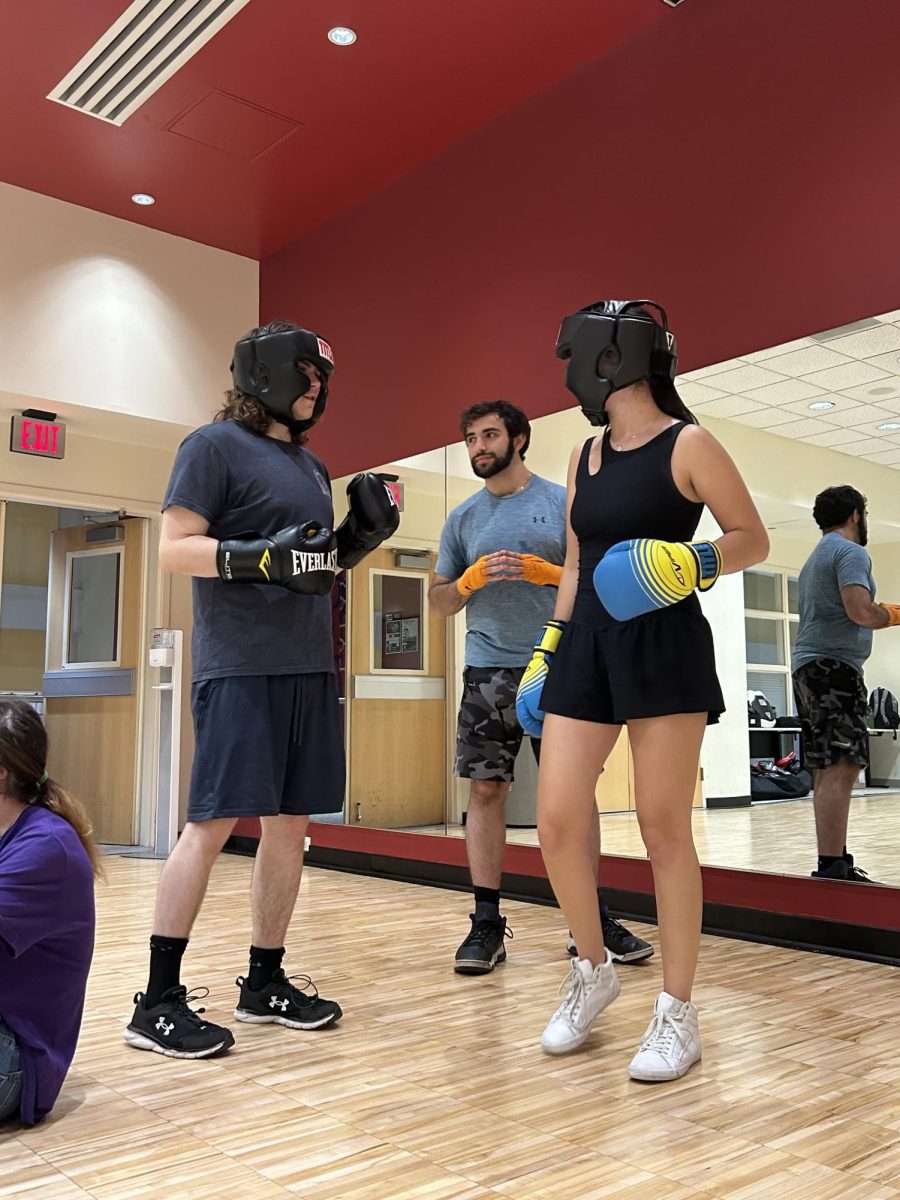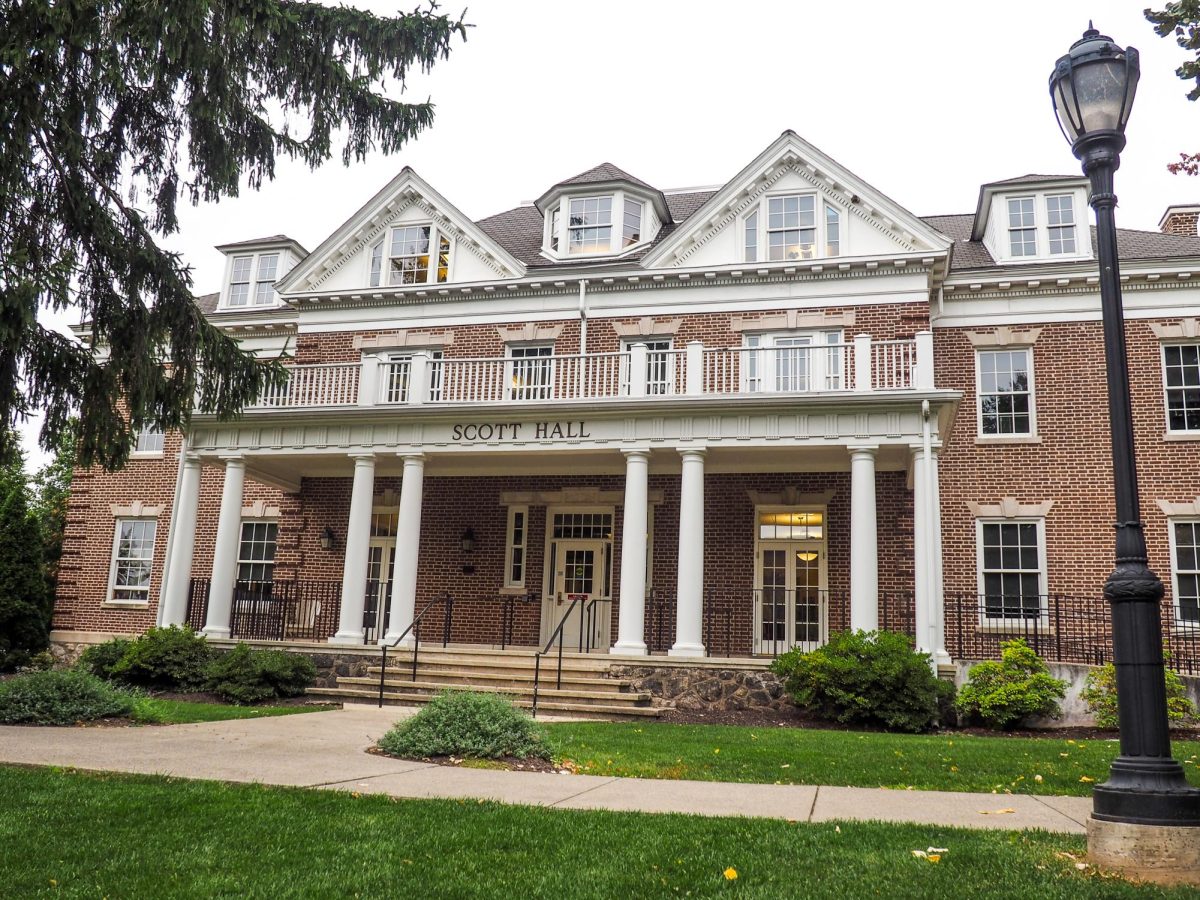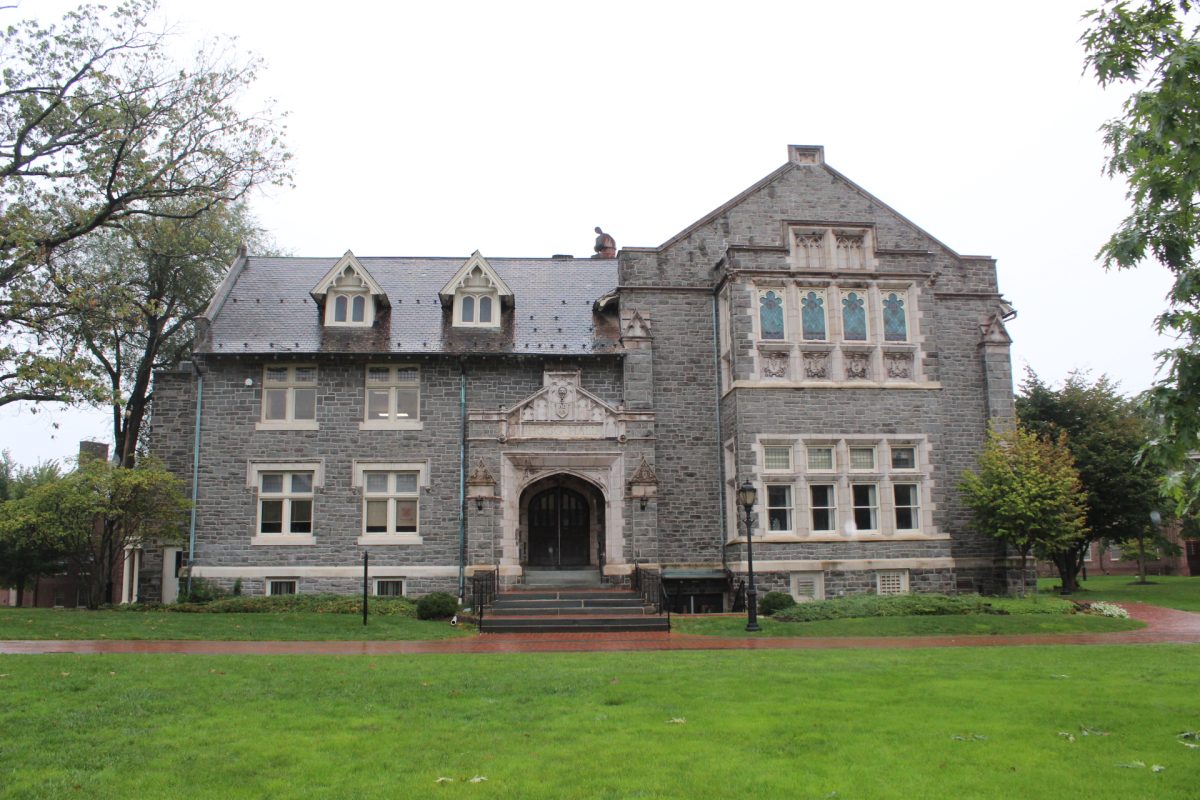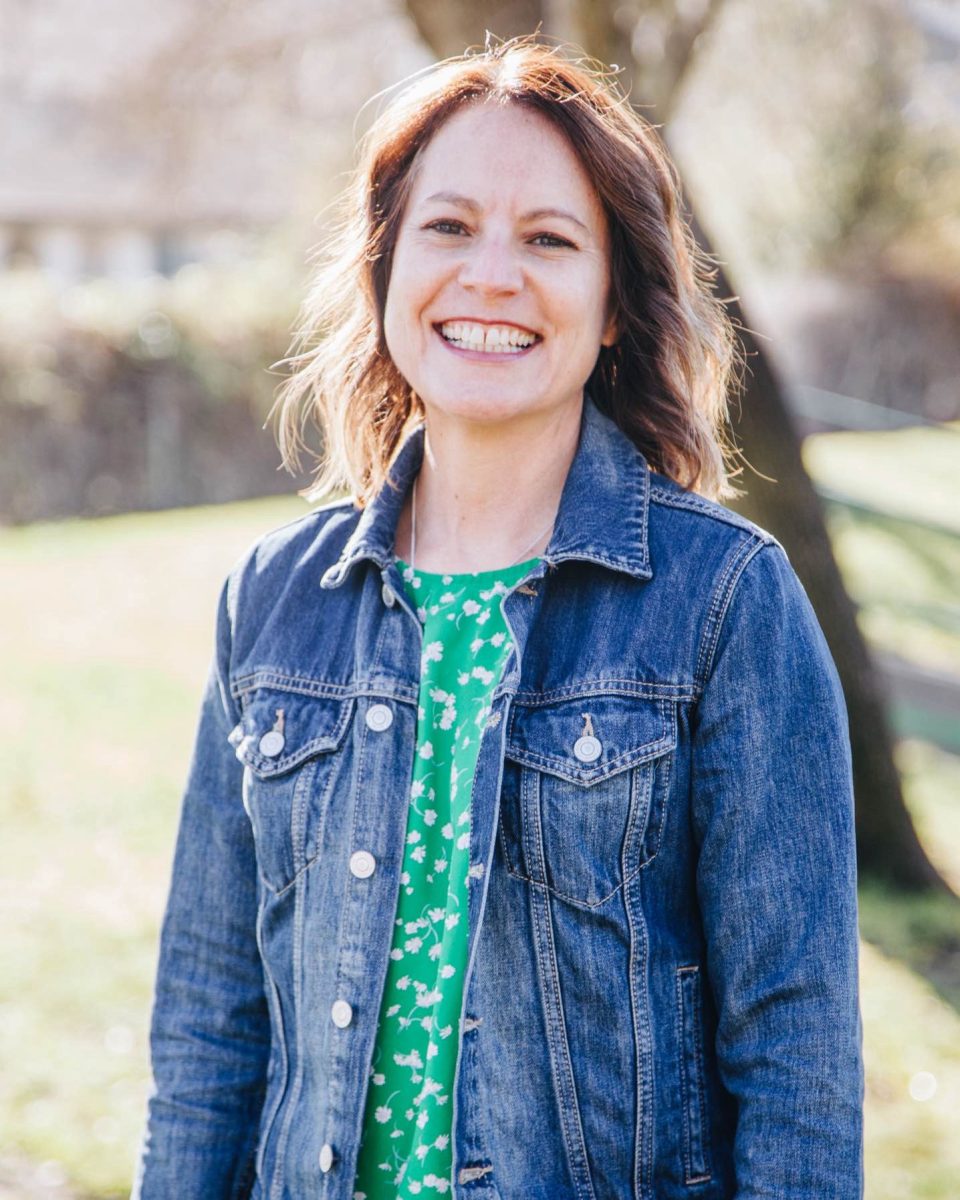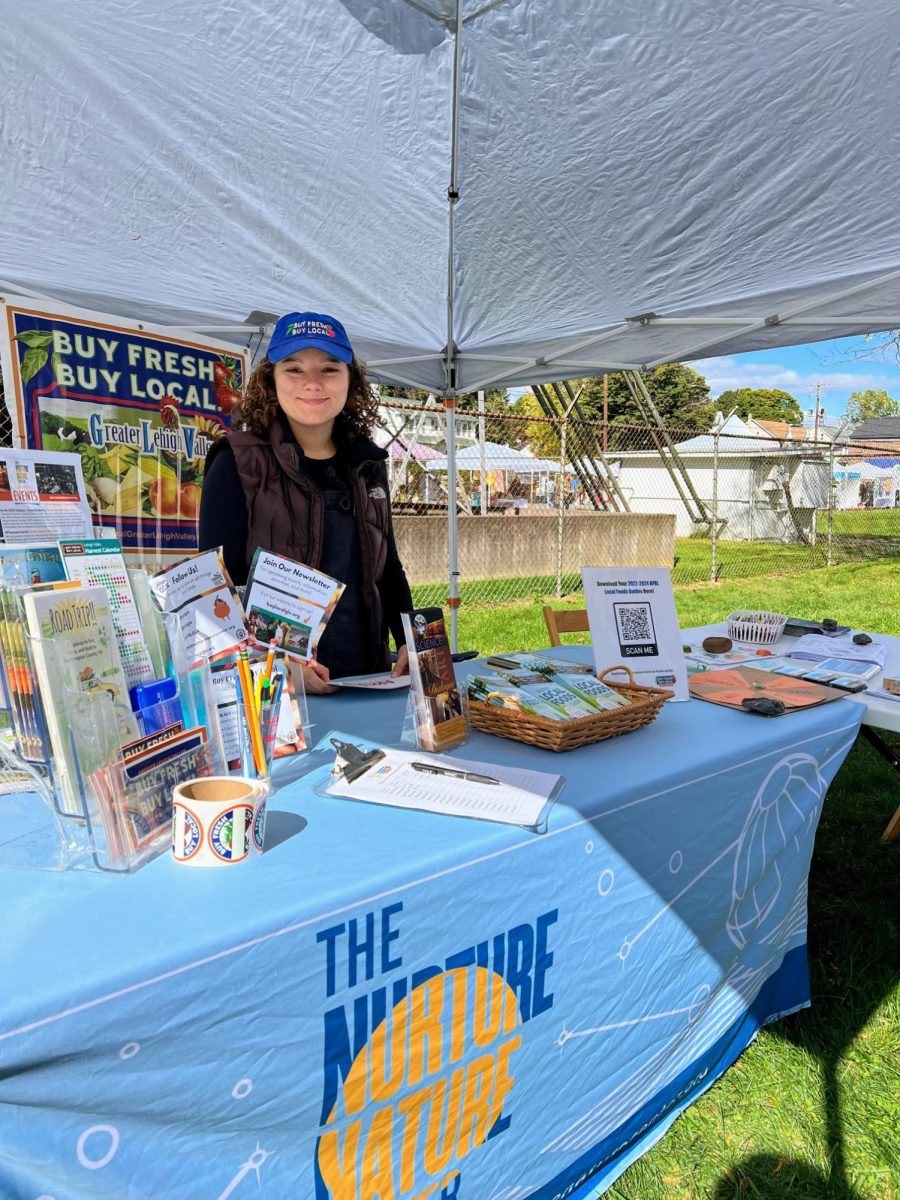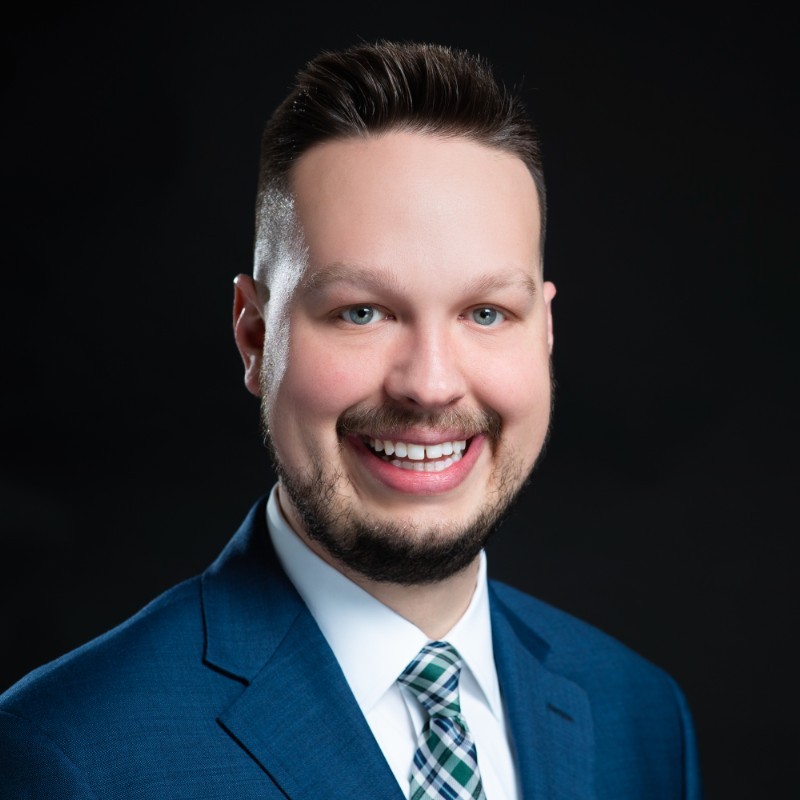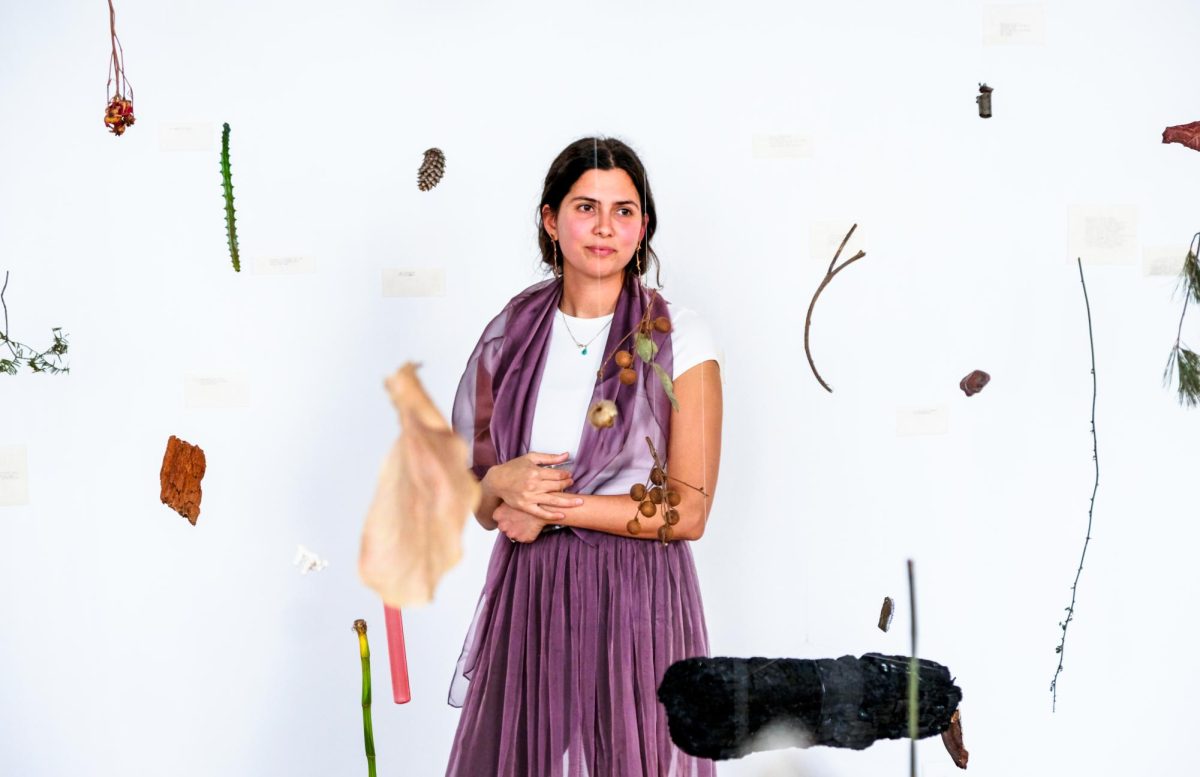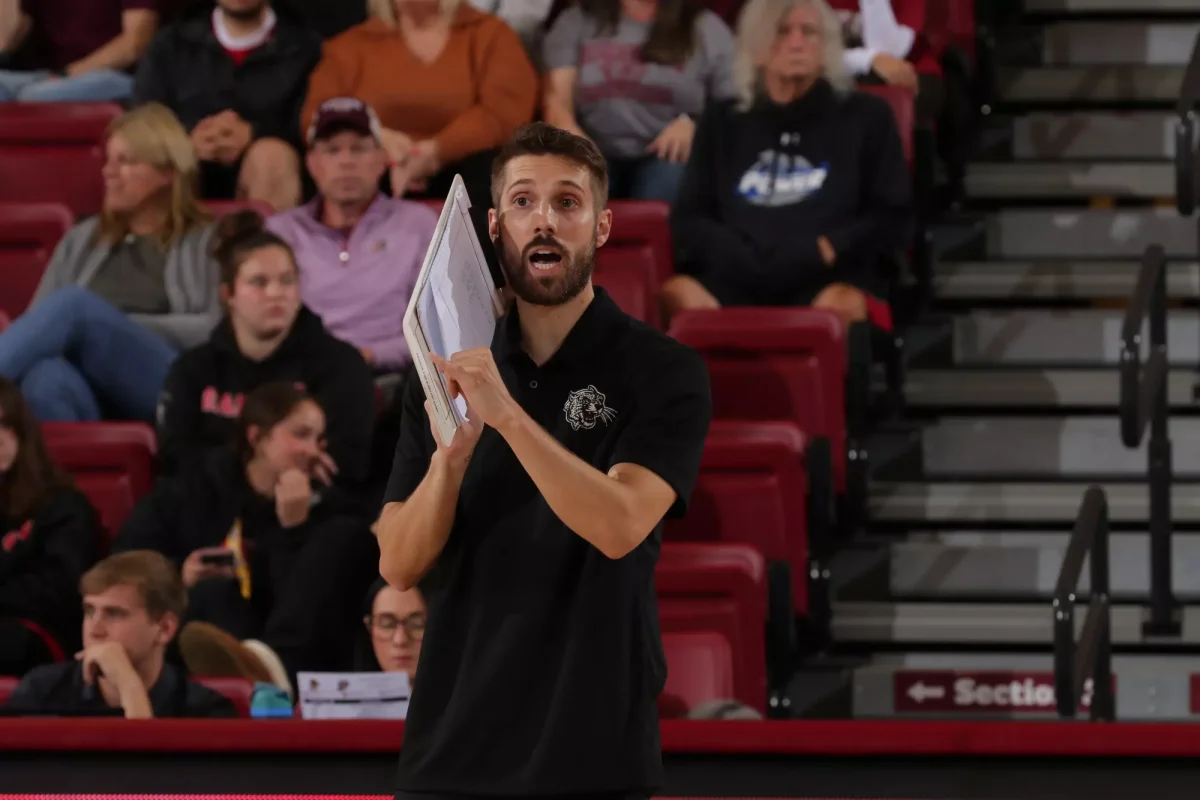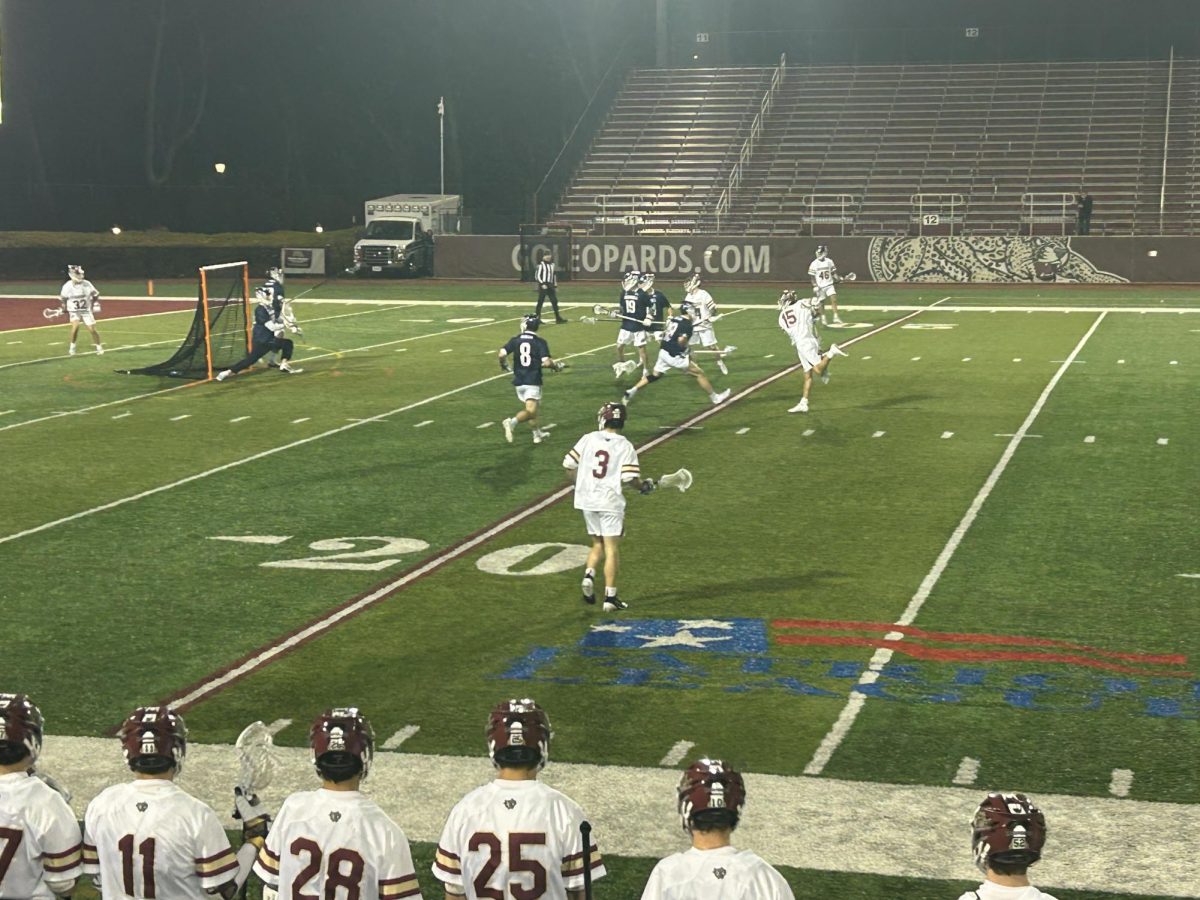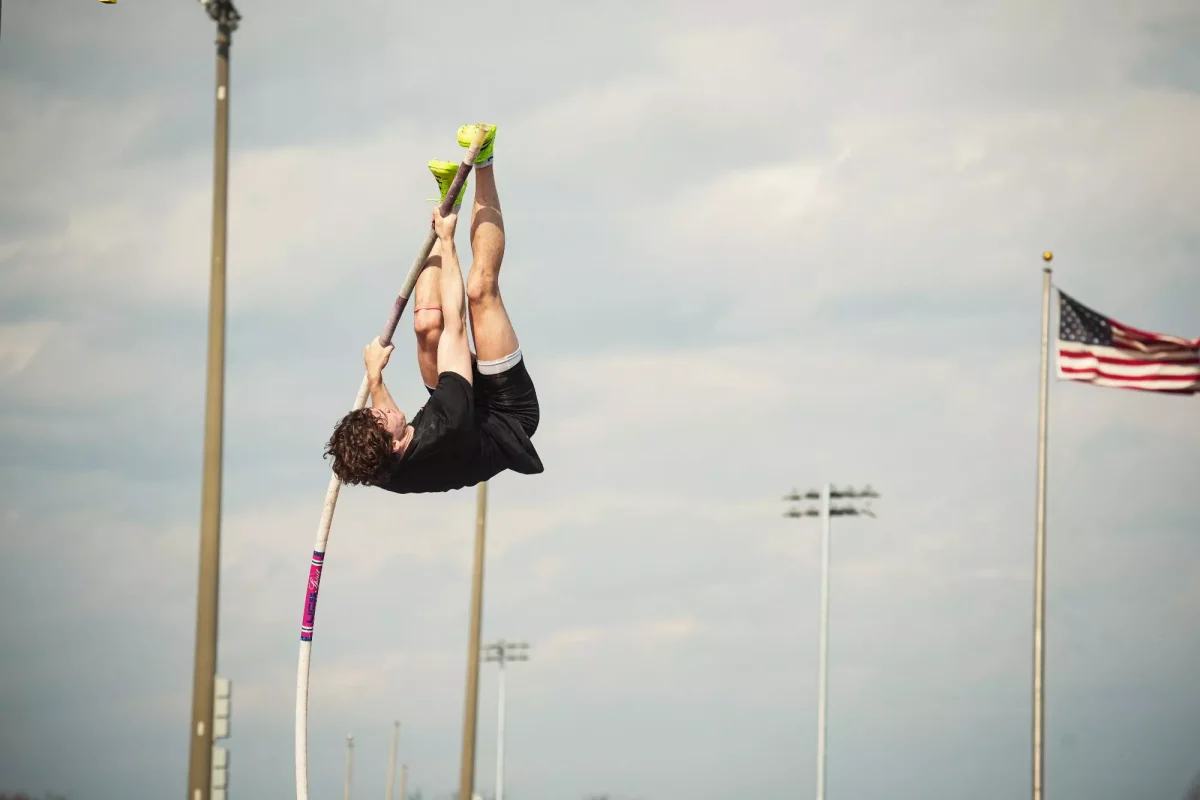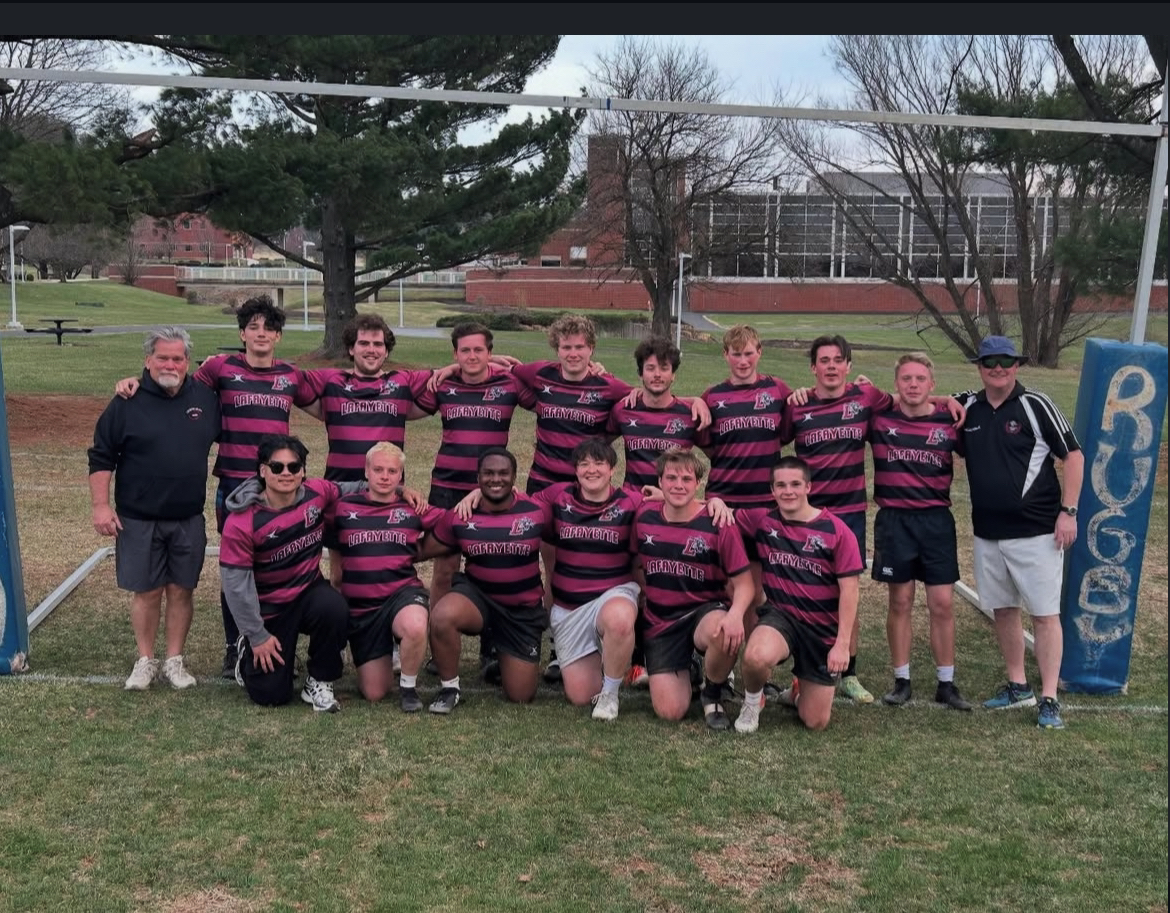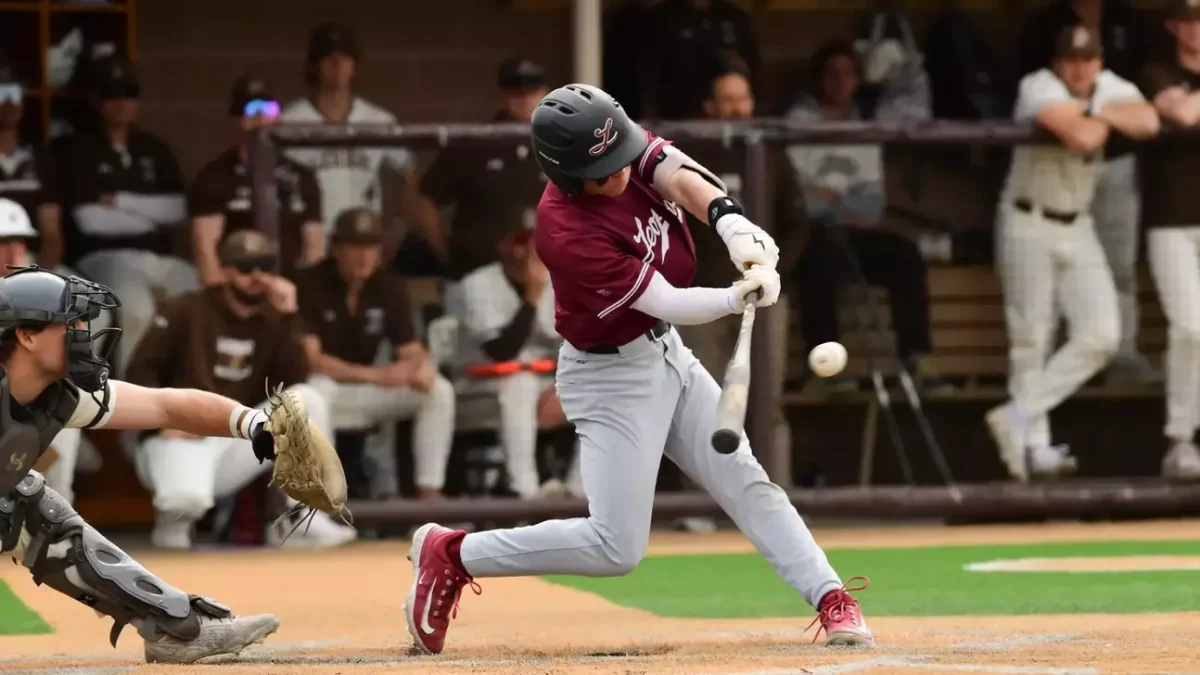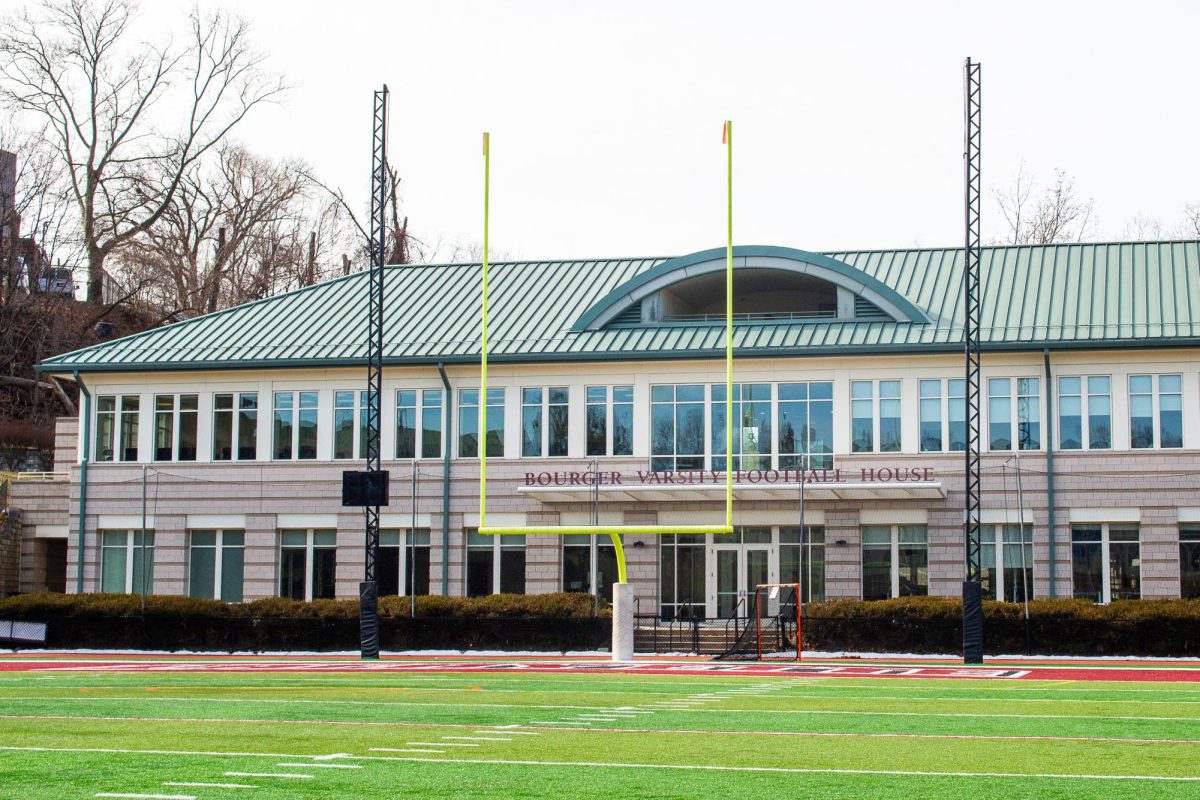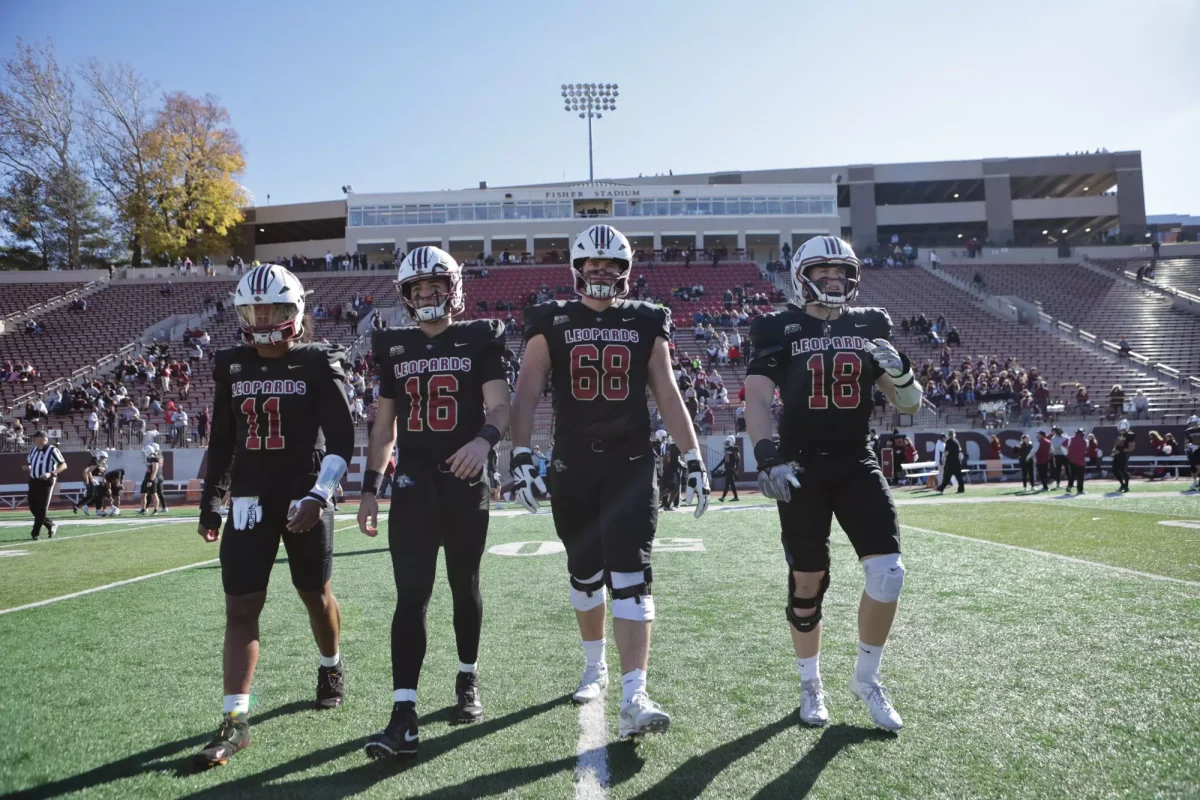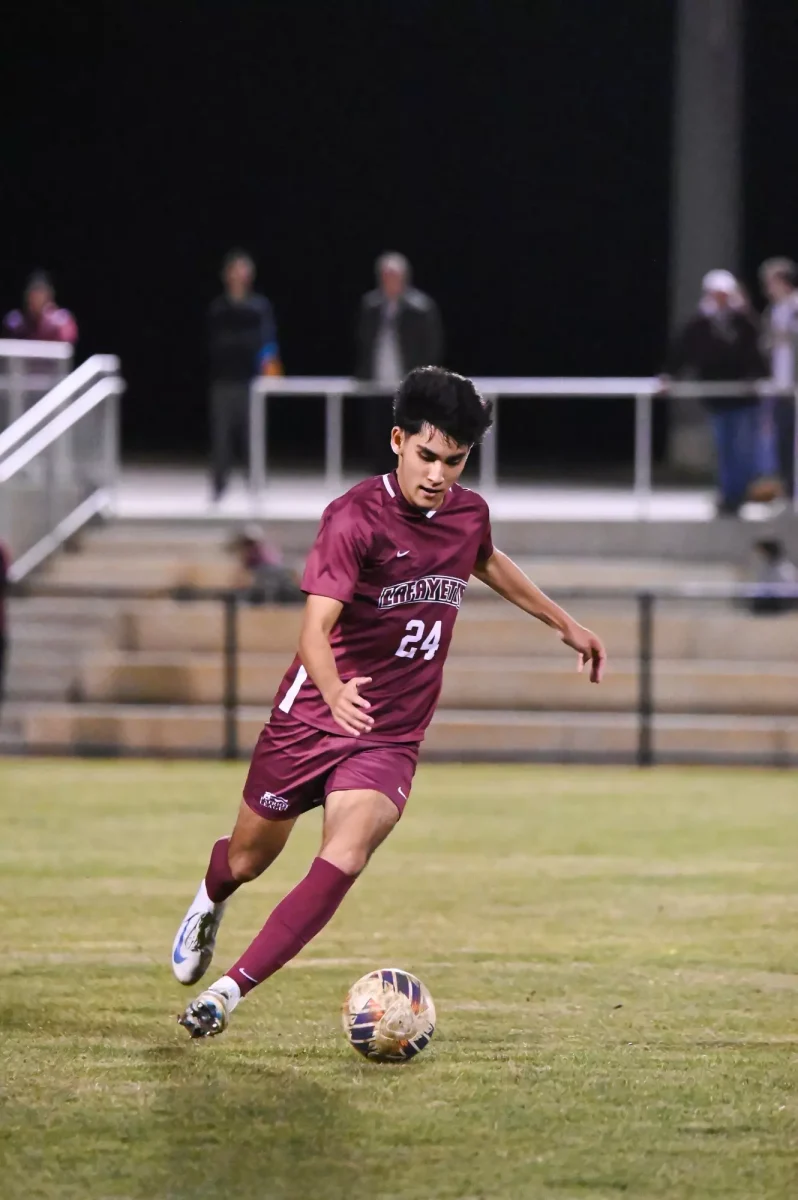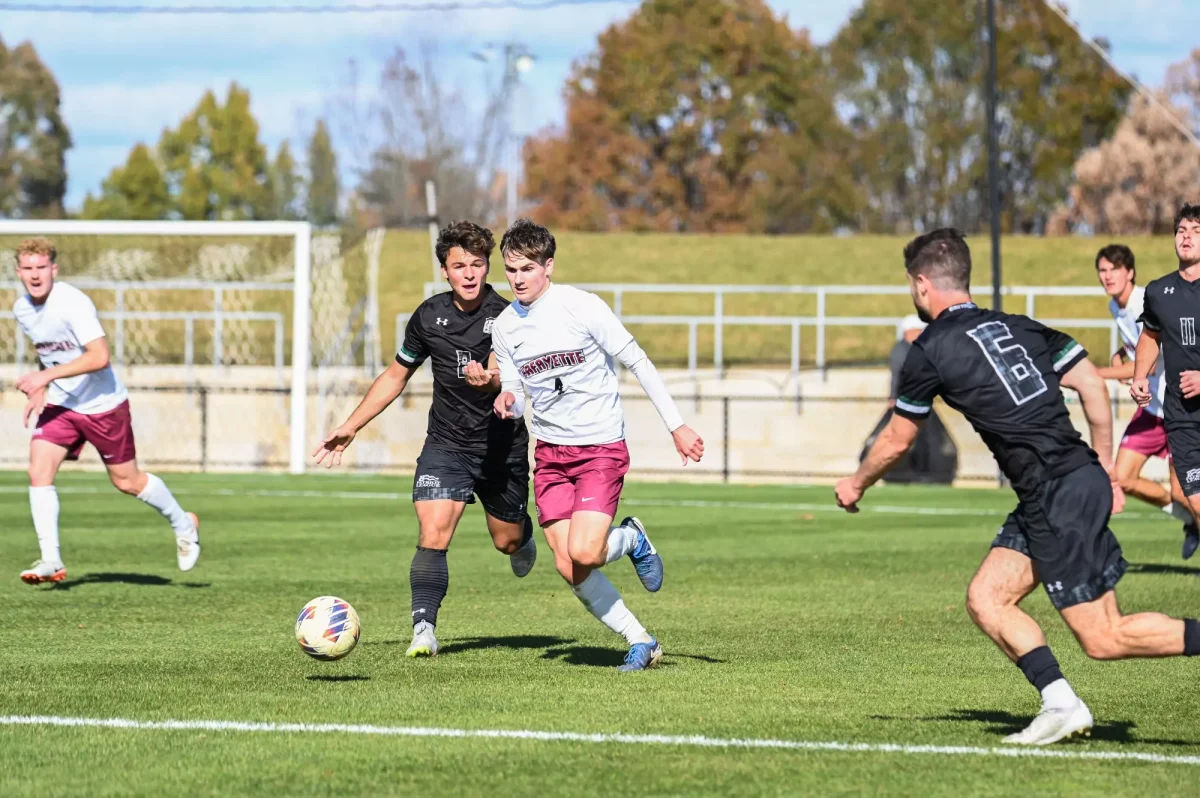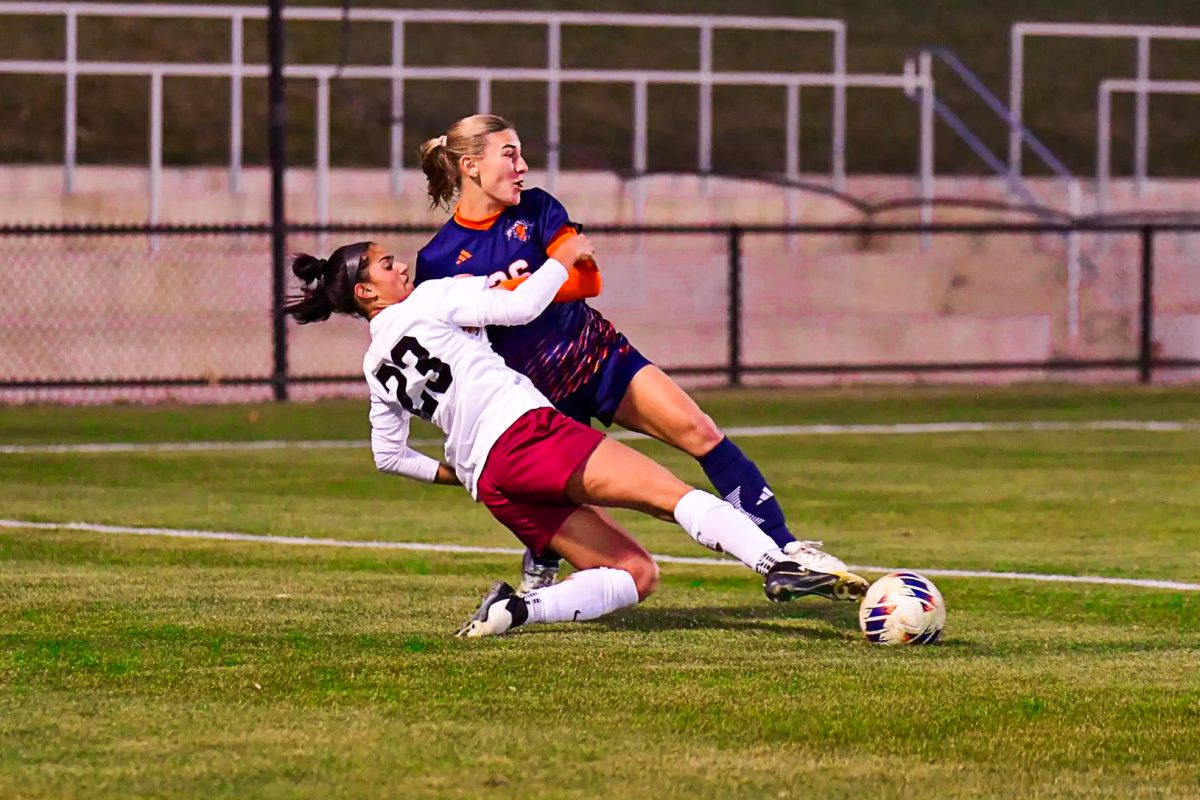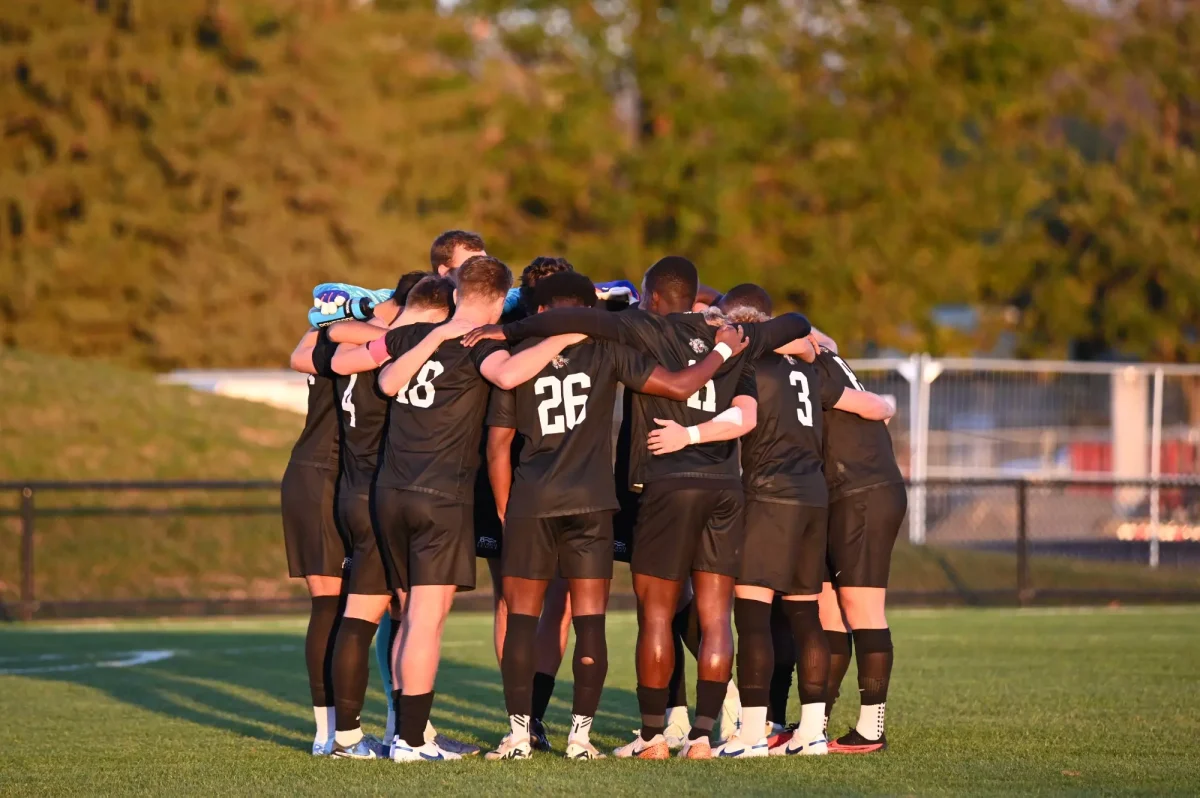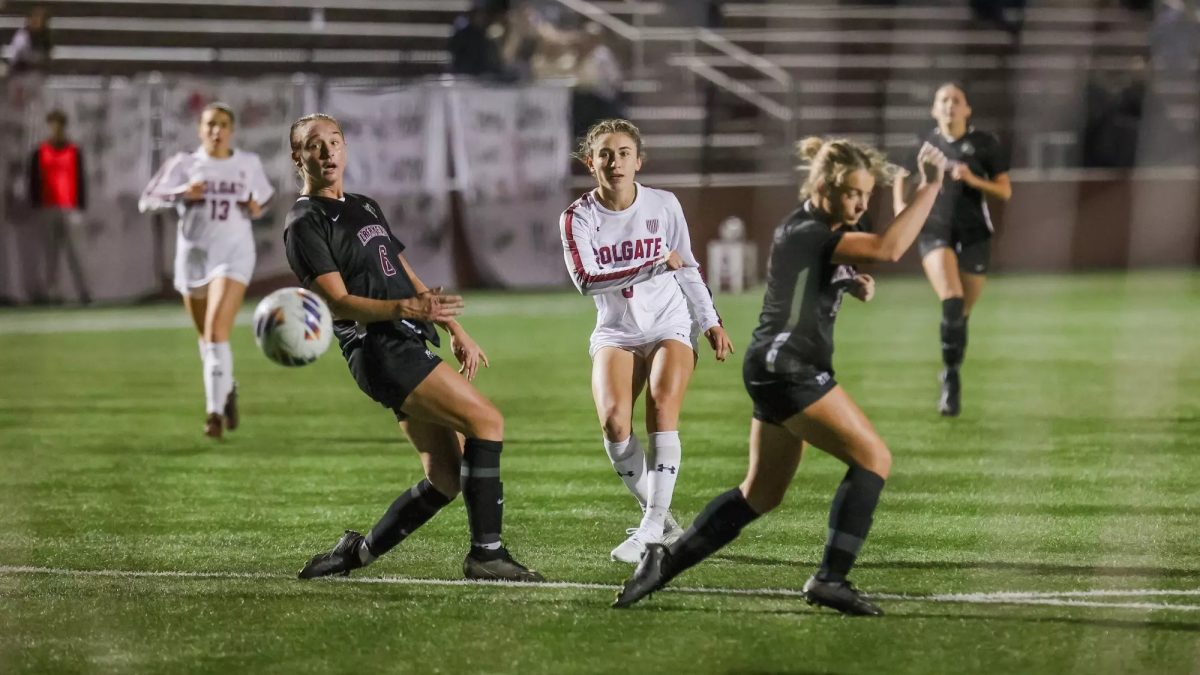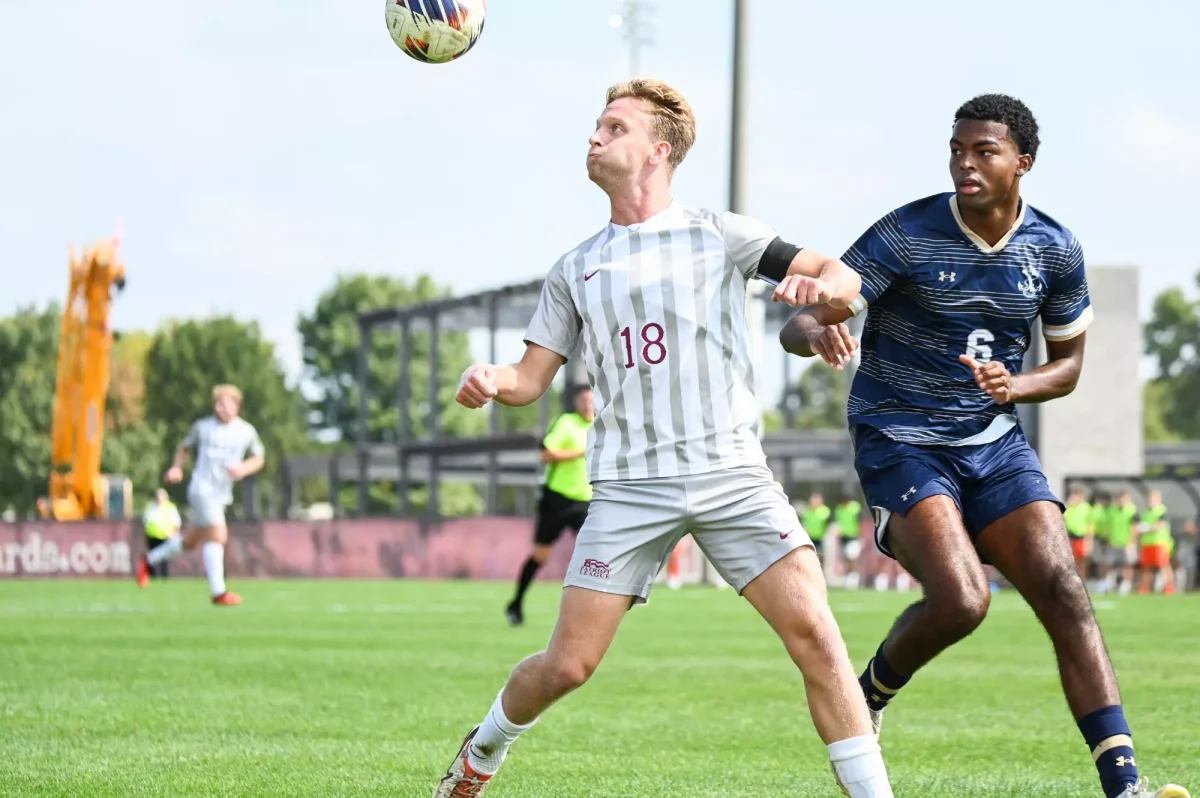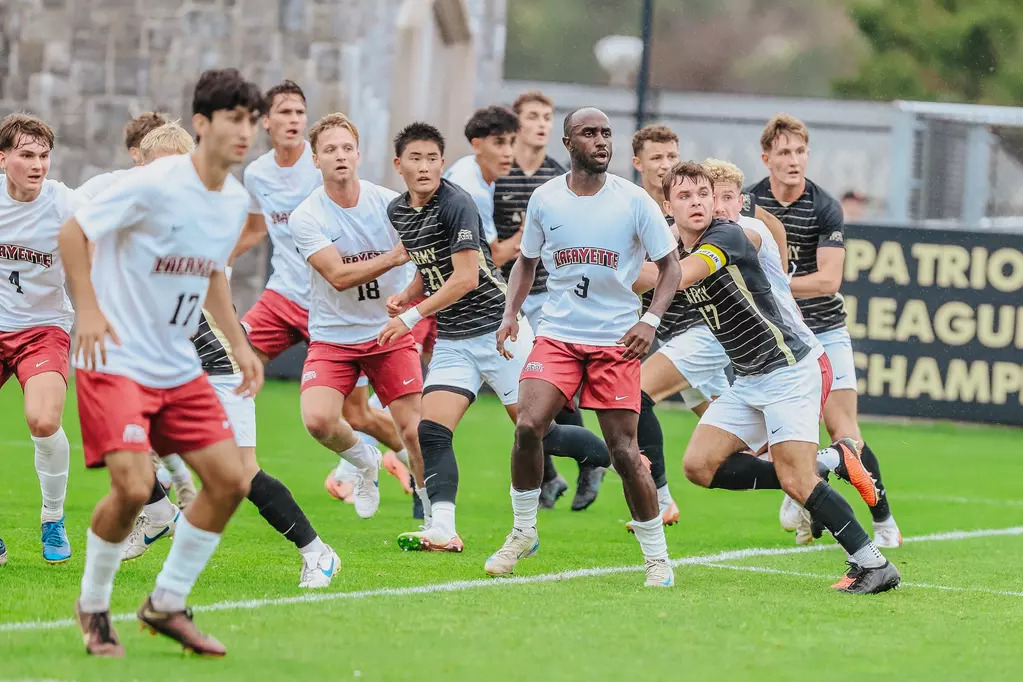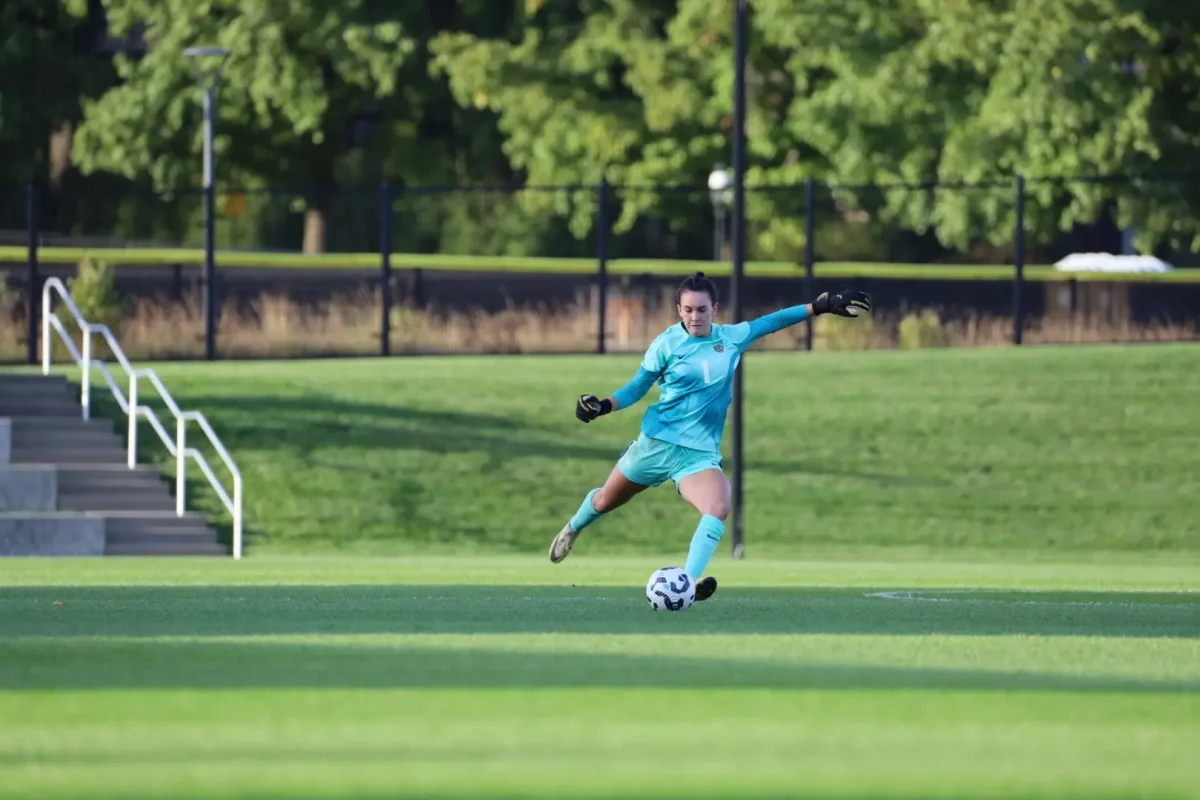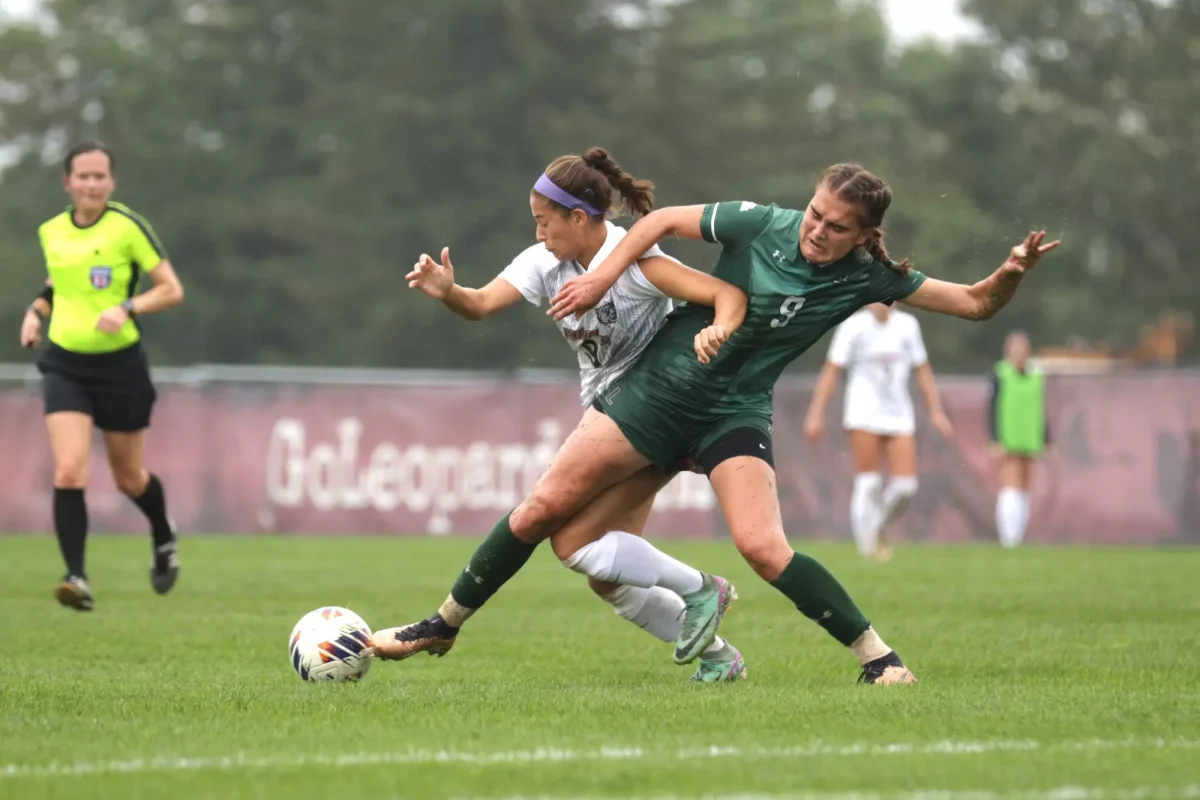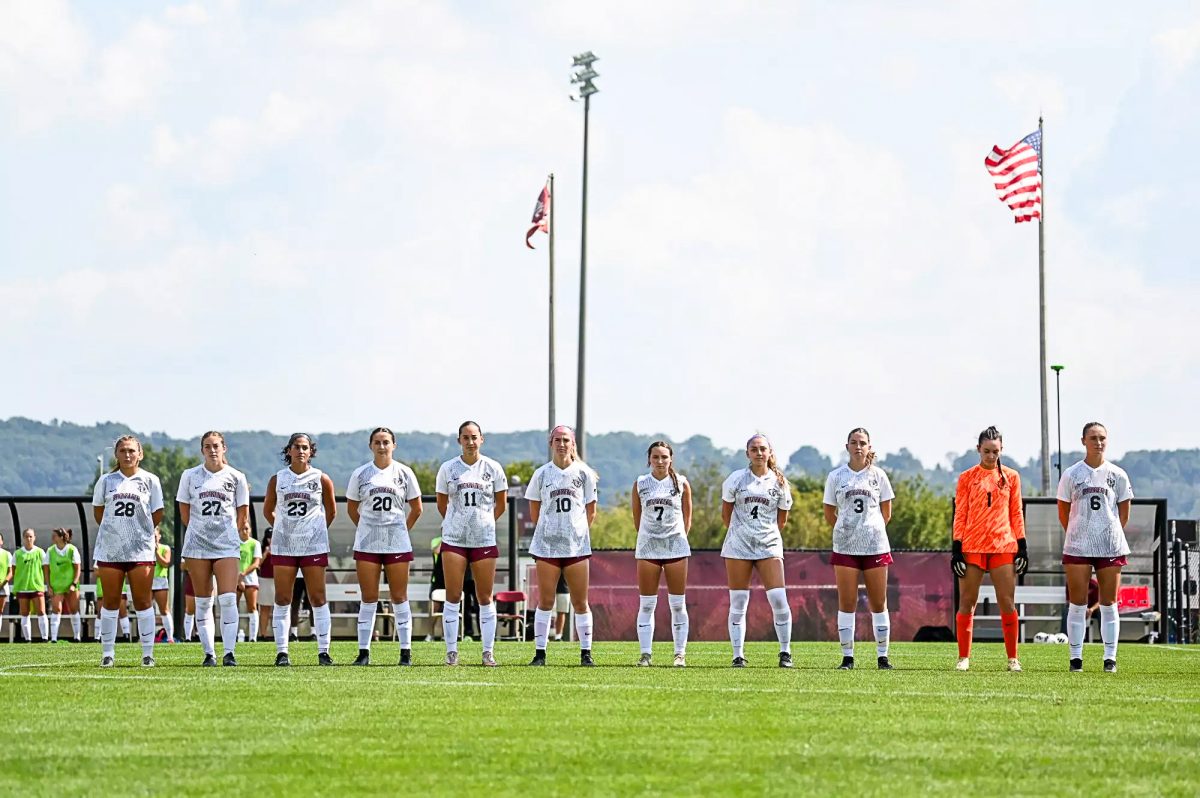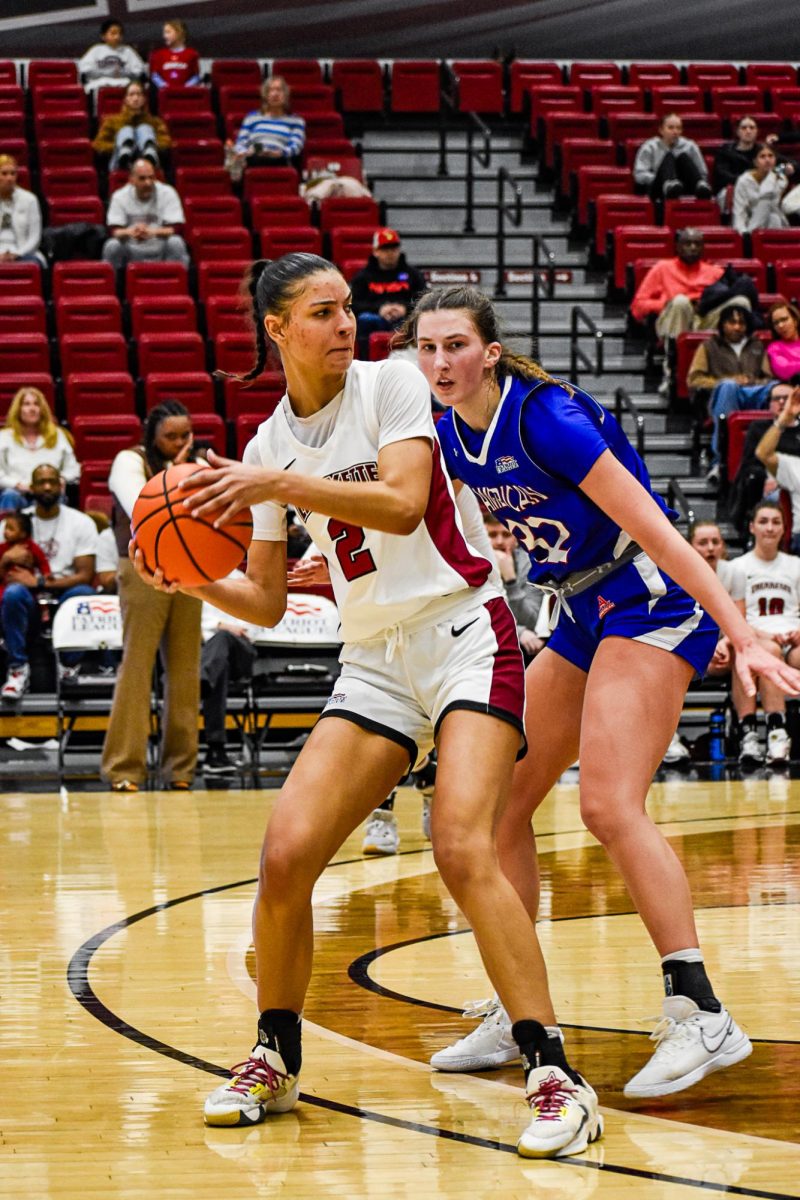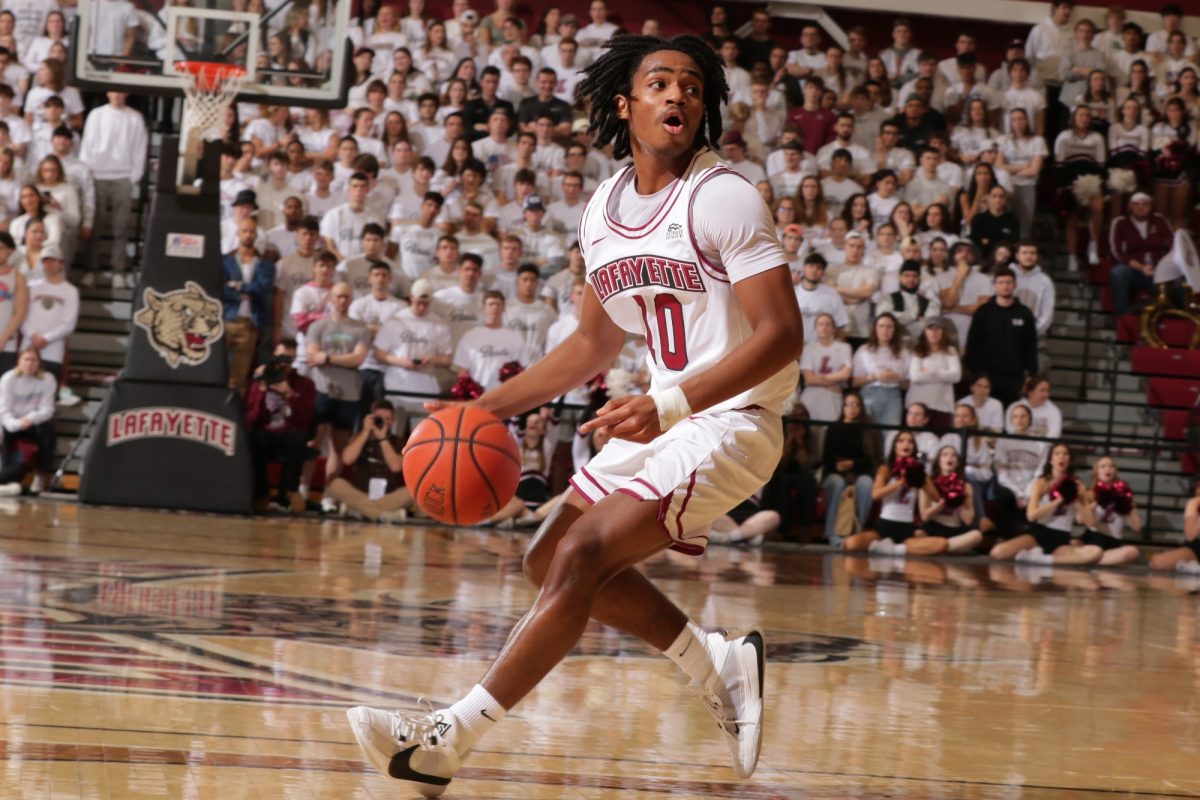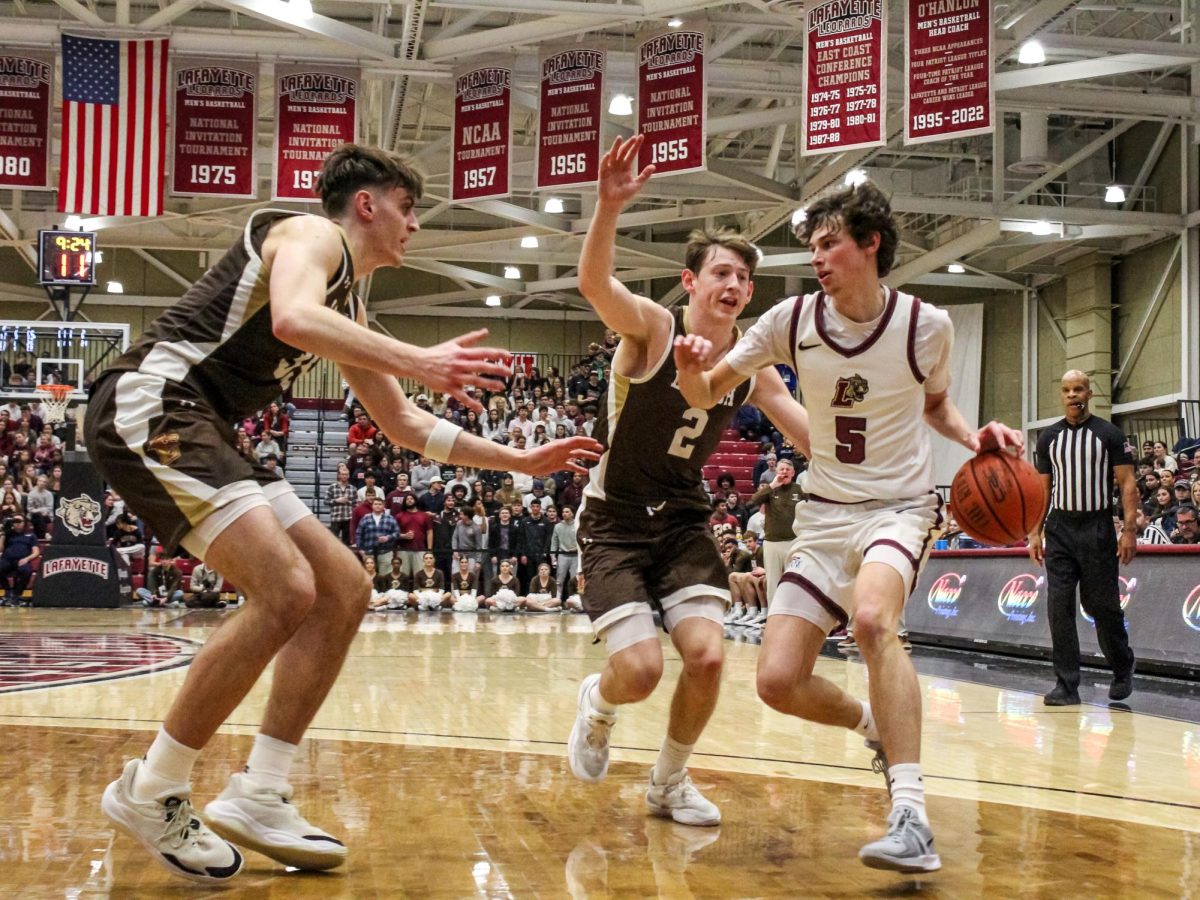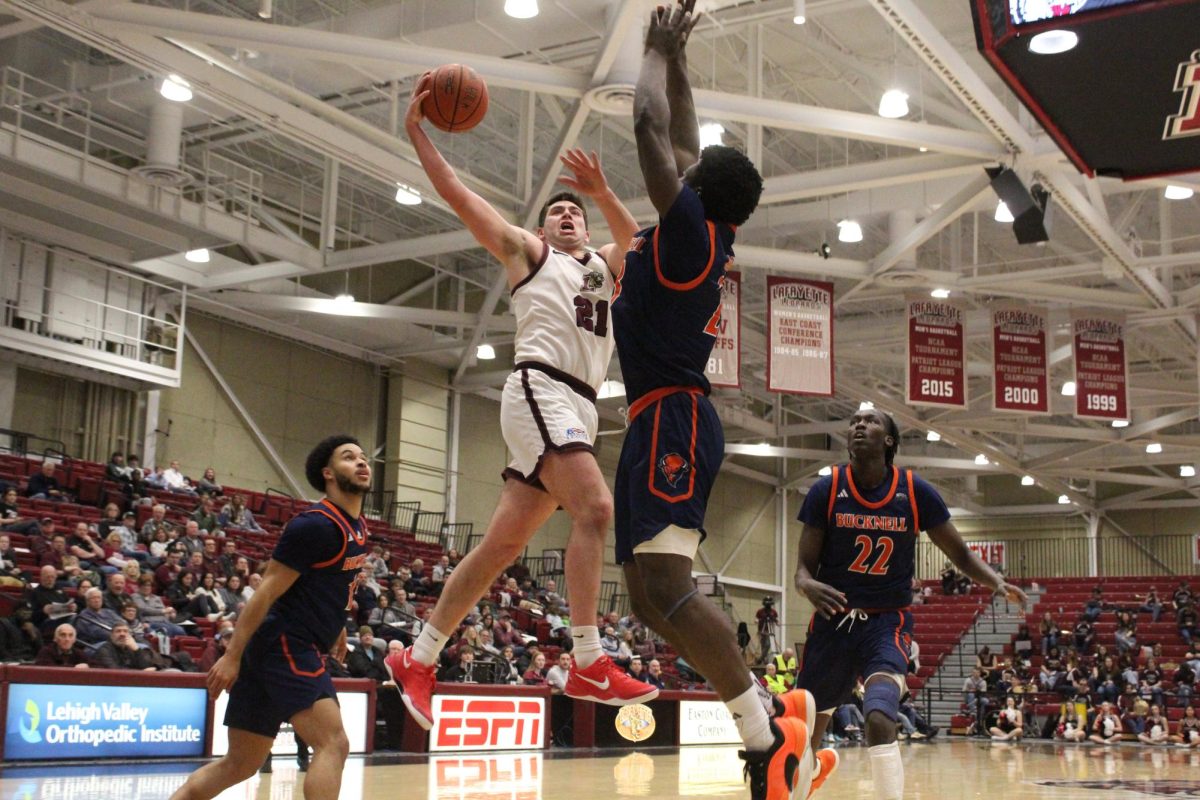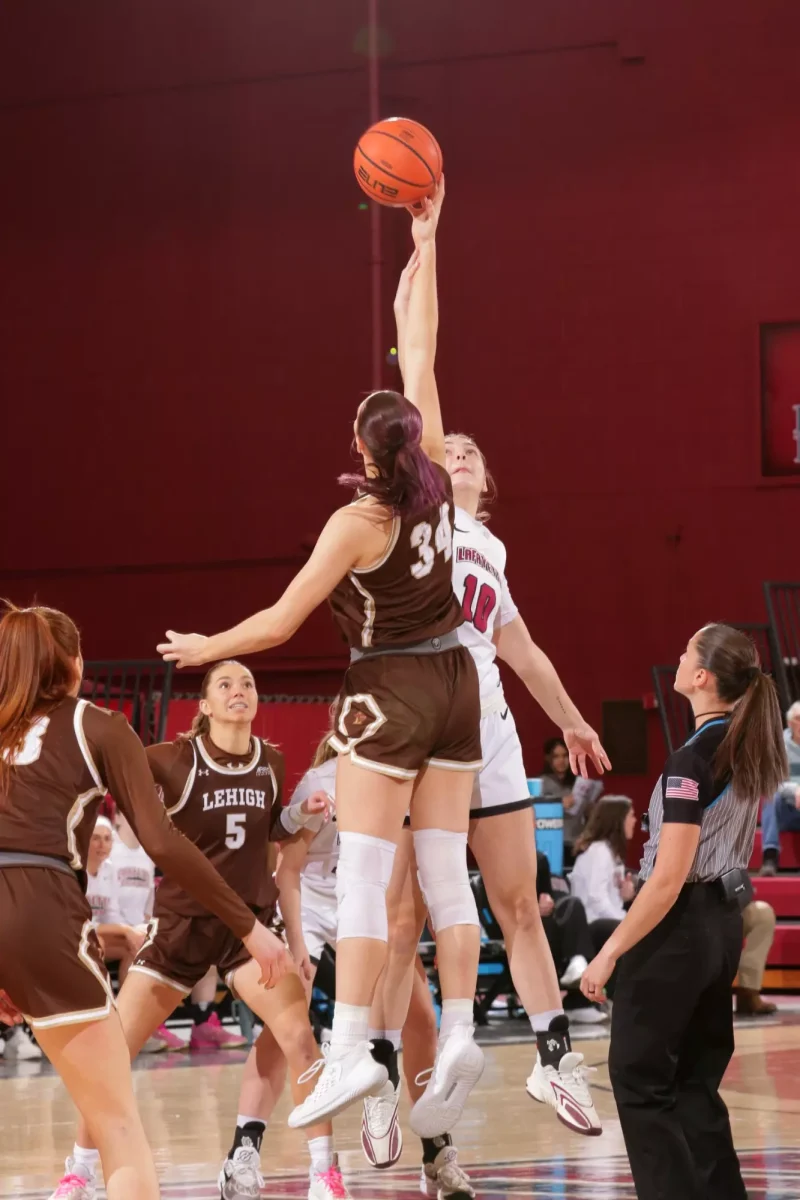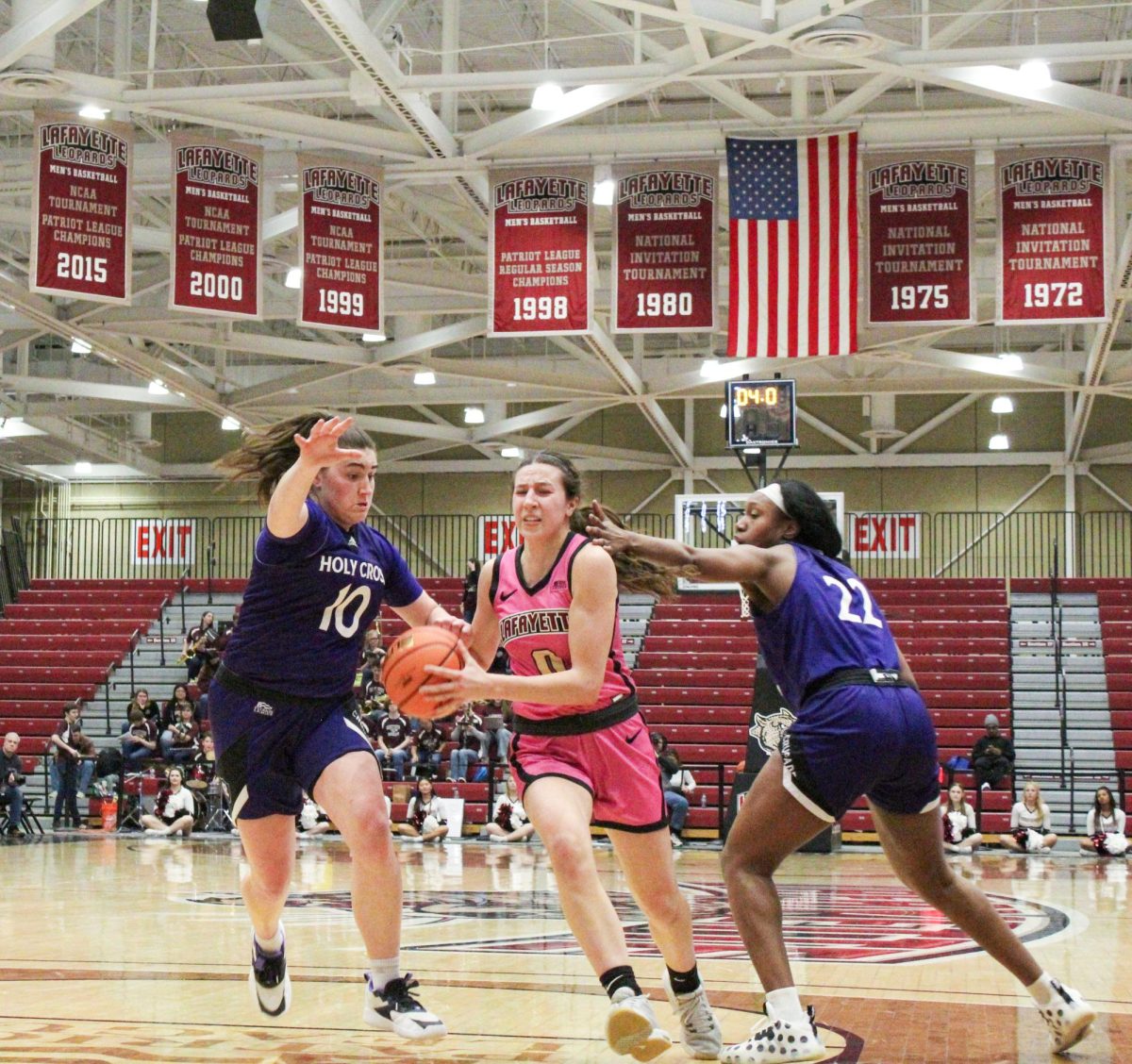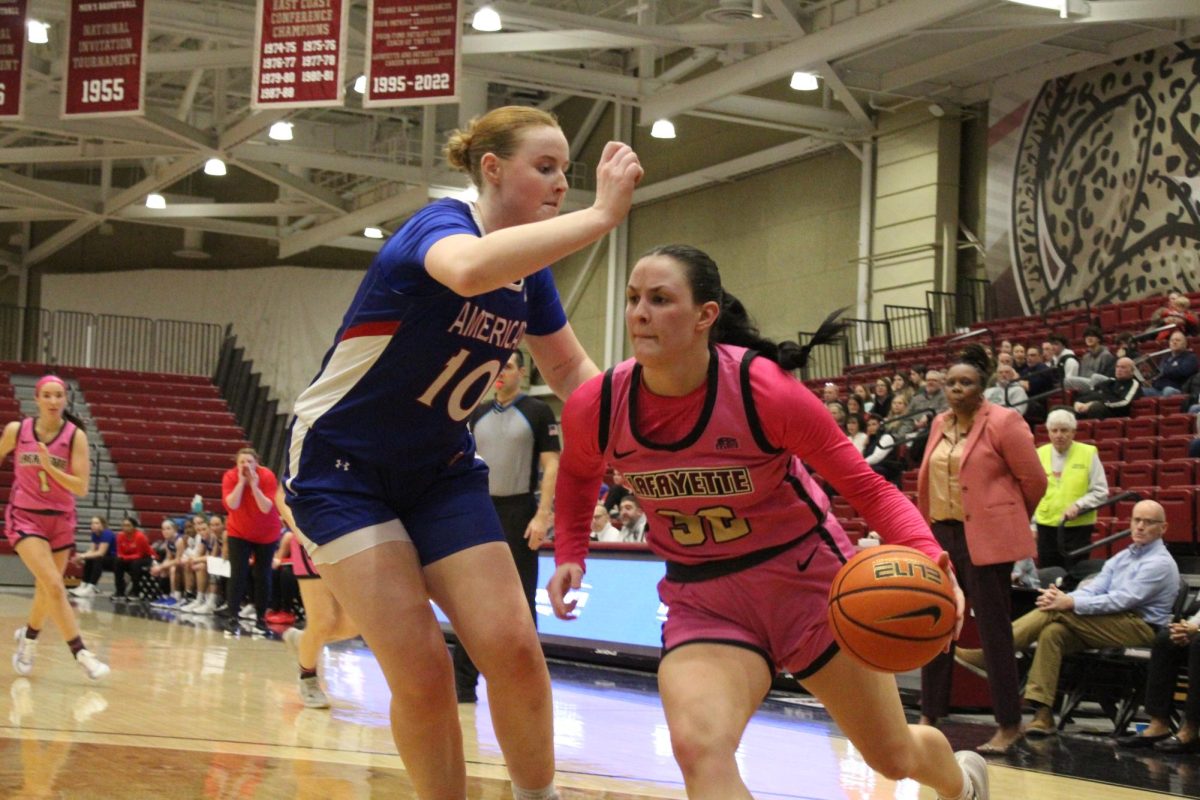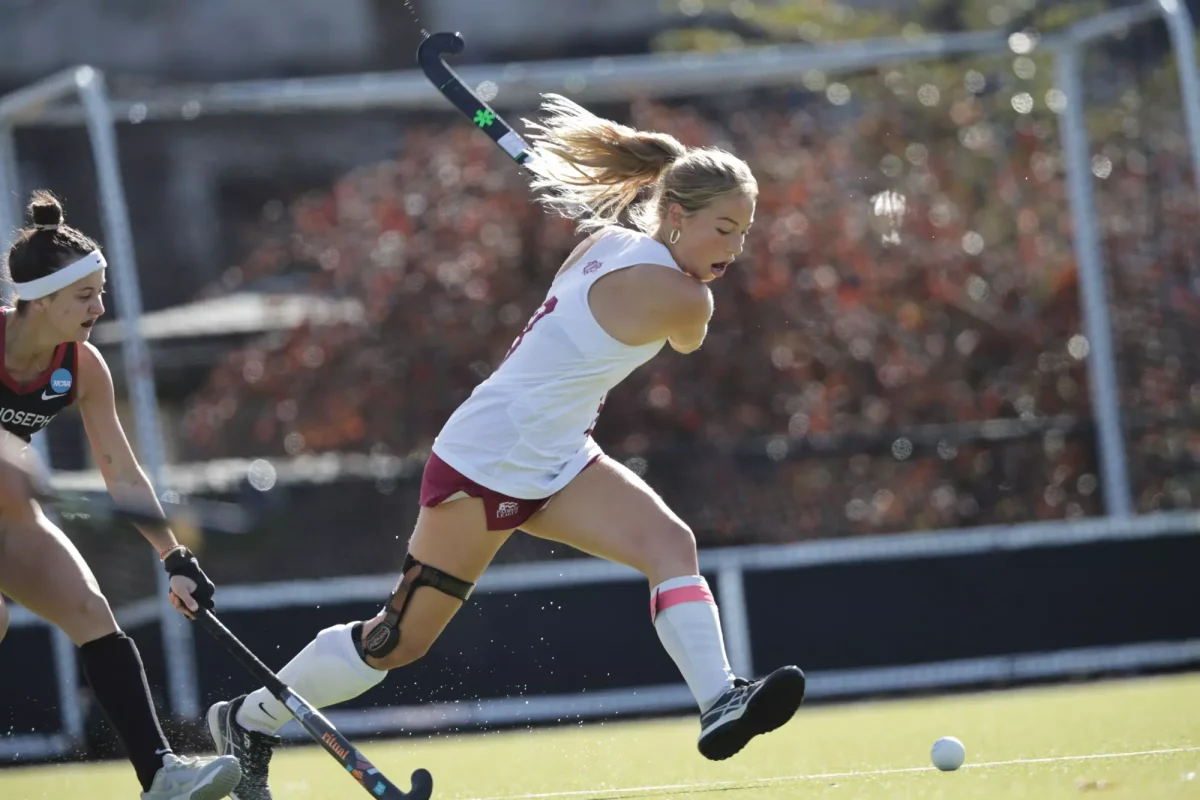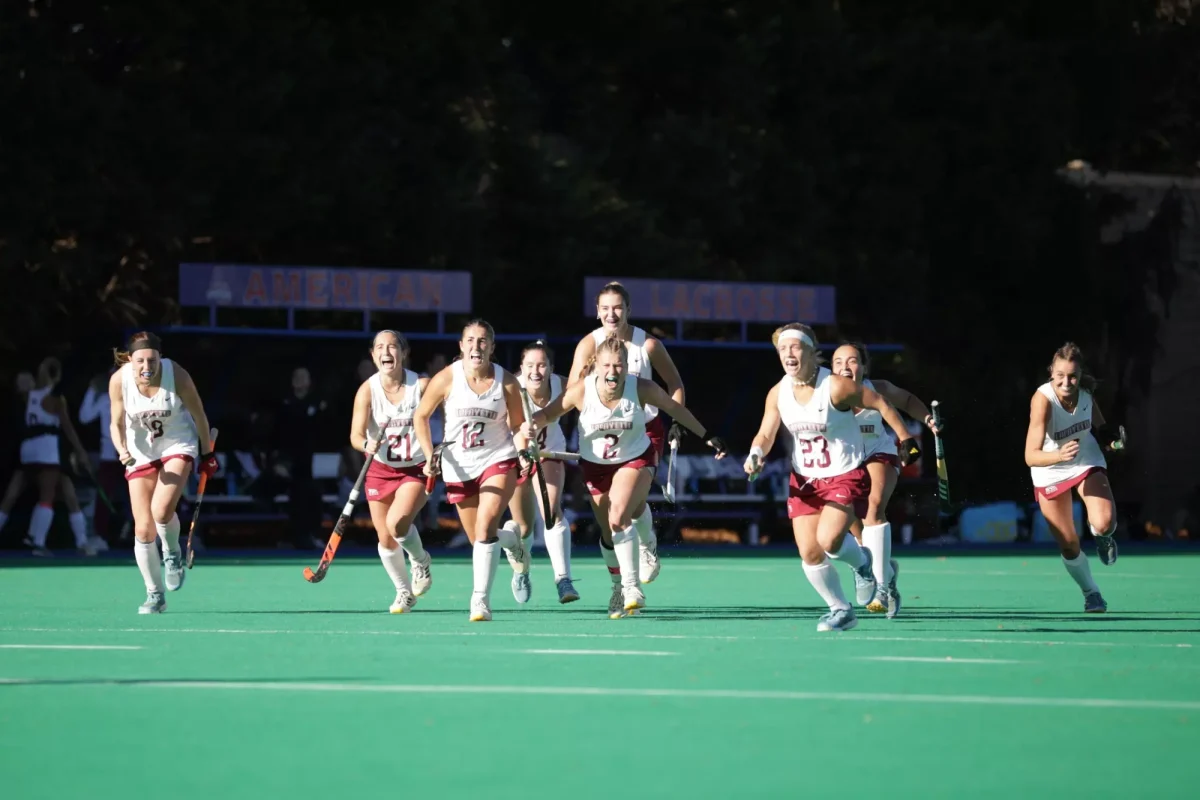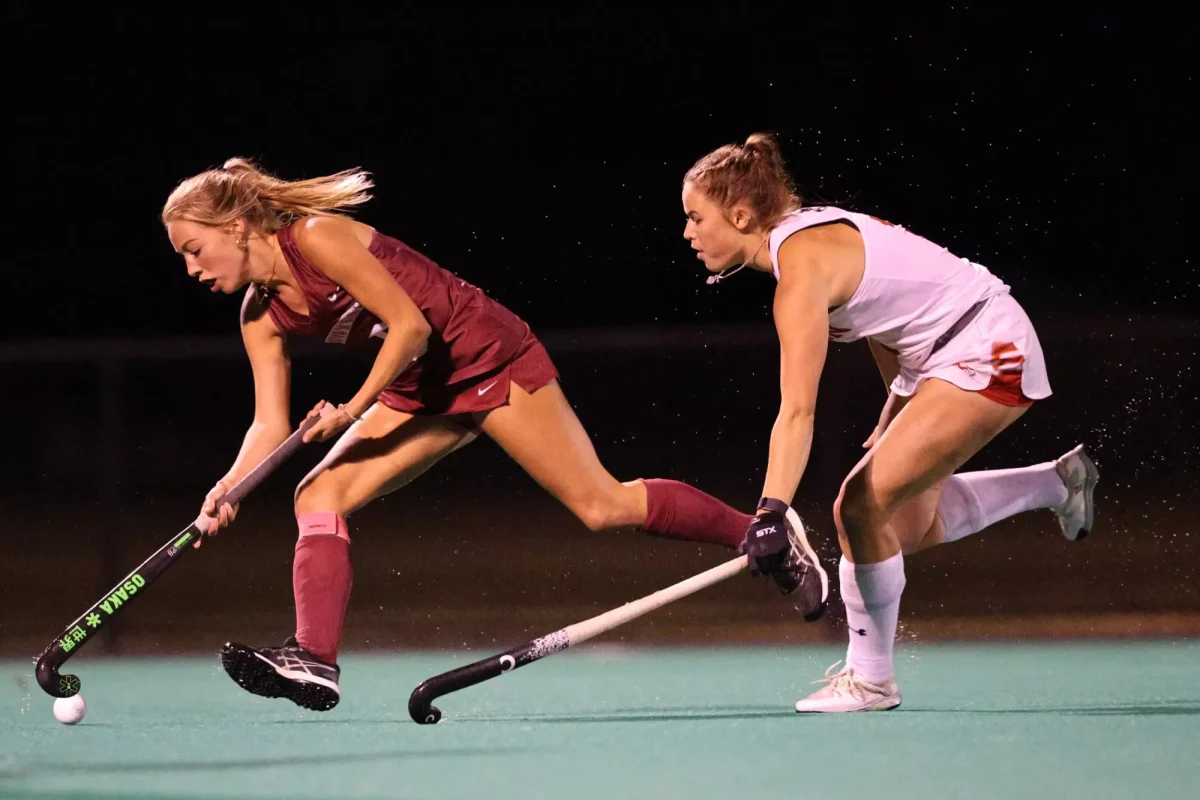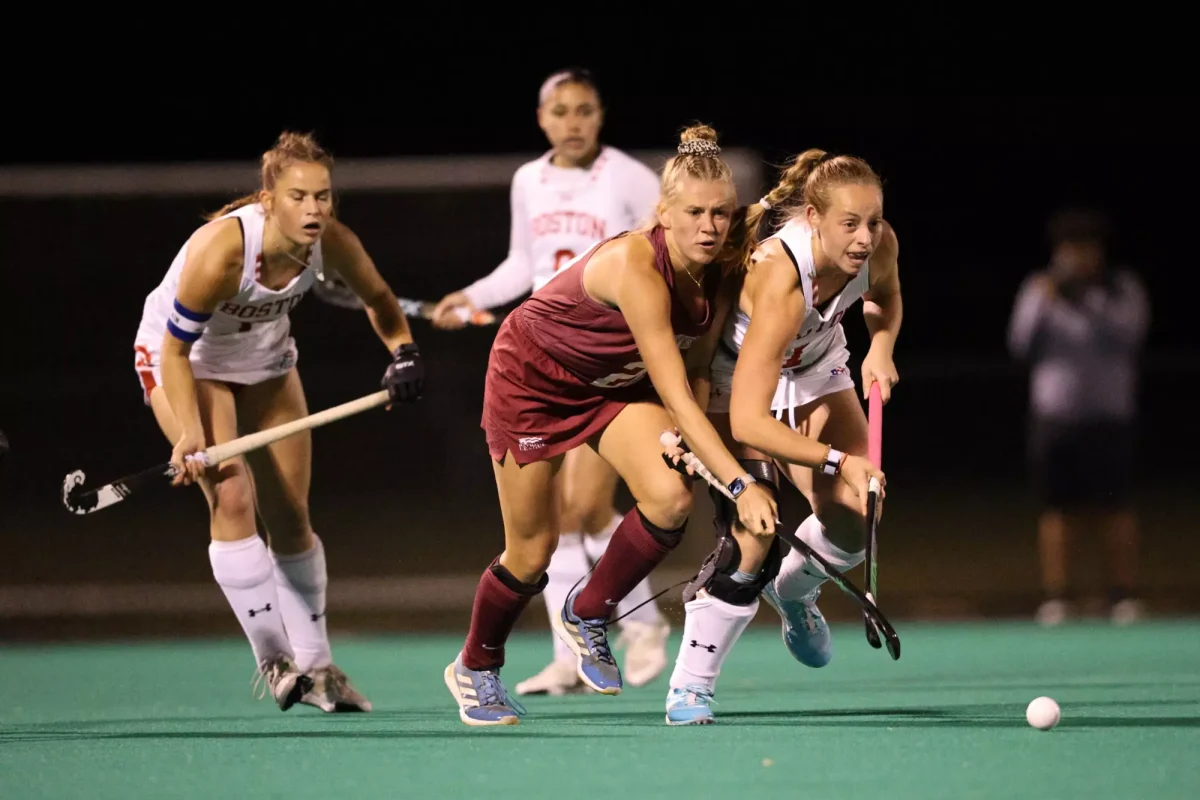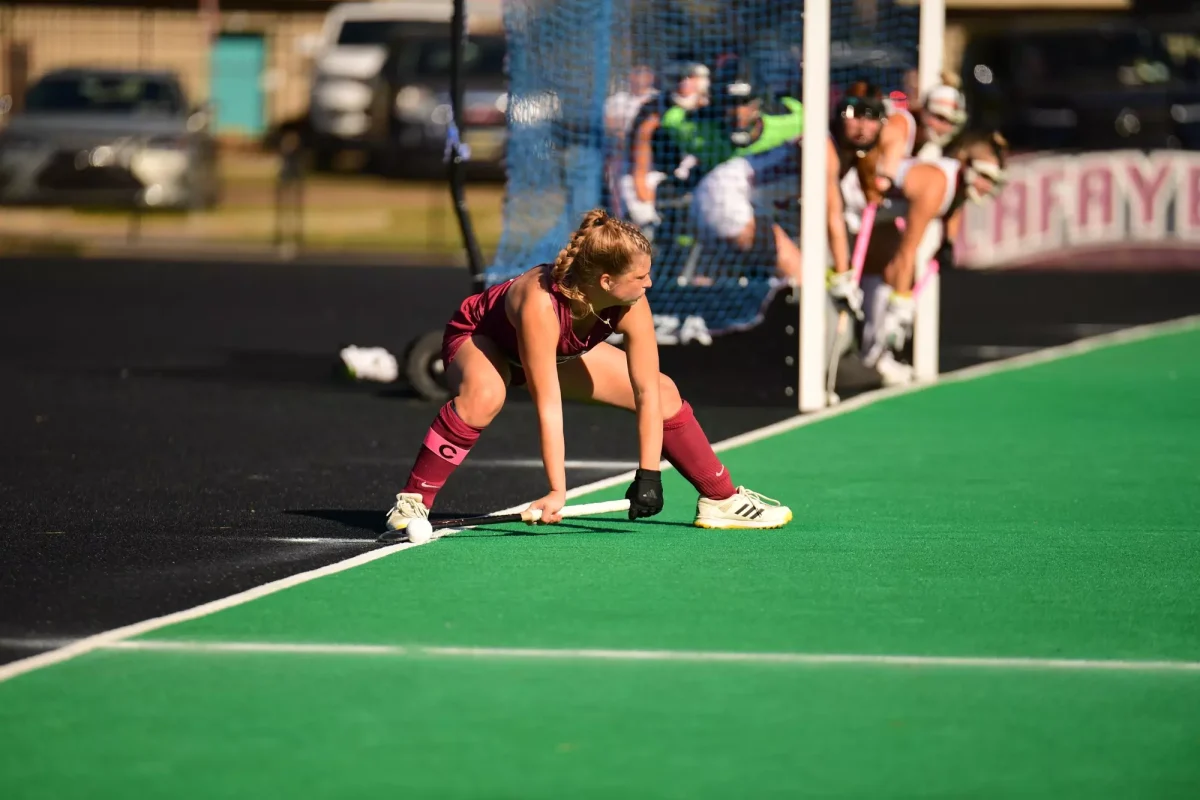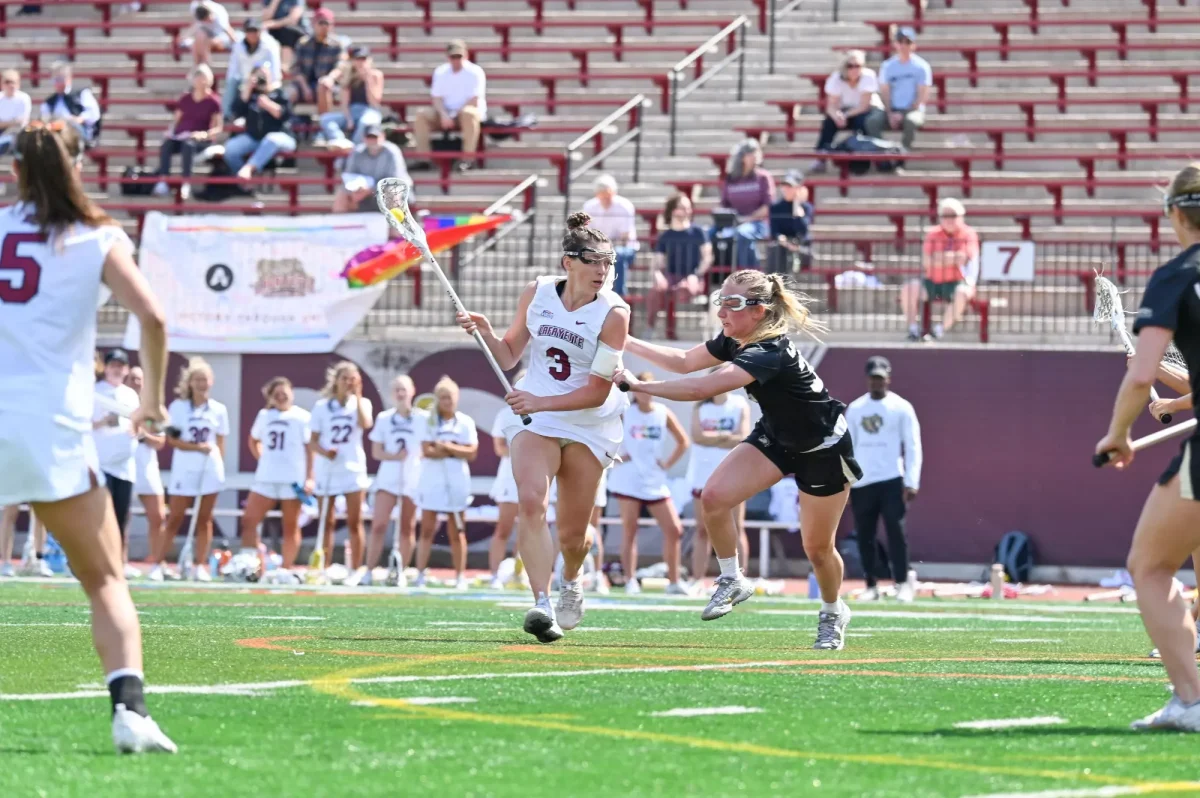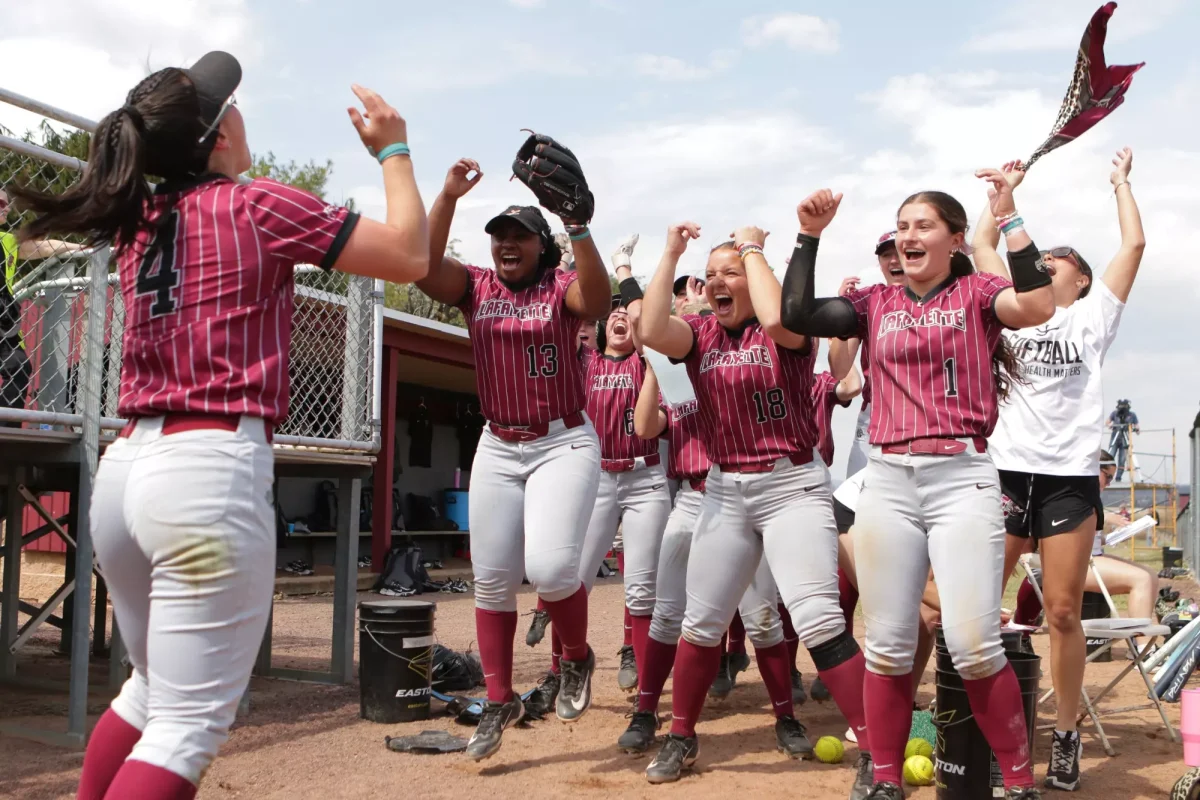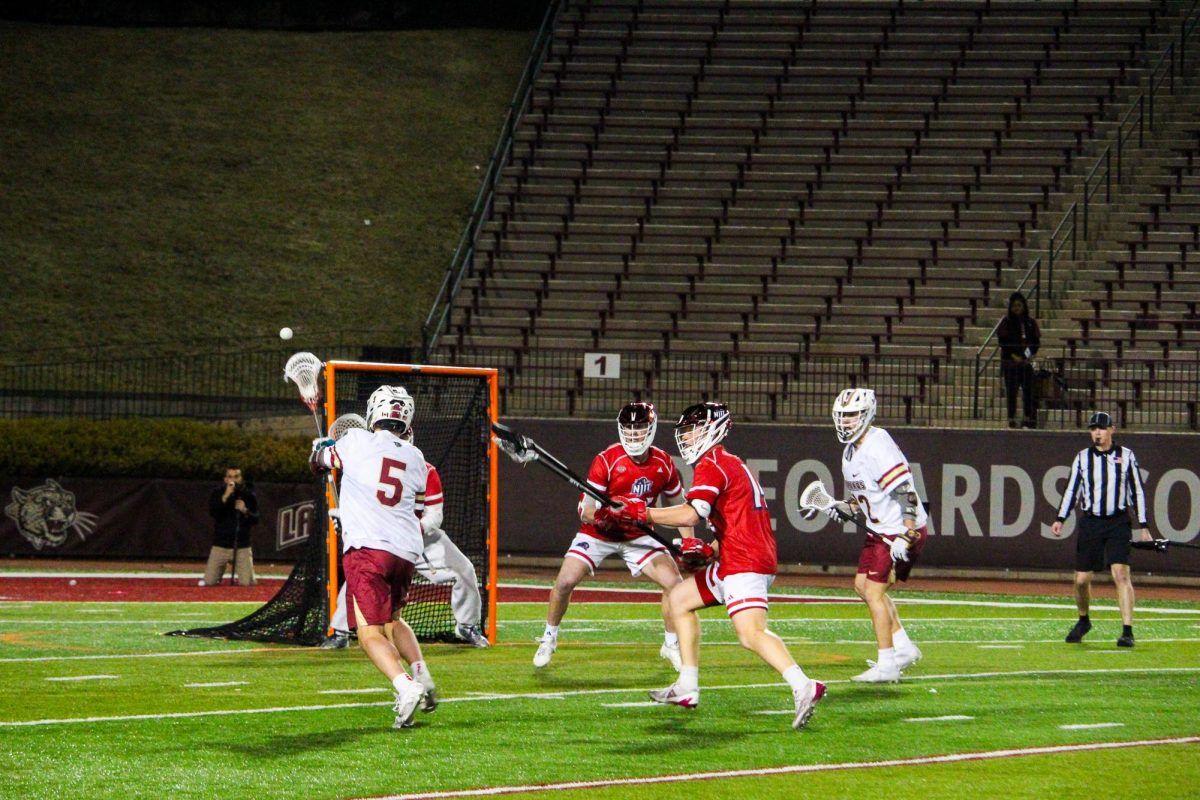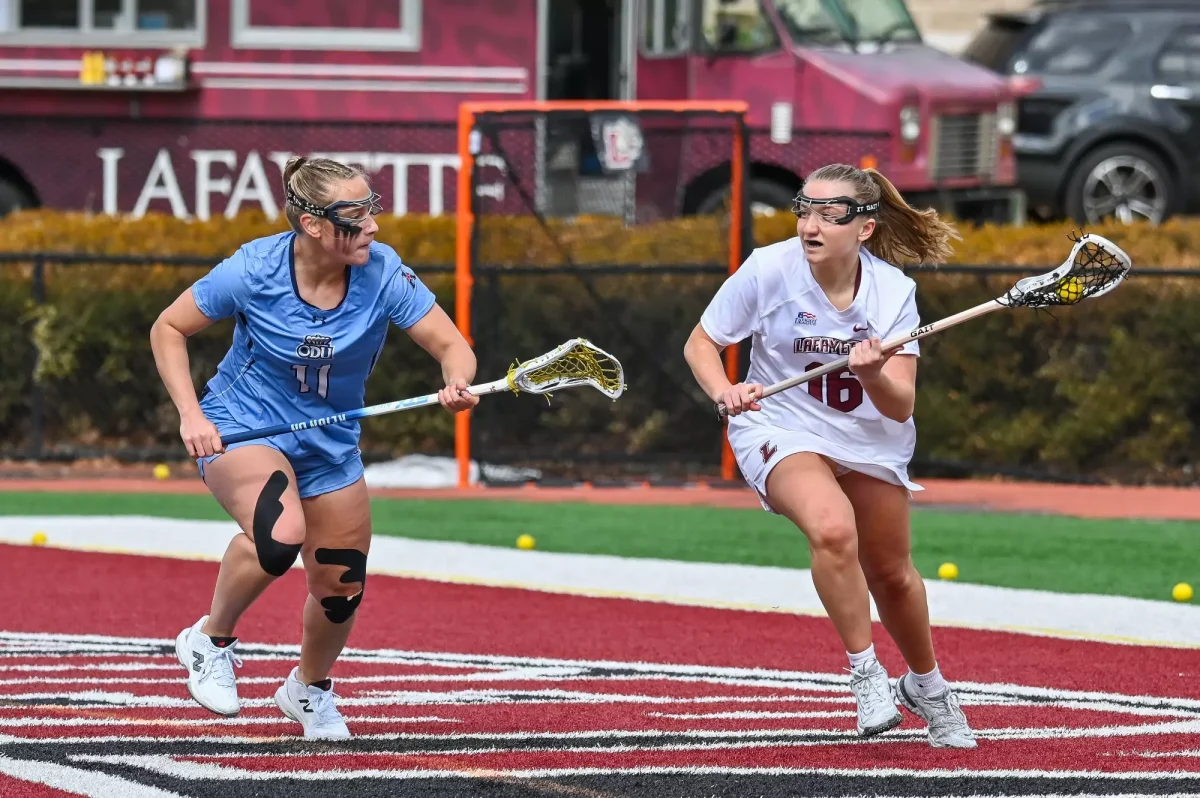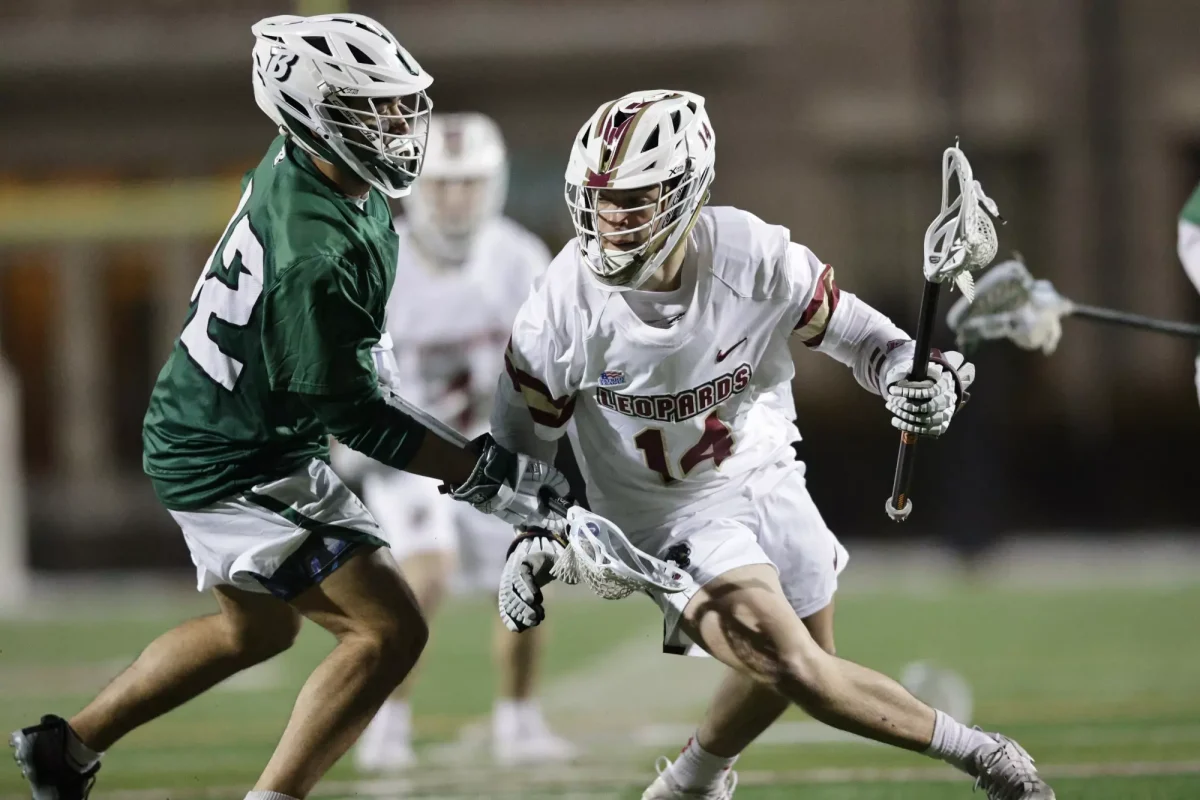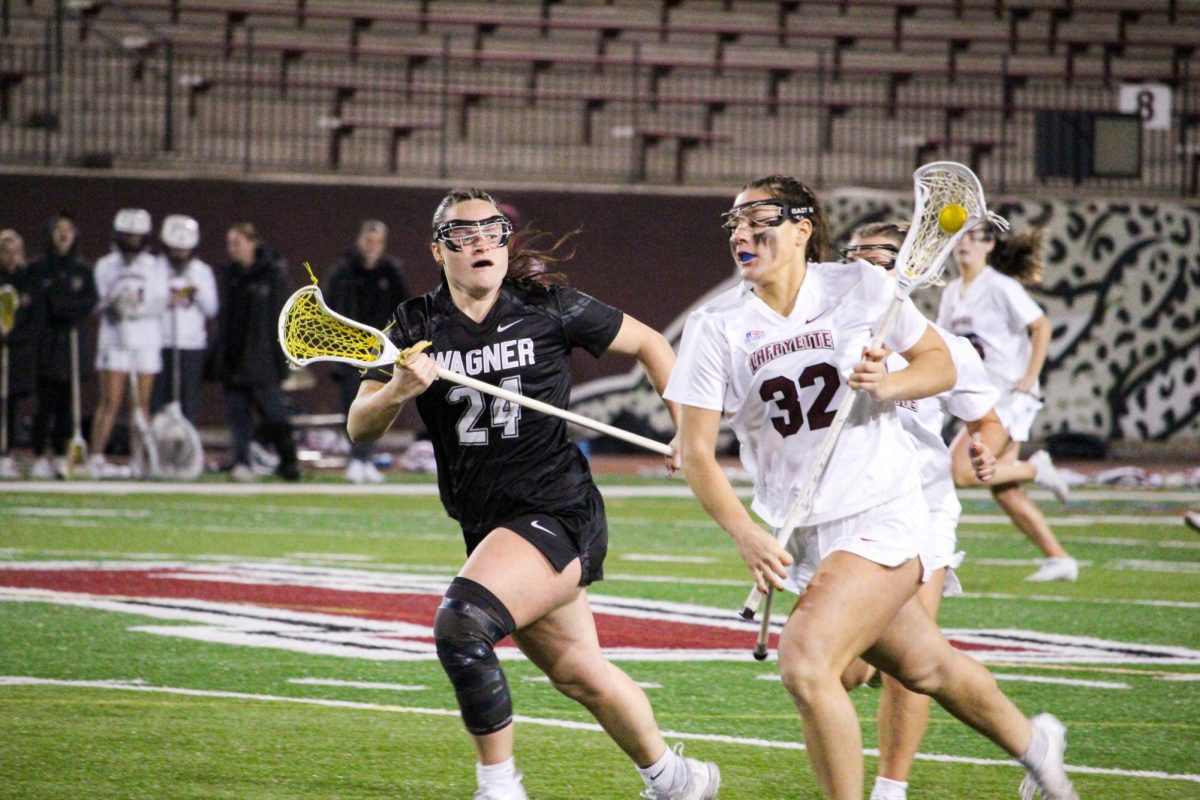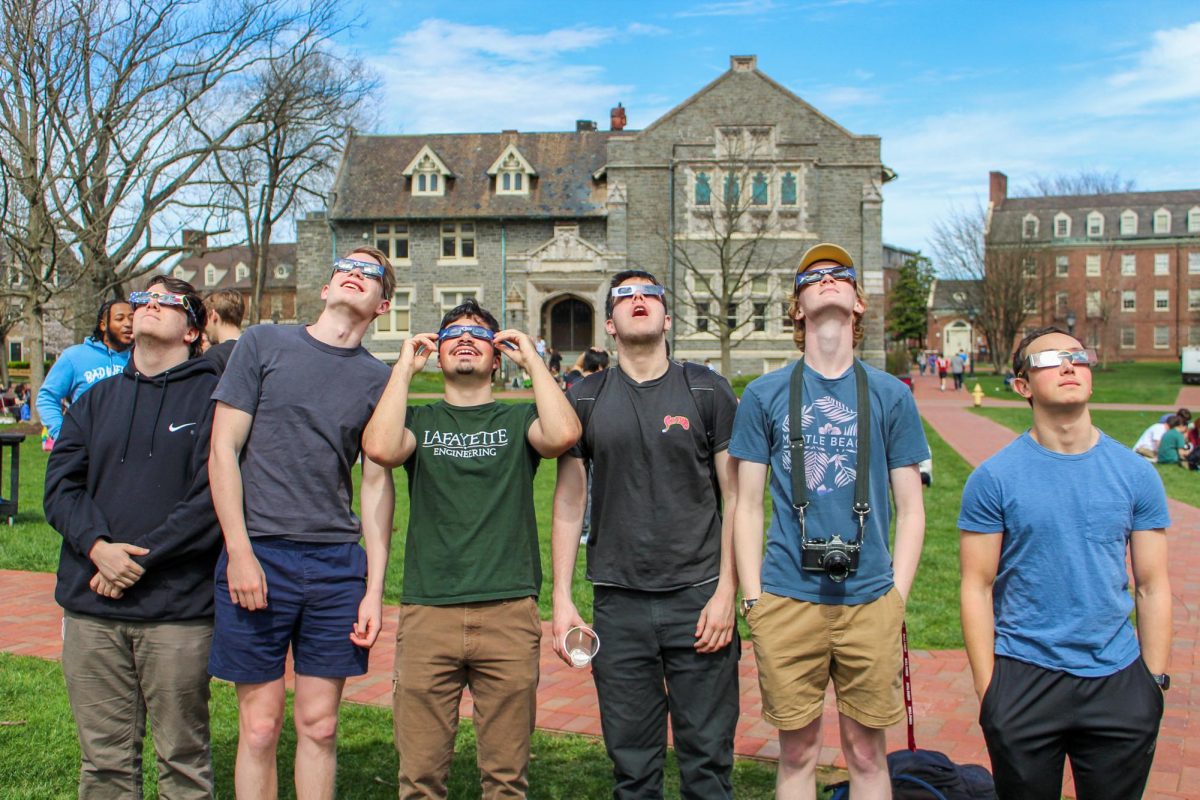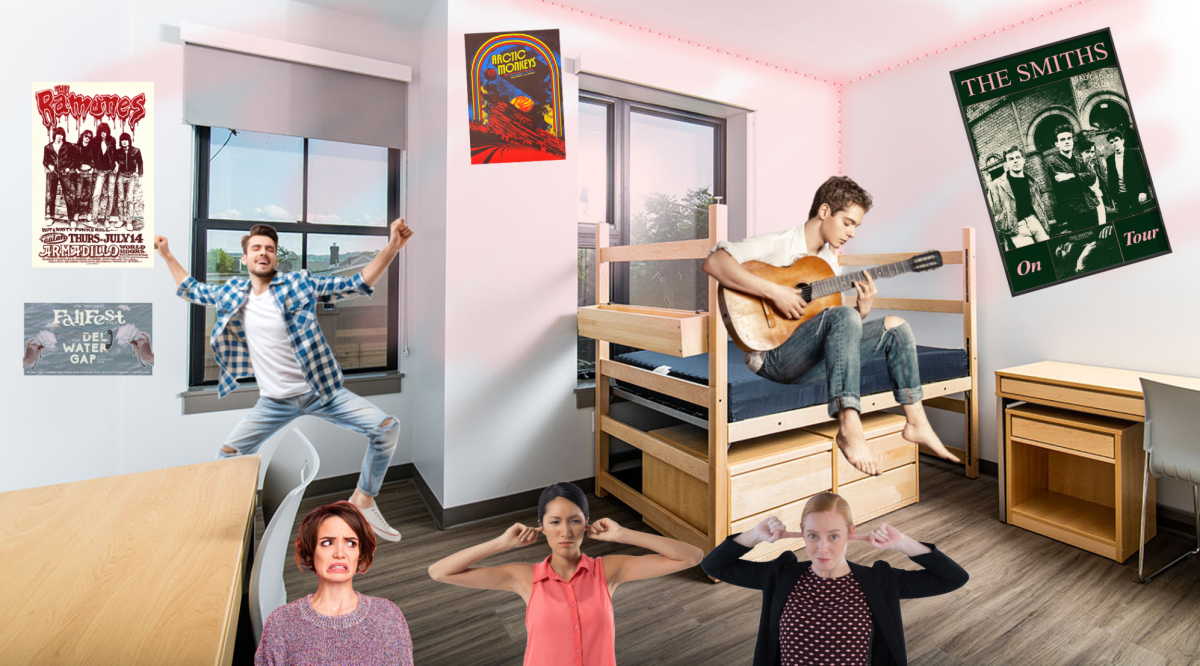By Rachel Robertson ‘18 and Samantha Yepez ‘18
Collaborative Writers
A faculty group examined new ways to foster innovation in teaching methods by exploring different ways for students to learn and the use of technology in the classroom.
A group of faculty members recently reviewed the strength of teaching at Lafayette and proposed ways to encourage professors to form innovative teaching methods and incorporate more technology in the classroom.
The recommendations by the task force included possible ways in which a culture can be created so education at Lafayette can be updated and changed to be most effective. Within the report, the task force stressed that these recommendations are “guidelines and not motions.”
Some of the recommendations included a summer workshop for professors with a focus on technology use, increased support for new teaching methods, and a 4-4-1 course requirement that would require students to participate in at least one credit-bearing interim program during their four years at Lafayette.
“I appreciated their comments about the importance of giving faculty the confidence to be risk- takers,” Byerly said. “I recognize that there’s a lot in just the bureaucracy of institutions like ourselves that can sometimes make it hard for people to want to do things differently.”
The Task Force on Curricular Innovation and Technology is one of three groups created by President Alison Byerly when she came into office to provide community feedback on some current issues at Lafayette.
“Recognizing that we were going to be moving into a capital campaign [and] that we had a lot of things that we were thinking about, I wanted a chance for really substantive community discussion of several issues,” Byerly said. “One of them was curricular innovation,”
The task force consisted of eleven faculty members, from the administrative staff and the Provost office, who were chosen by Byerly, according to Chair of the Task Force on Curricular Innovation and Technology Lawrence Malinconico.
“As the chair, my responsibilities were to listen to everybody, encourage discussion, to set agendas for meetings, and then help focus our discussions,” Malinconico said. “There were so many cool things we were talking about that we couldn’t possibly cover everything that we wanted to.”
The curricular innovation task force released their preliminary report on May 7, 2014. The group focused on ways the college can create an environment to stimulate the use new teaching methods and the college’s present strong points in pedagogy.
“Throughout our conversations with each other, with our colleagues, and with our students, it has become amply clear that successful pedagogical innovation of various kinds is occurring at Lafayette College,” the group stated in their report.
The report cites experiential, blended, and service learning environments as examples of pedagogical innovation currently in use by Lafayette professors. Service learning is a teaching method by which students learn by absorbing knowledge from the world around them. Blended learning is a teaching method by which students learn outside of a classroom through supplemental exercises. Byerly expressed her appreciation for providing feedback on present curricular initiatives.
“I think that’s a really critical piece of the report,” Byerly said. “I would not want, in appointing that group, to suggest that I don’t think there’s already lots of great things happening in the curriculum or that the faculty needs to work harder being innovative.”
When looking at student preparedness, the task force also recommended that the college continue to support science, technology, engineering, mathematics (STEM)-based programs and provide additional resources to students in order to improve technological and academic skills.
“As educators, I think one of our primary roles is to find ways that we can help students learn how to access, evaluate and use all of the information that is available,” Malinconico said.
Another focus of the group’s report is the presence and role of technology in curricular innovation. The members said that while technology can be helpful, effective teaching methods do not require technology use.
In the greater context of current trends in higher education, Byerly felt that this was the appropriate time to seek the opinions of the Lafayette community.
“I think that with all of the changes taking place in higher education in general in thinking about new forms of pedagogy it just seemed like a good moment to invite the faculty to give that some thought,” Byerly said. “I like the fact that they talked about how we can create an environment that is really open to people developing and changing over time.”

